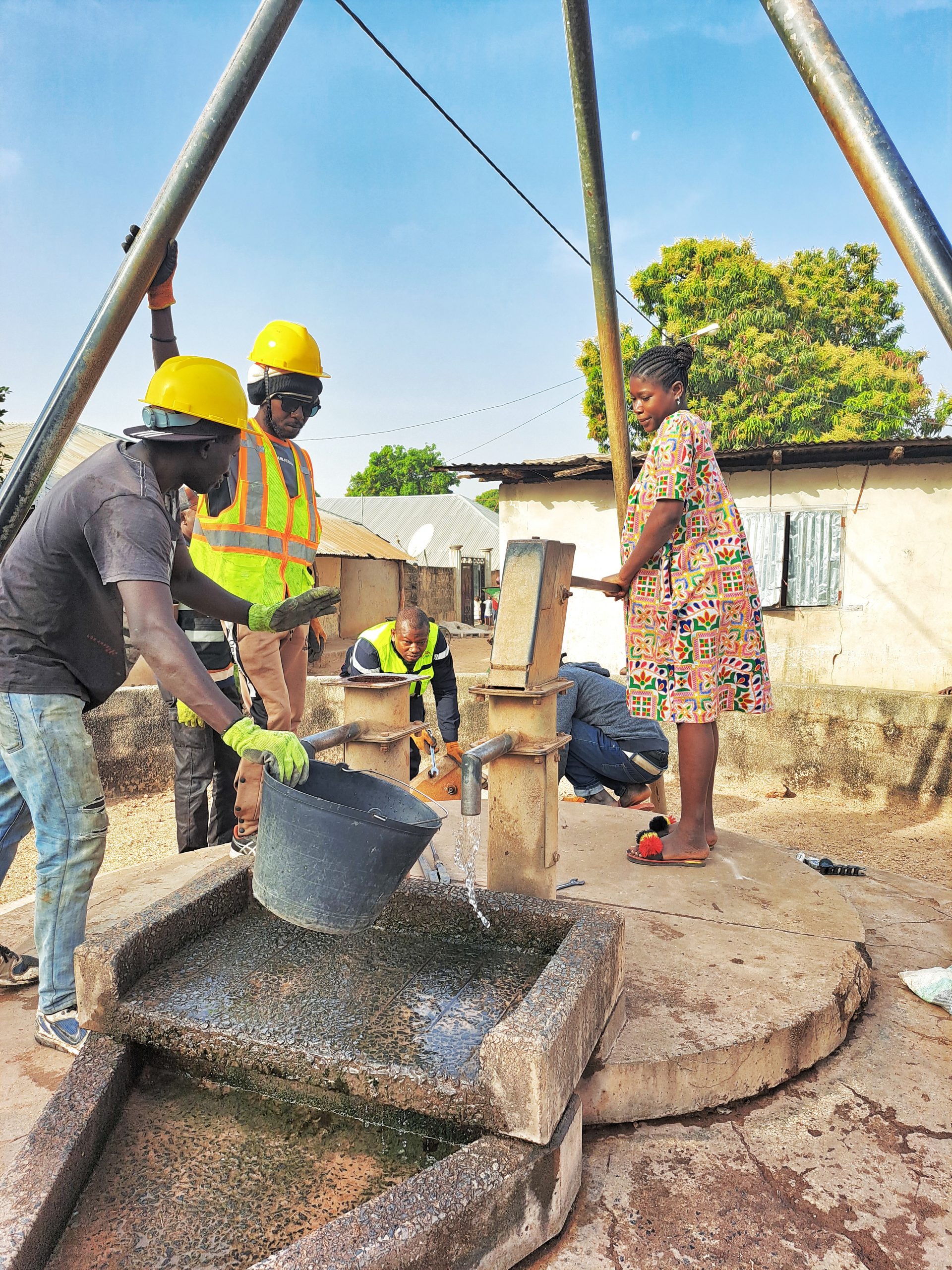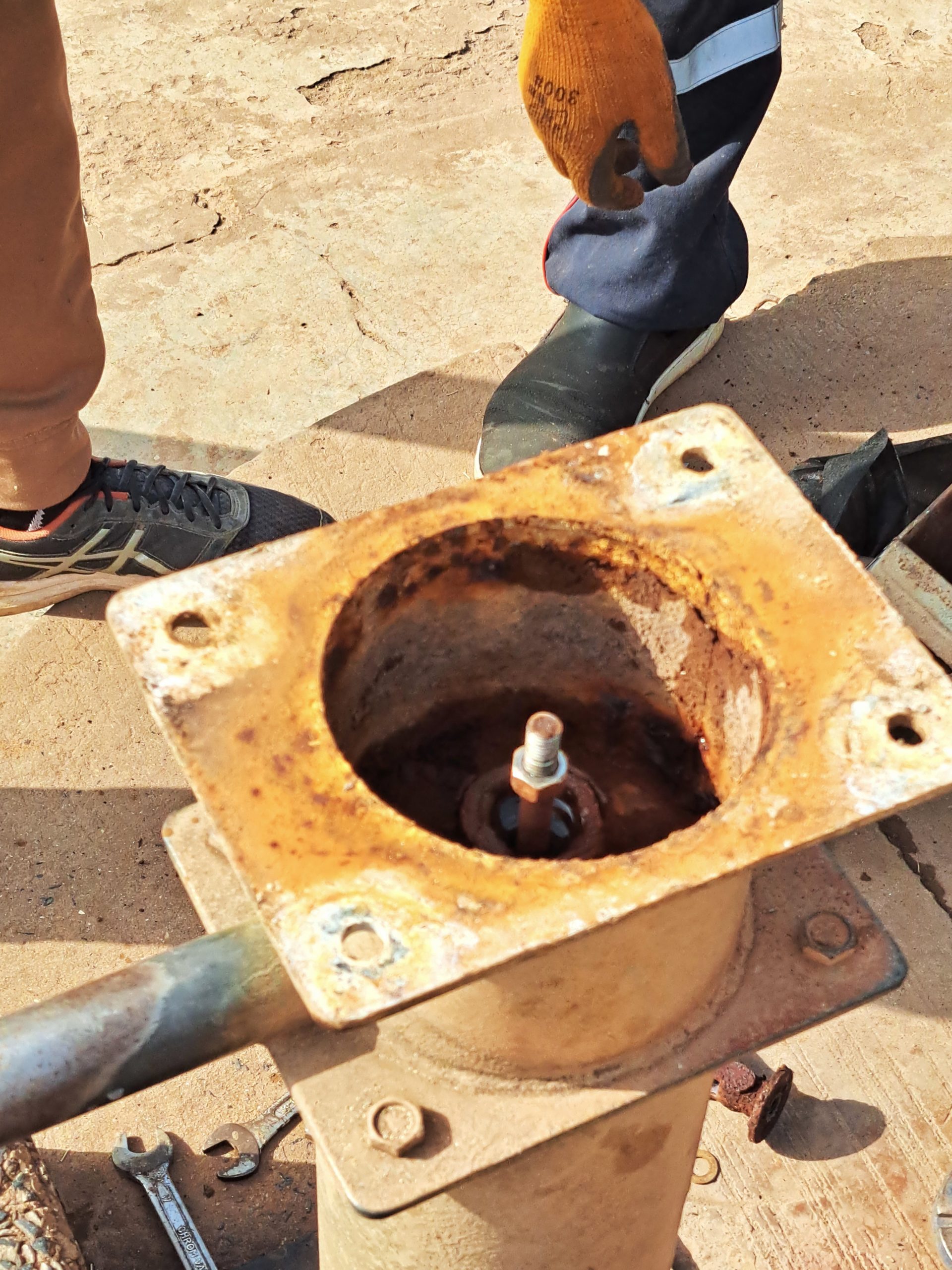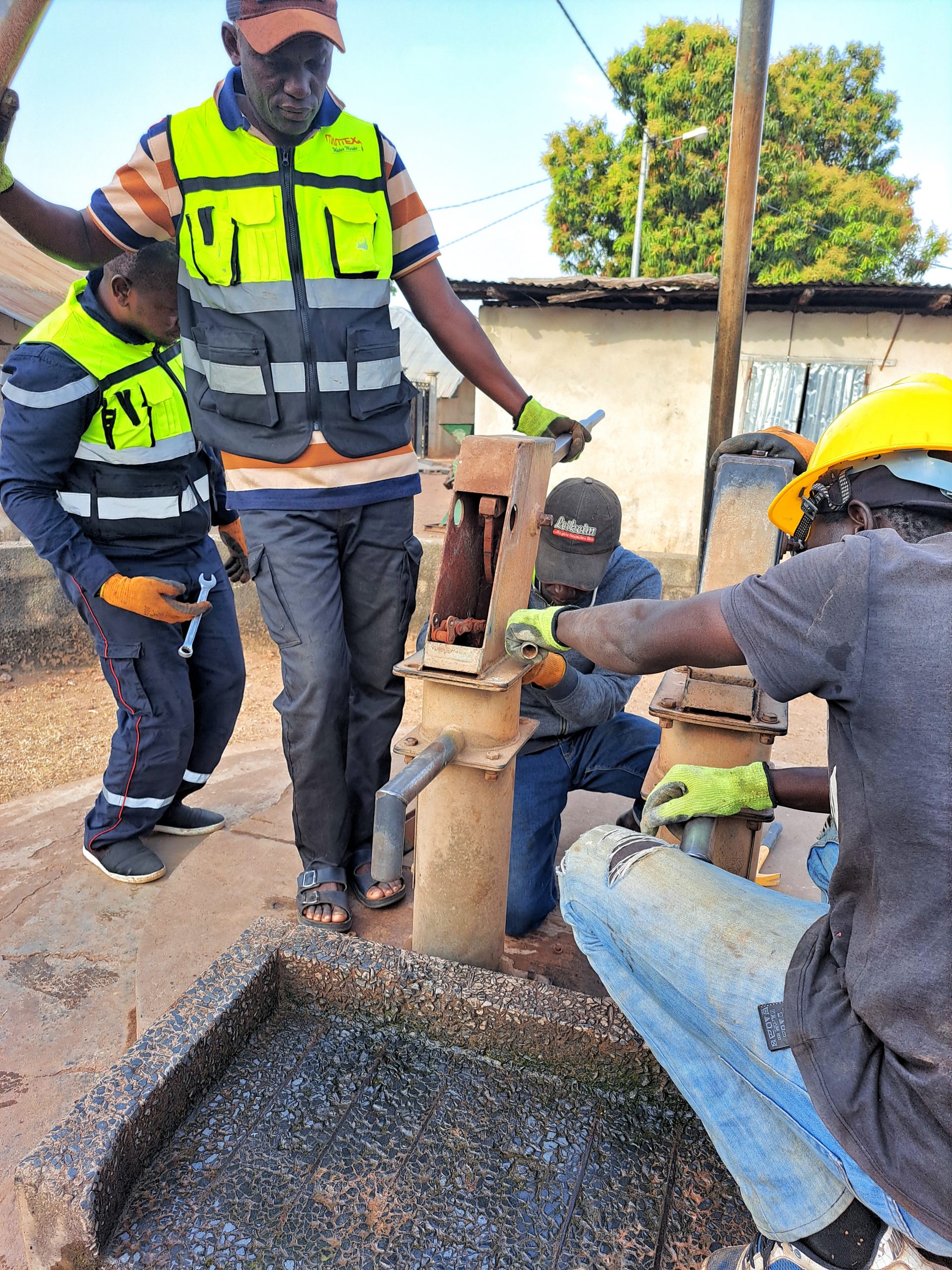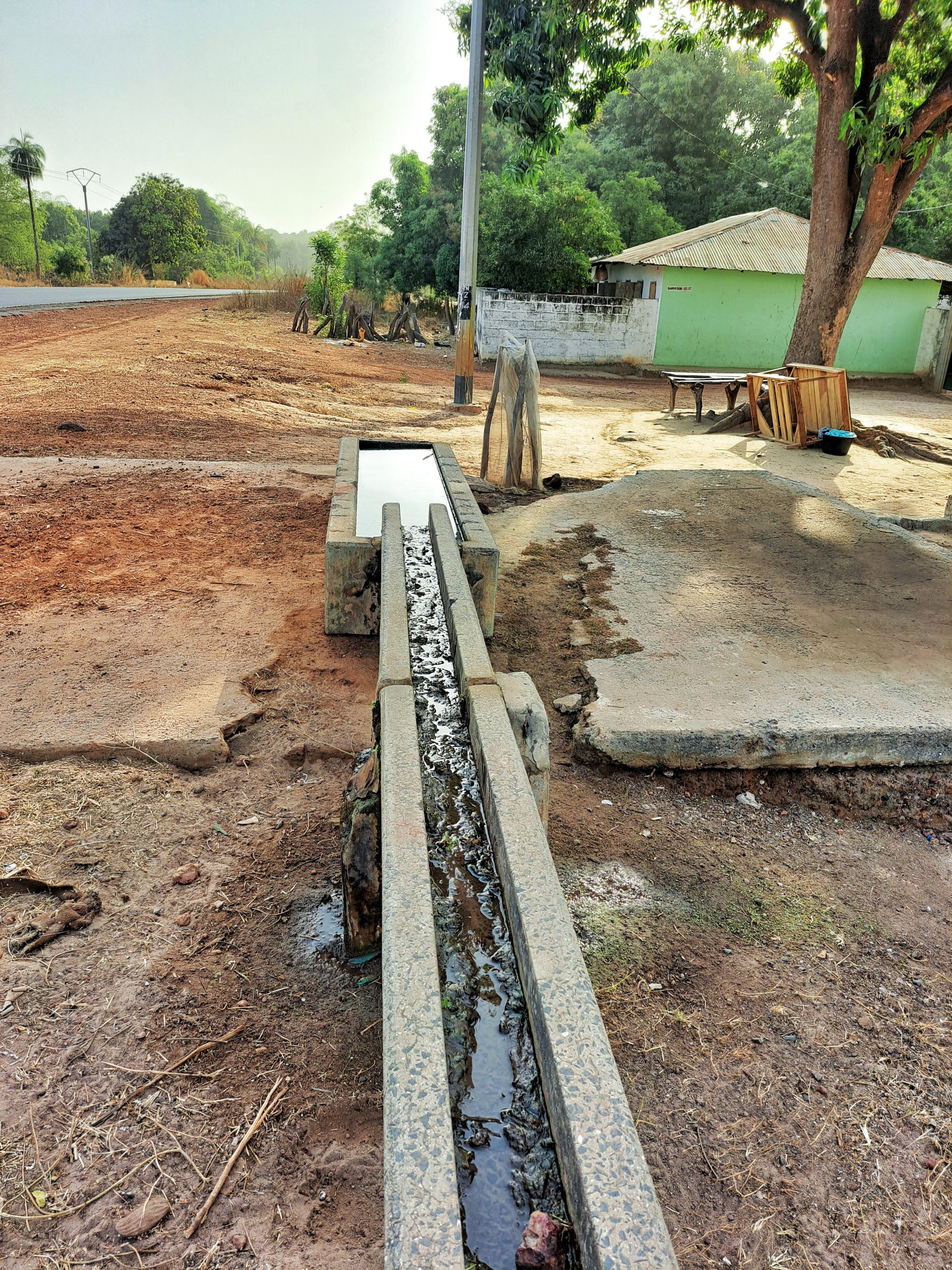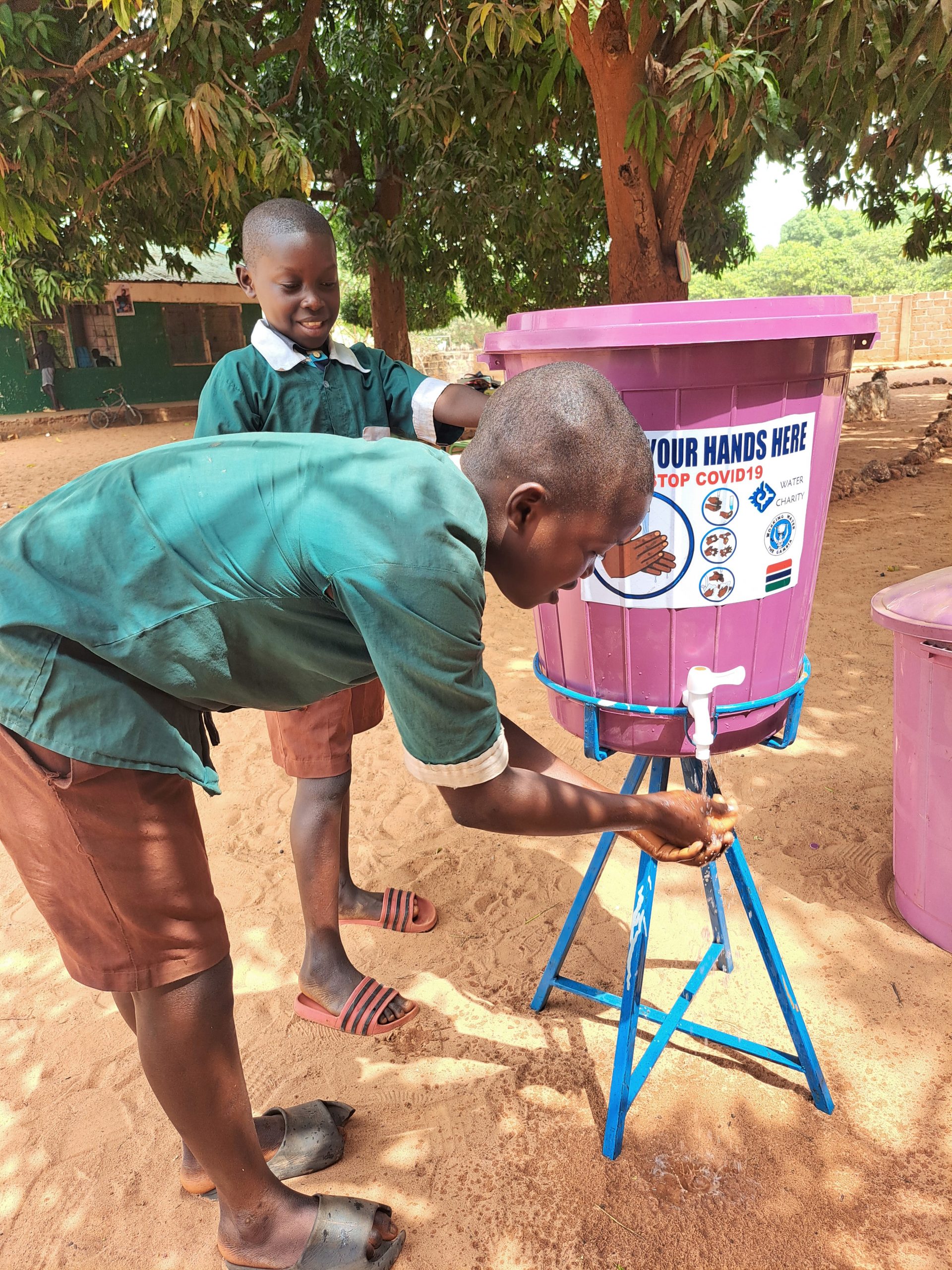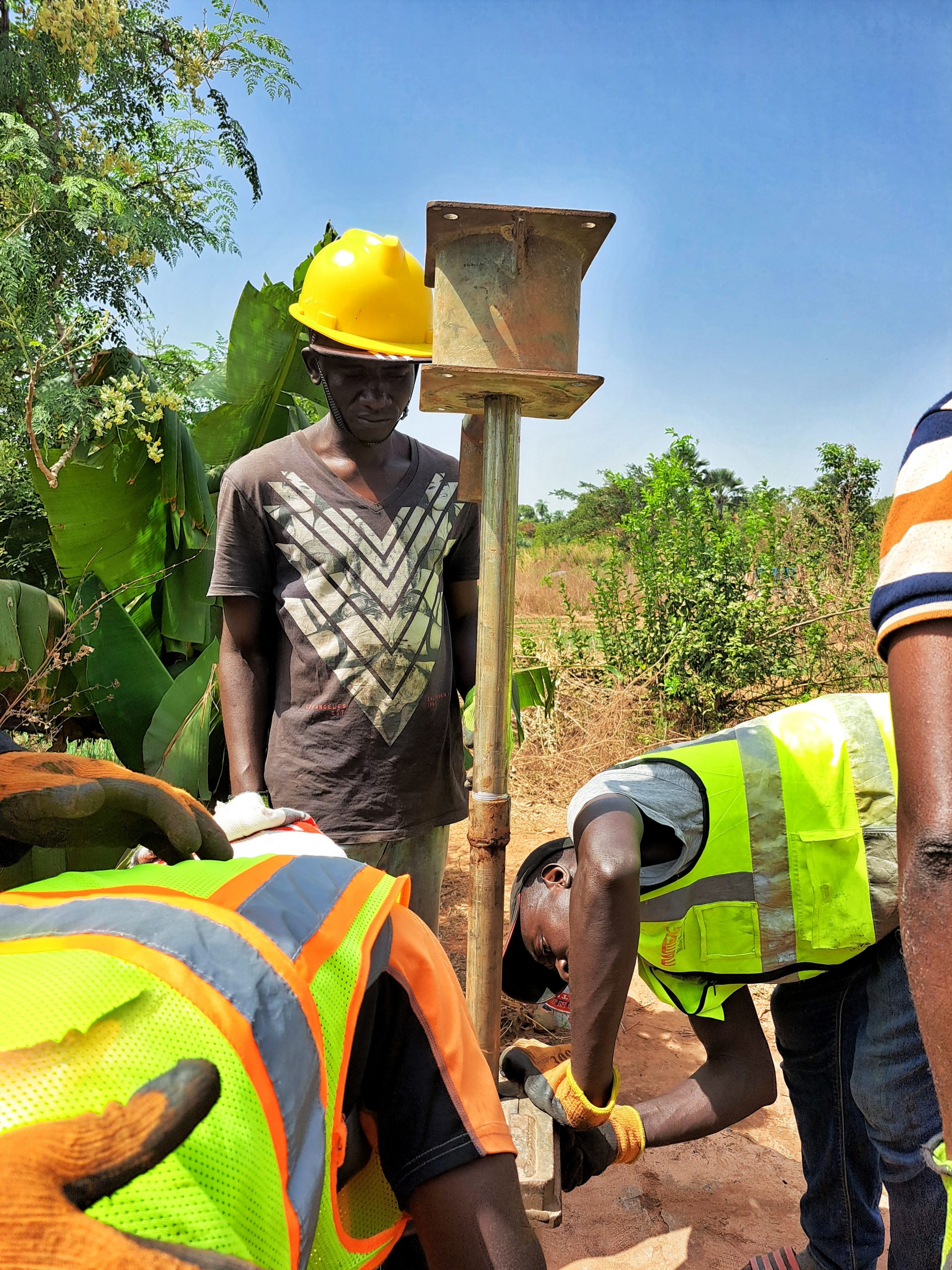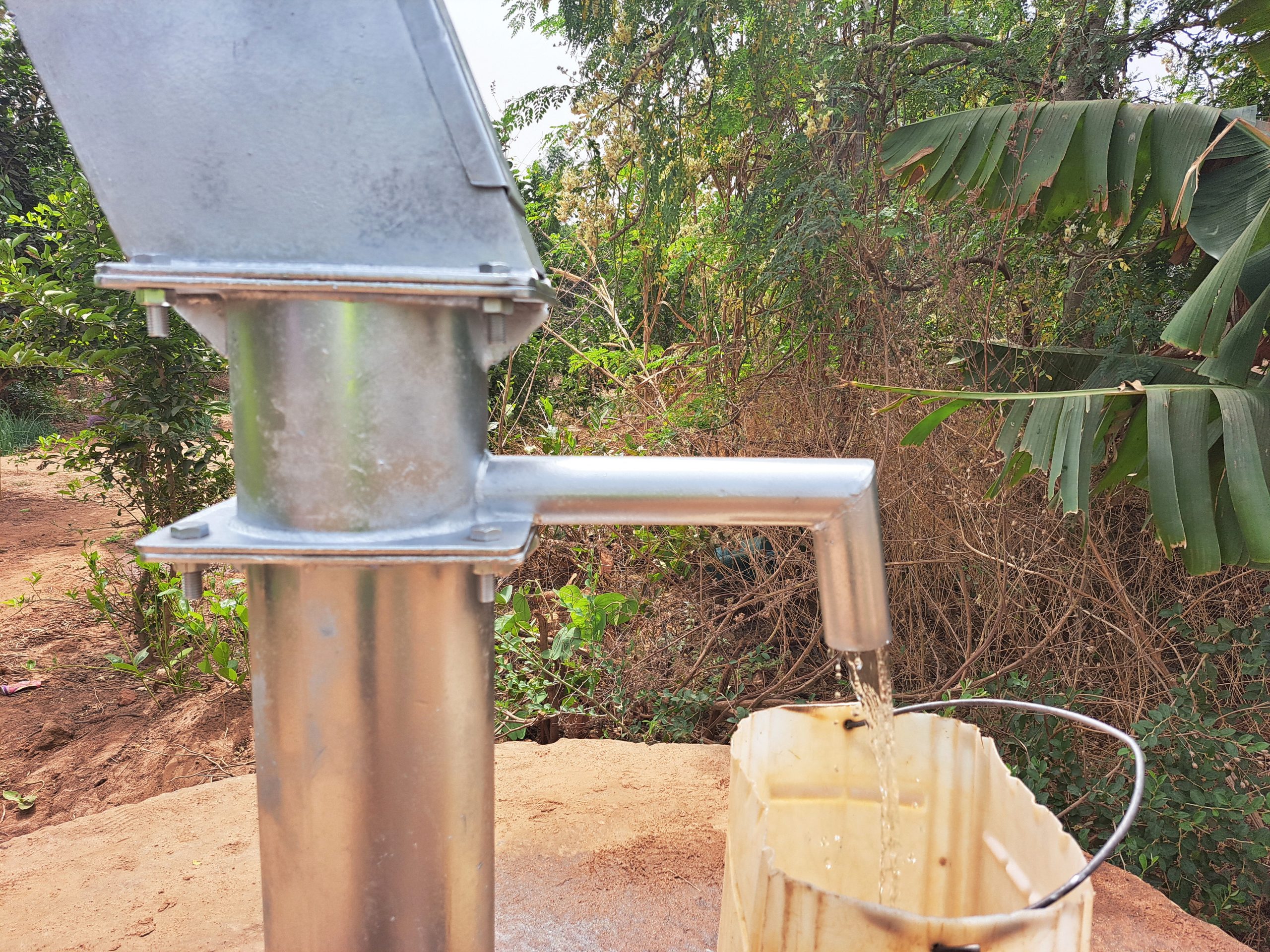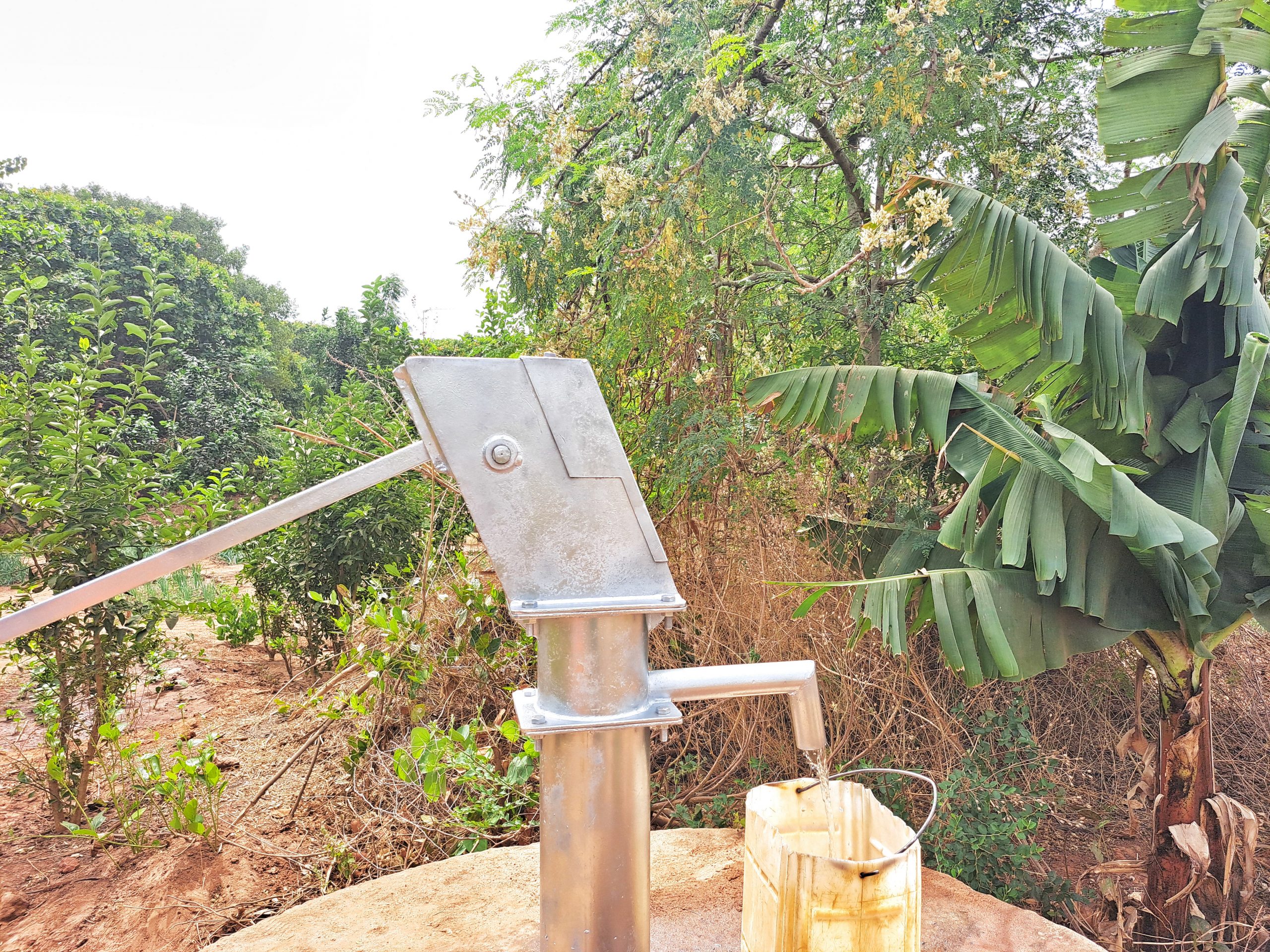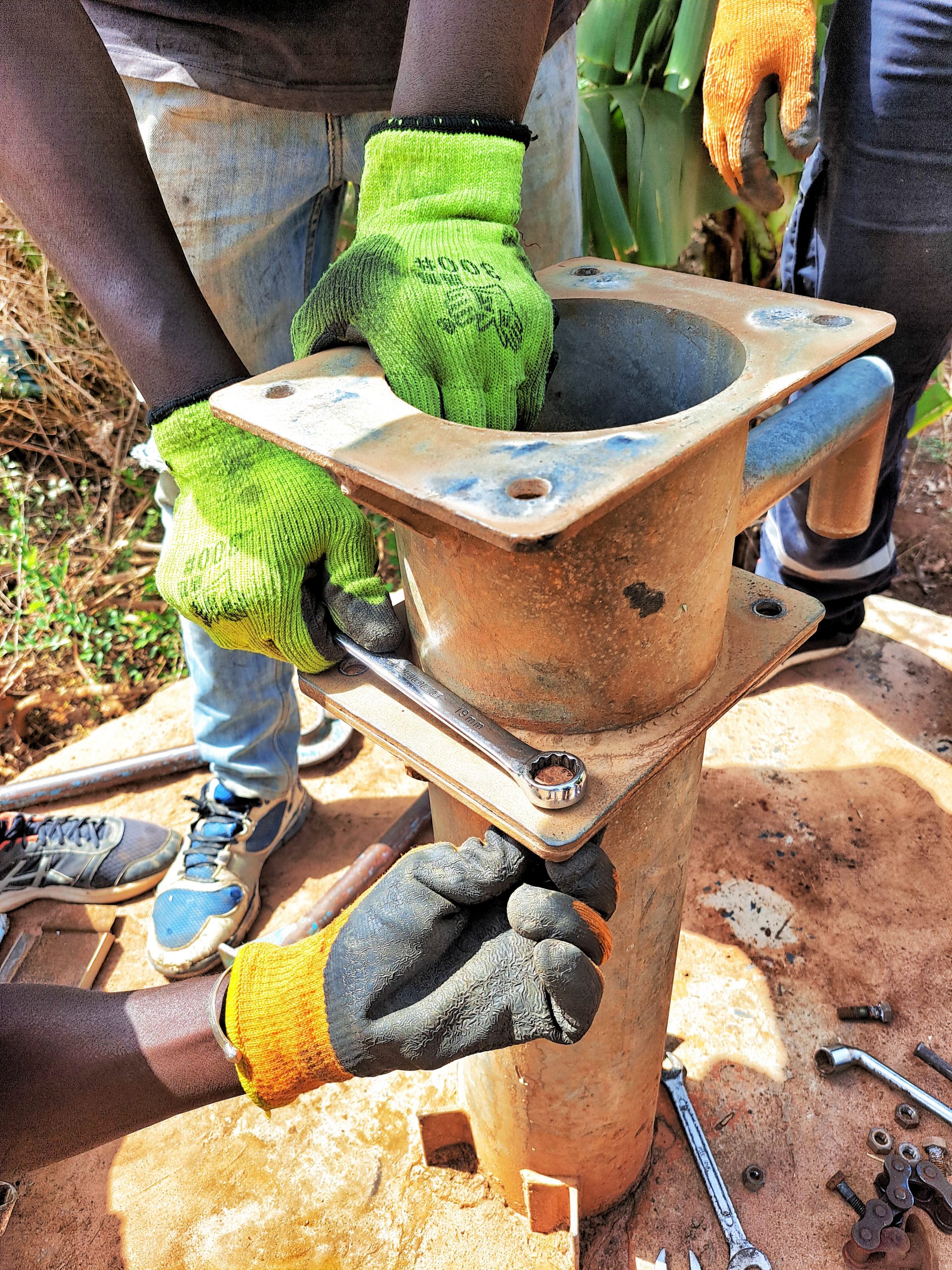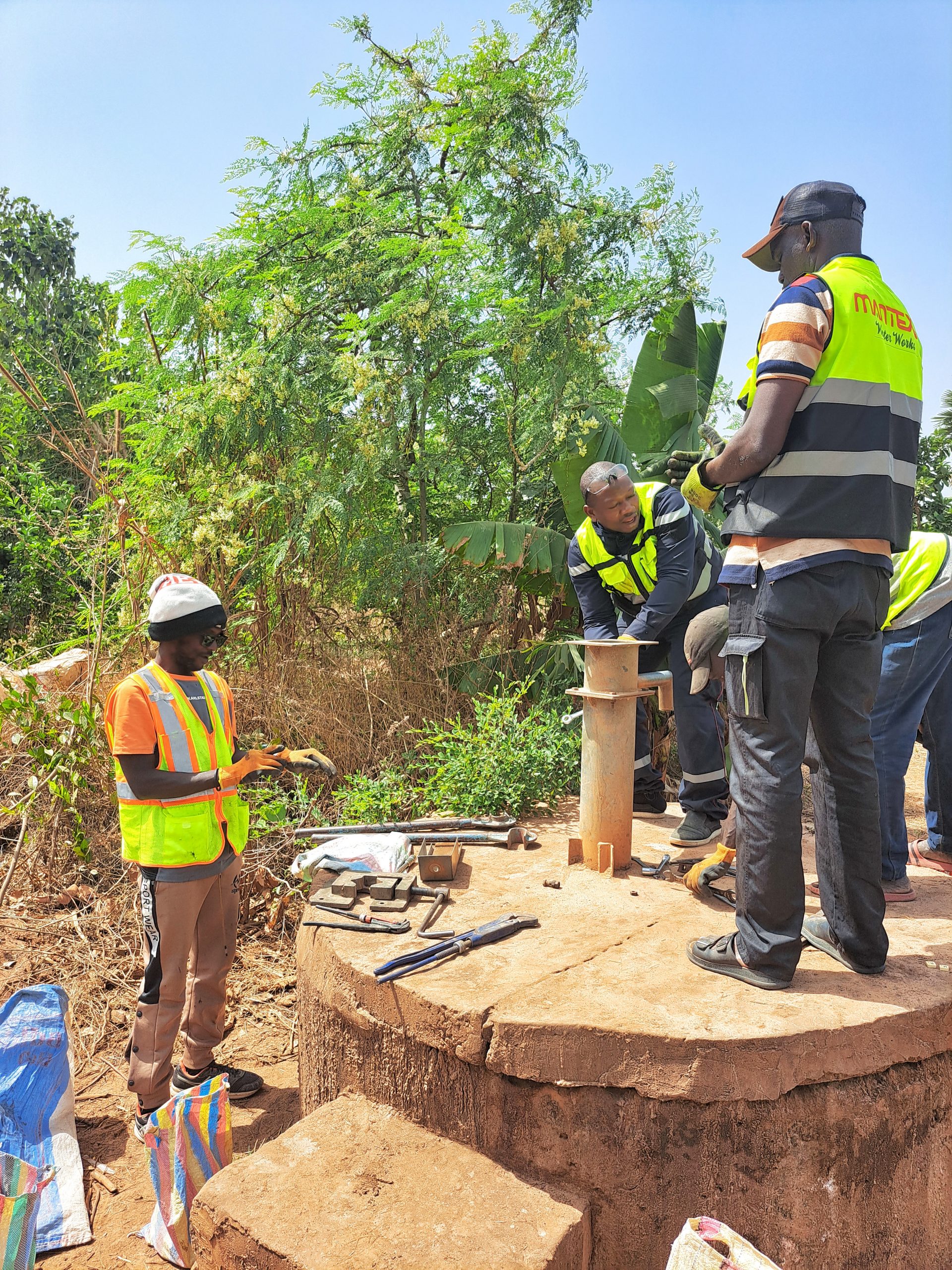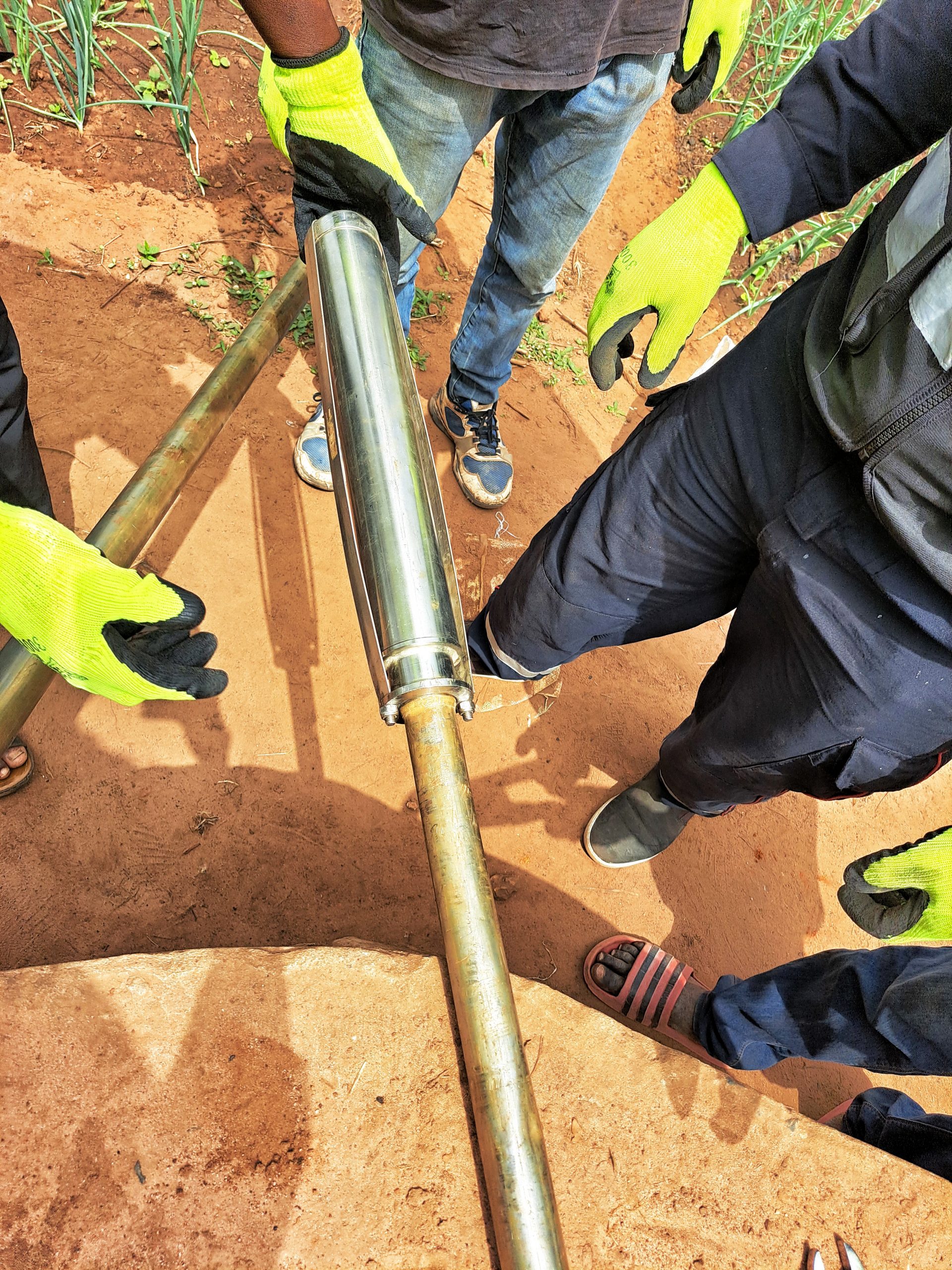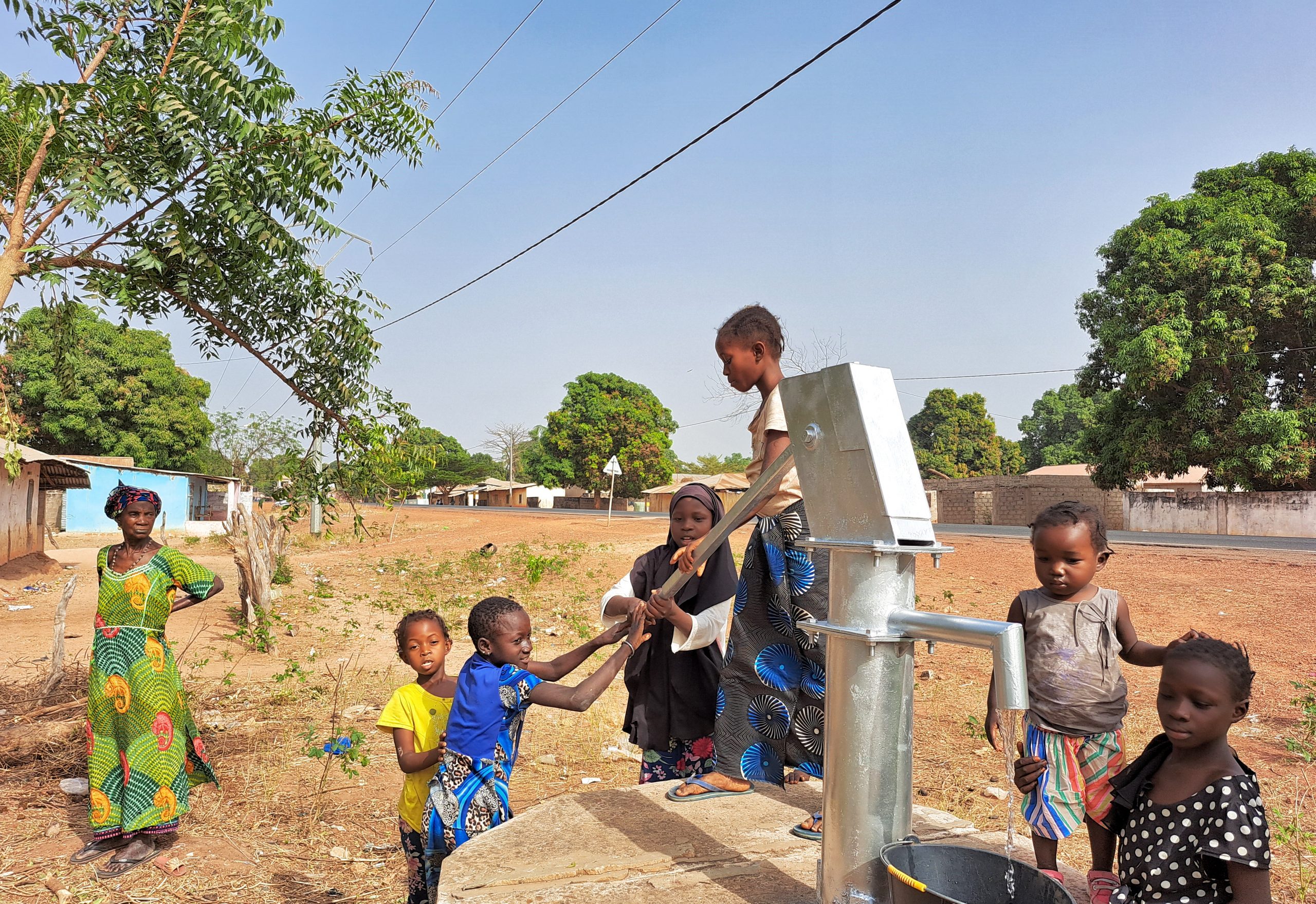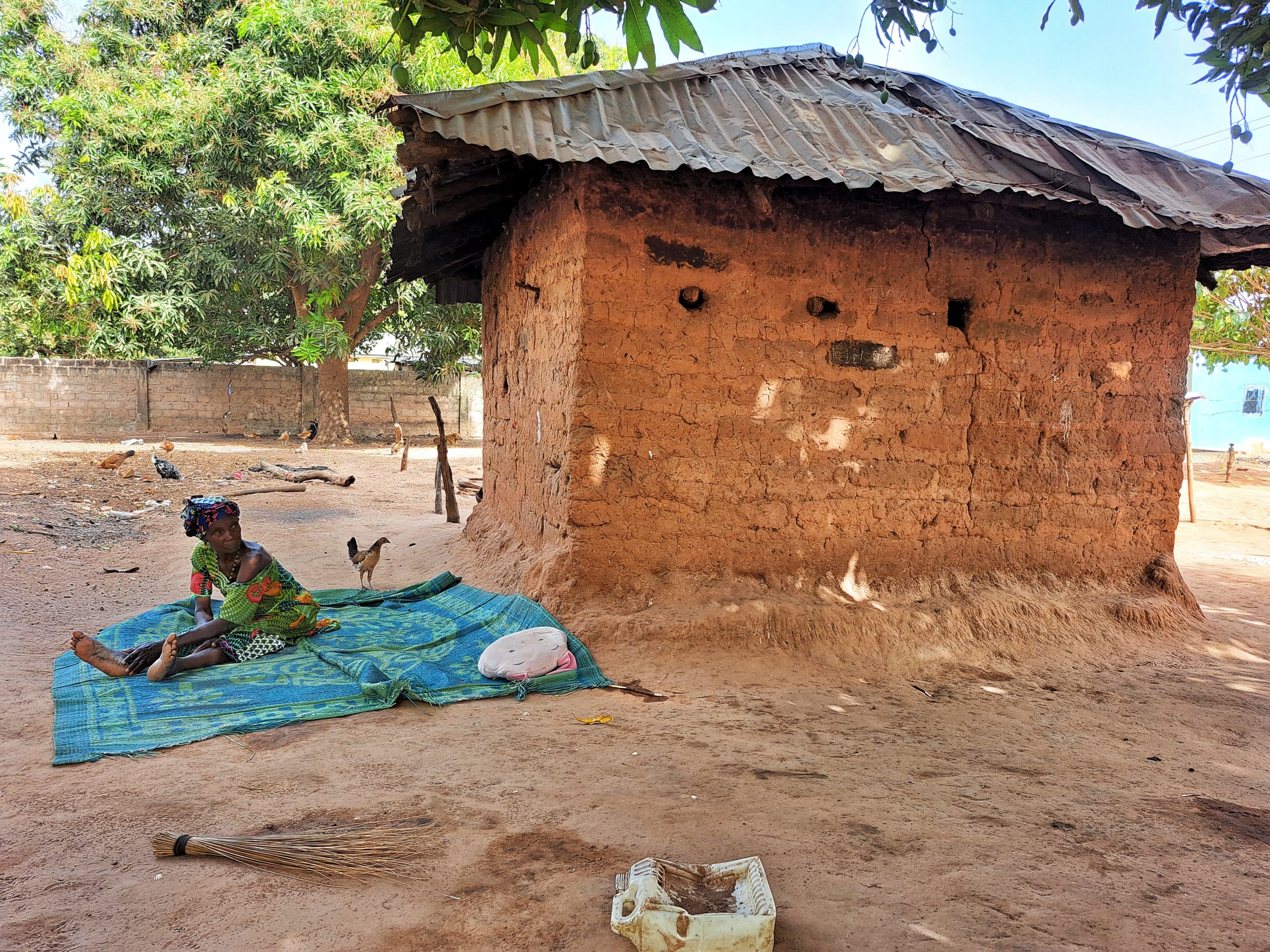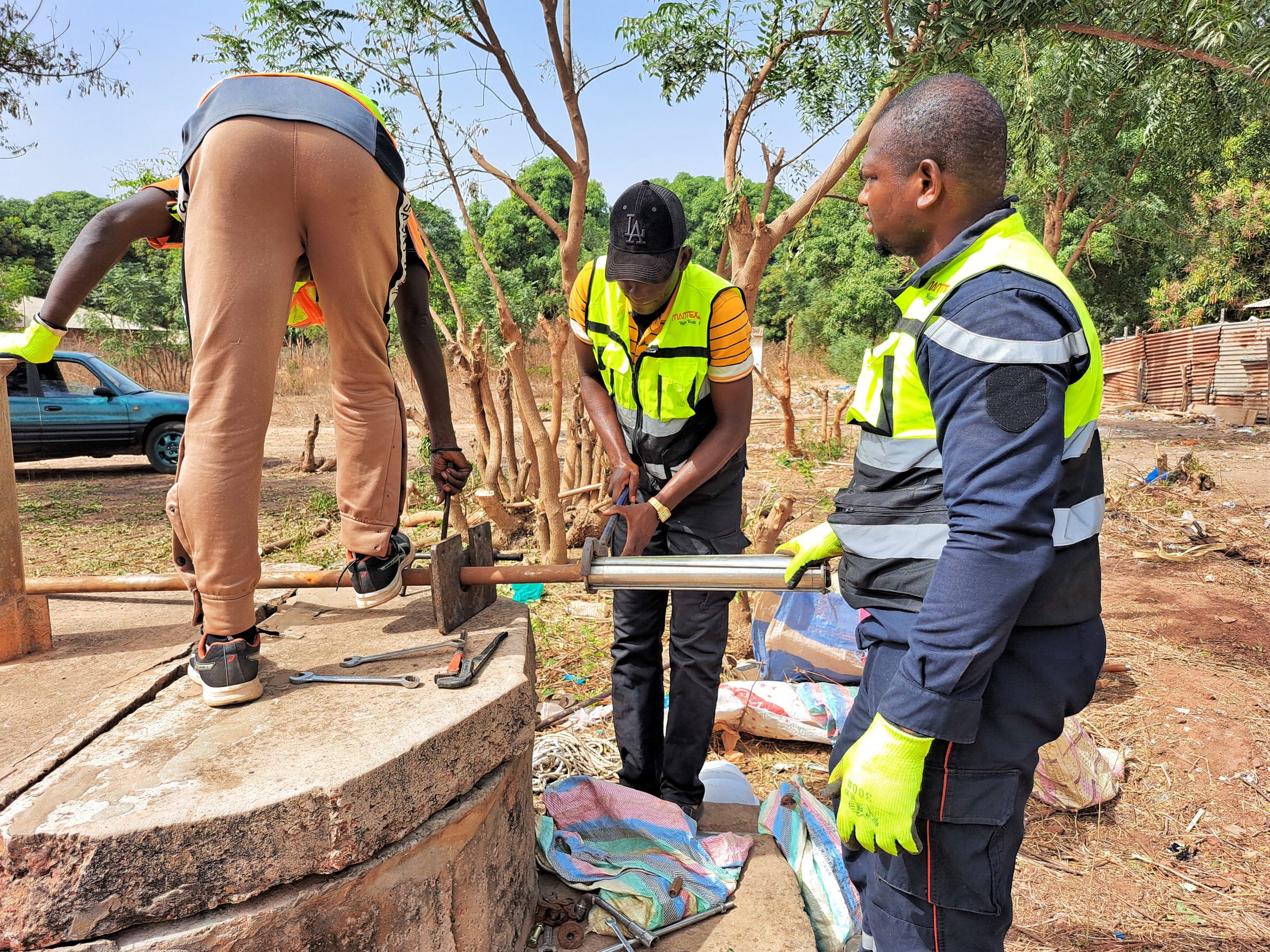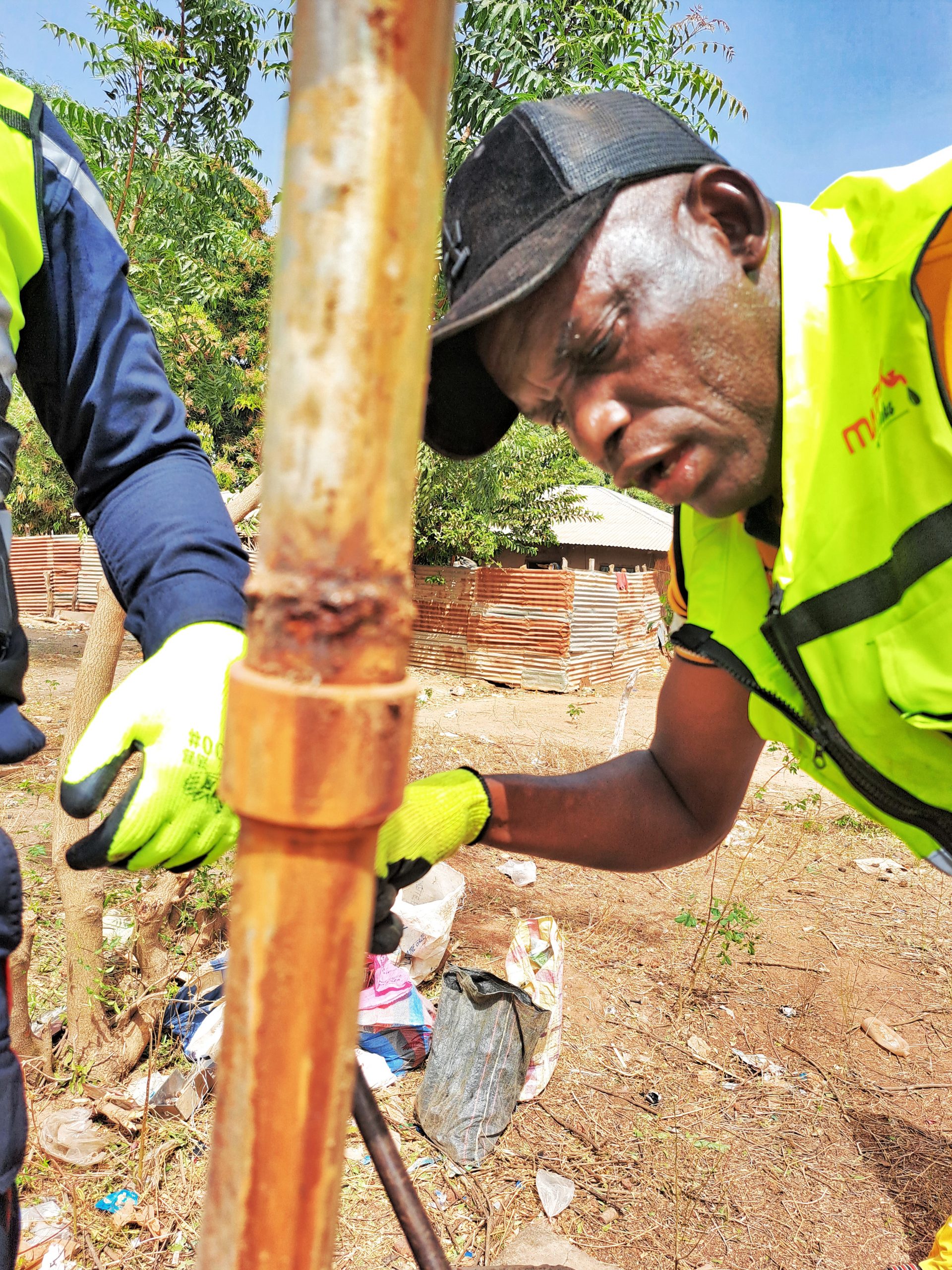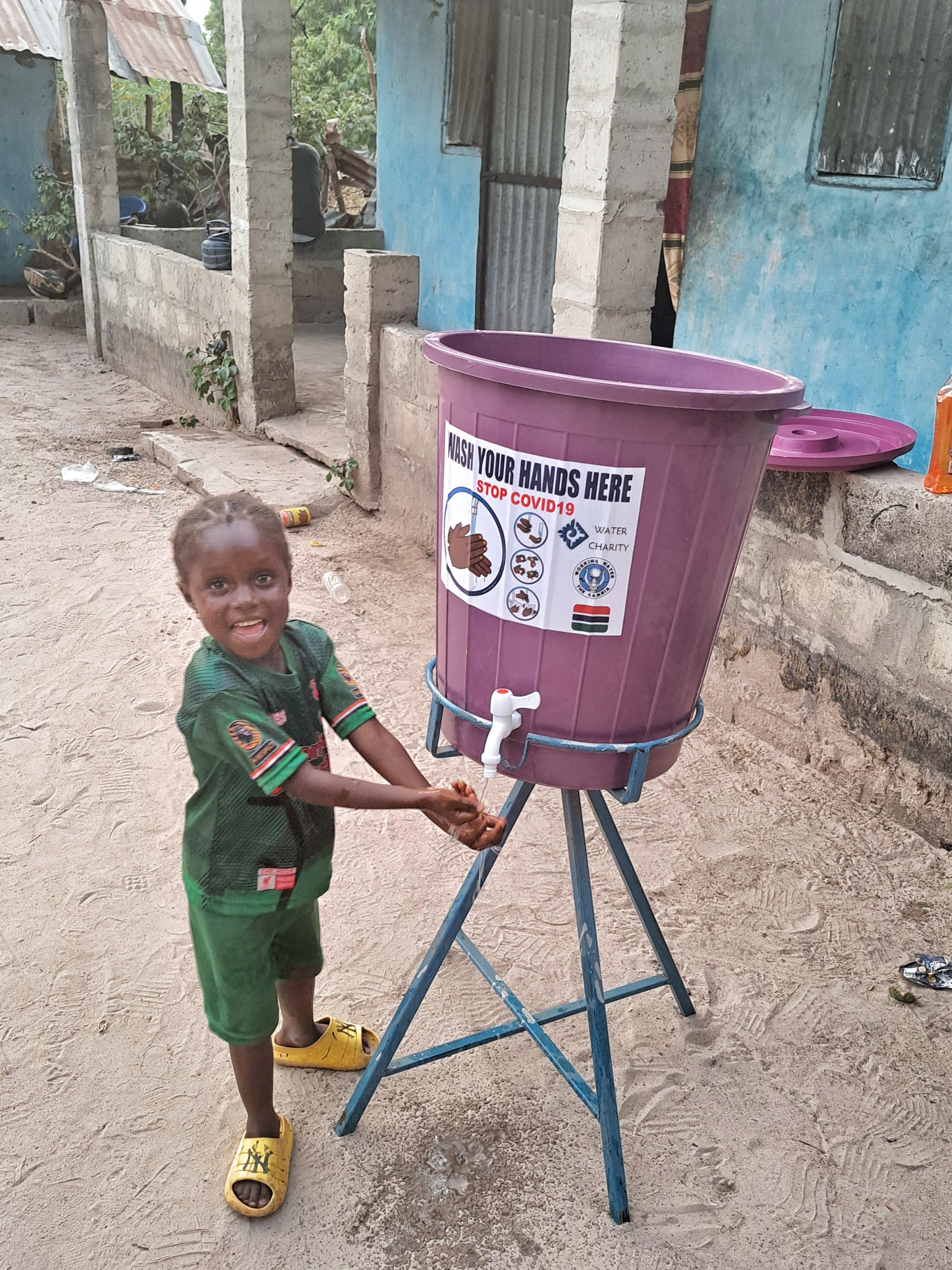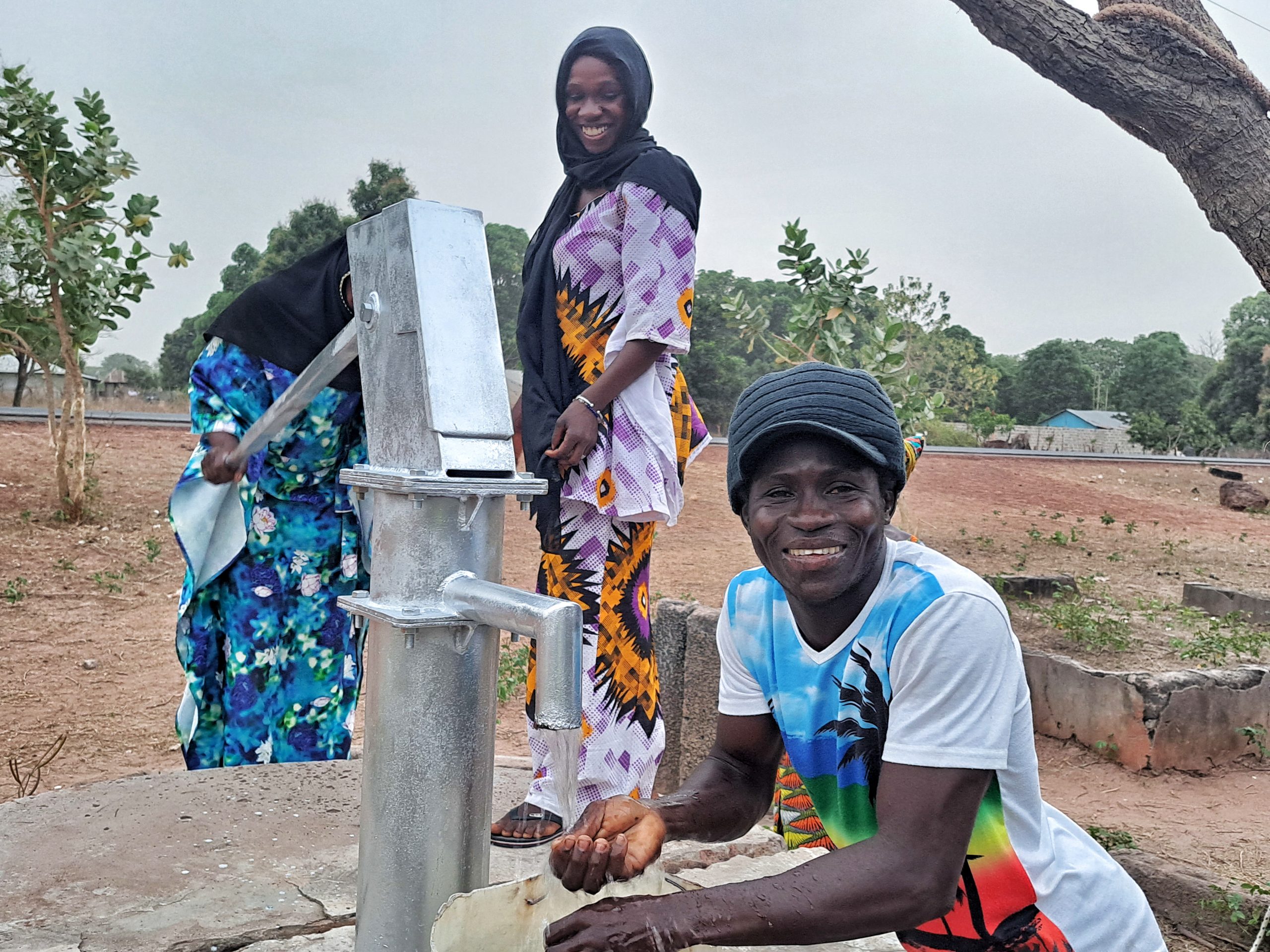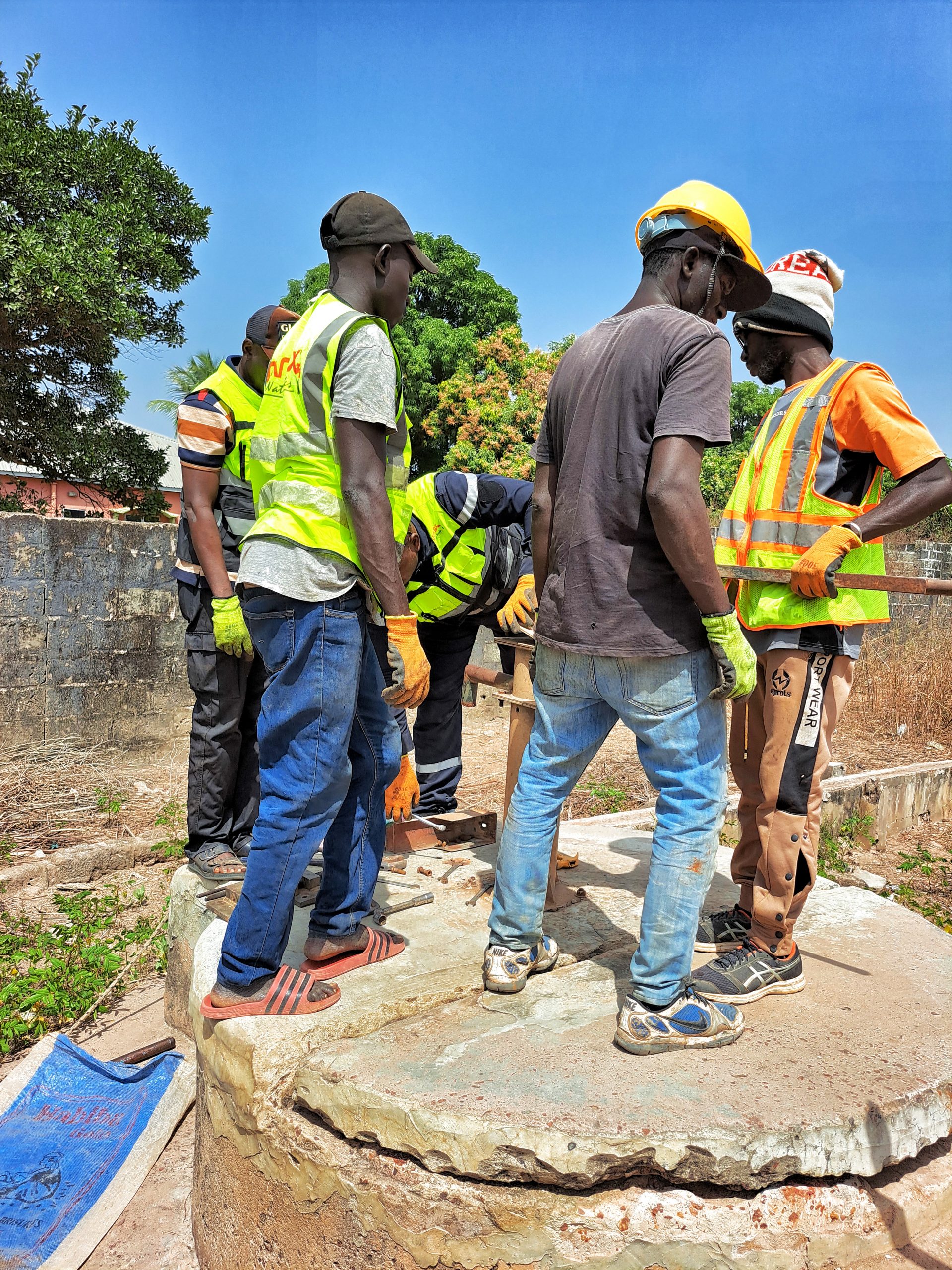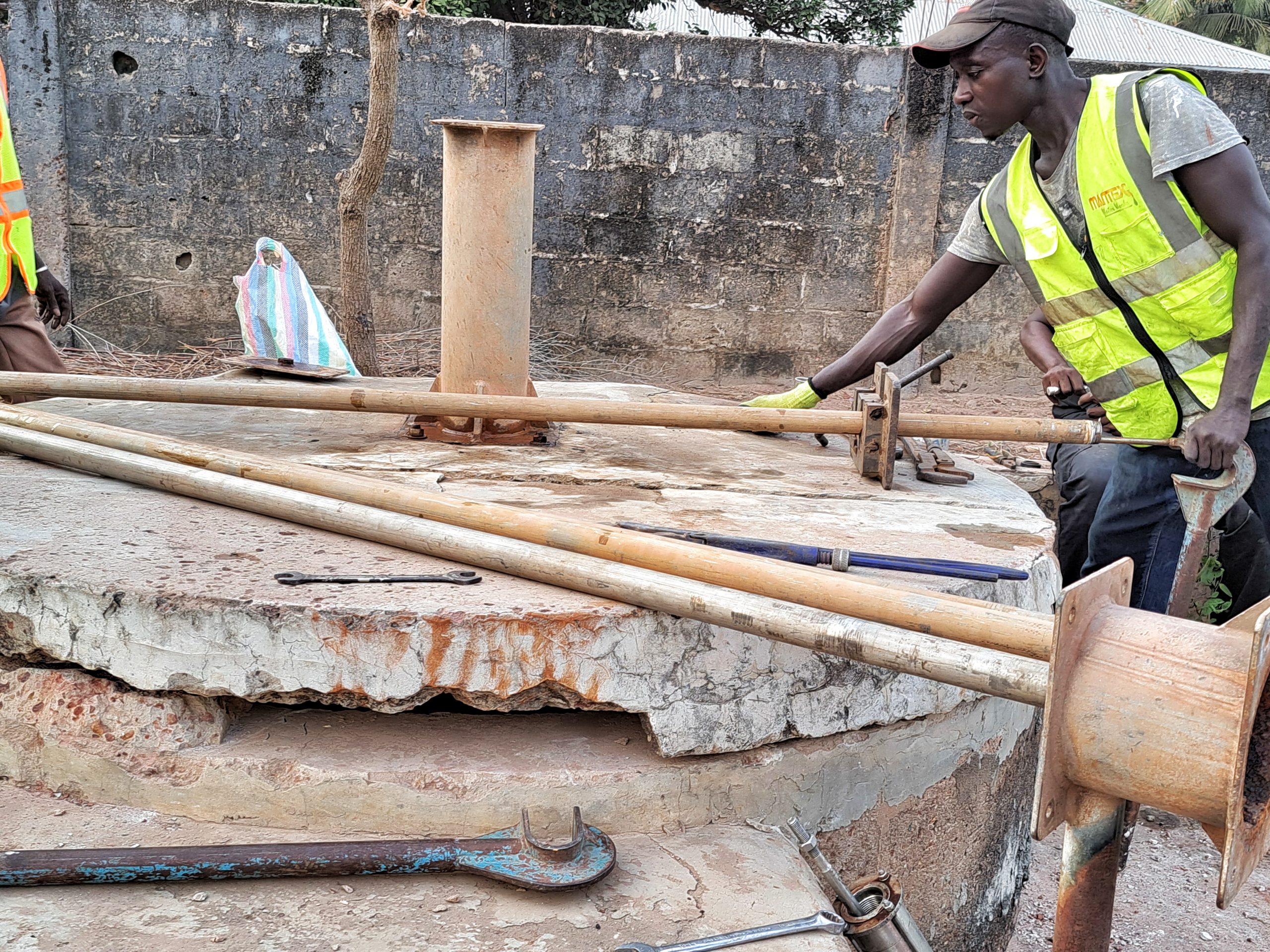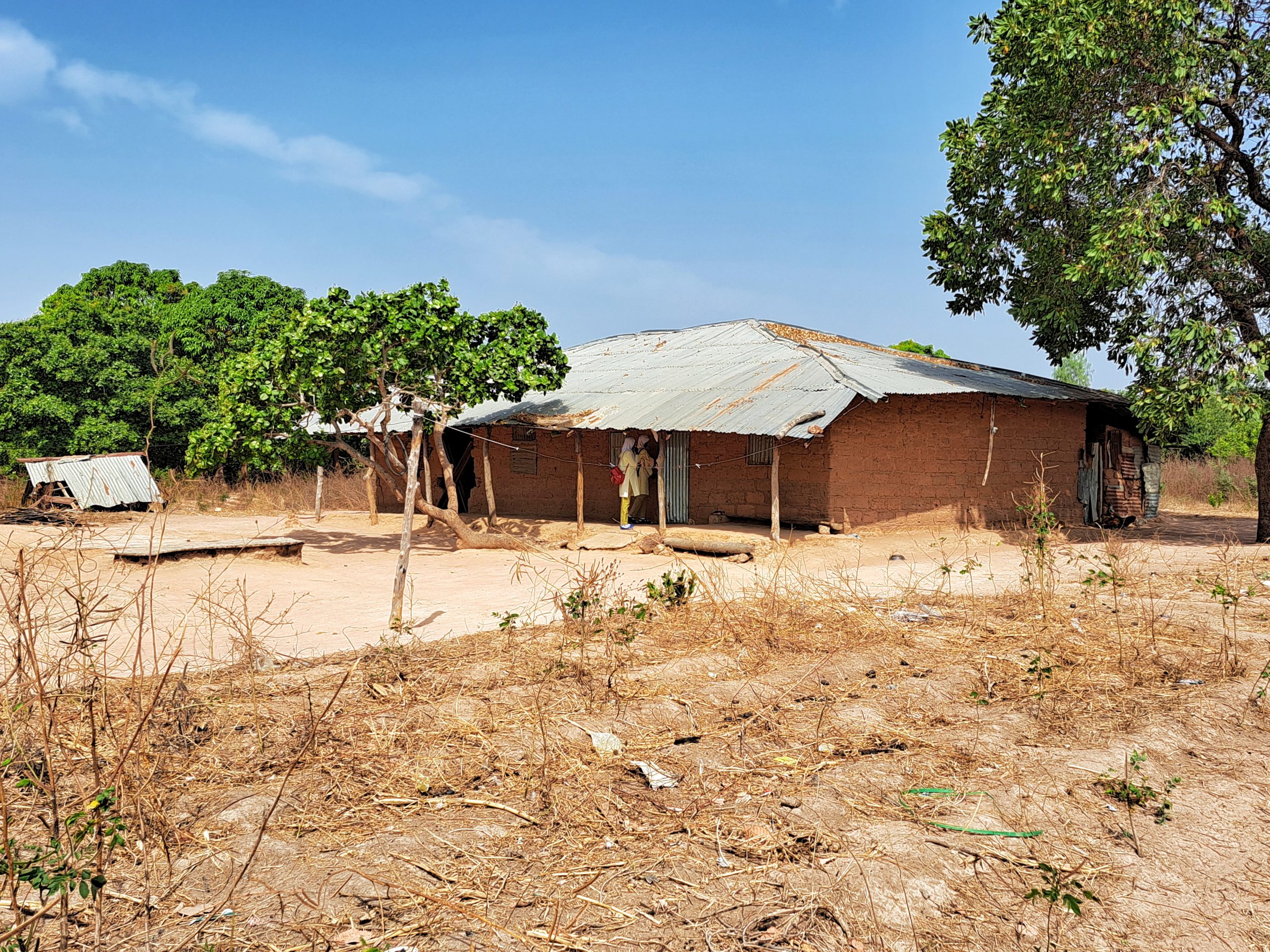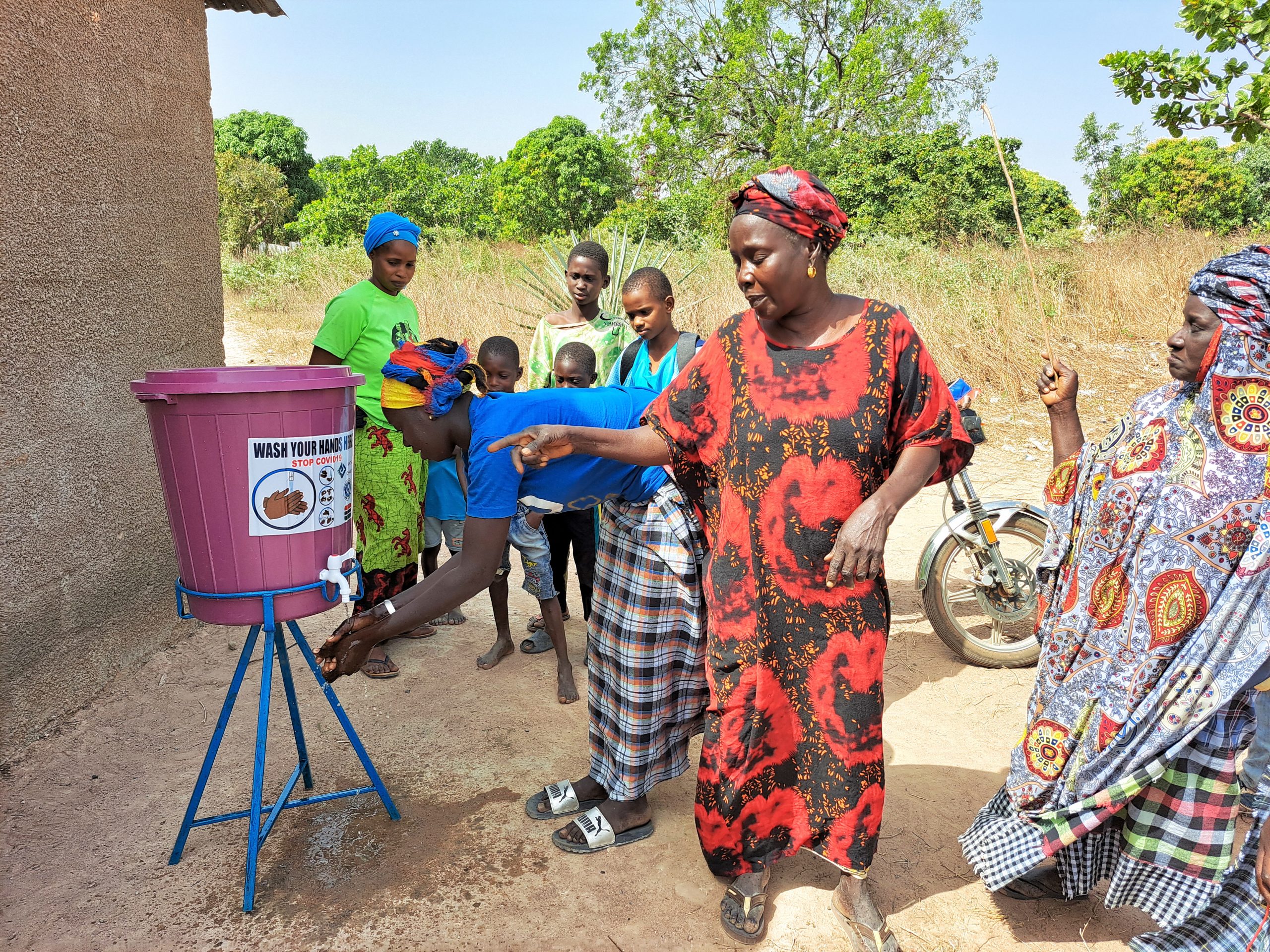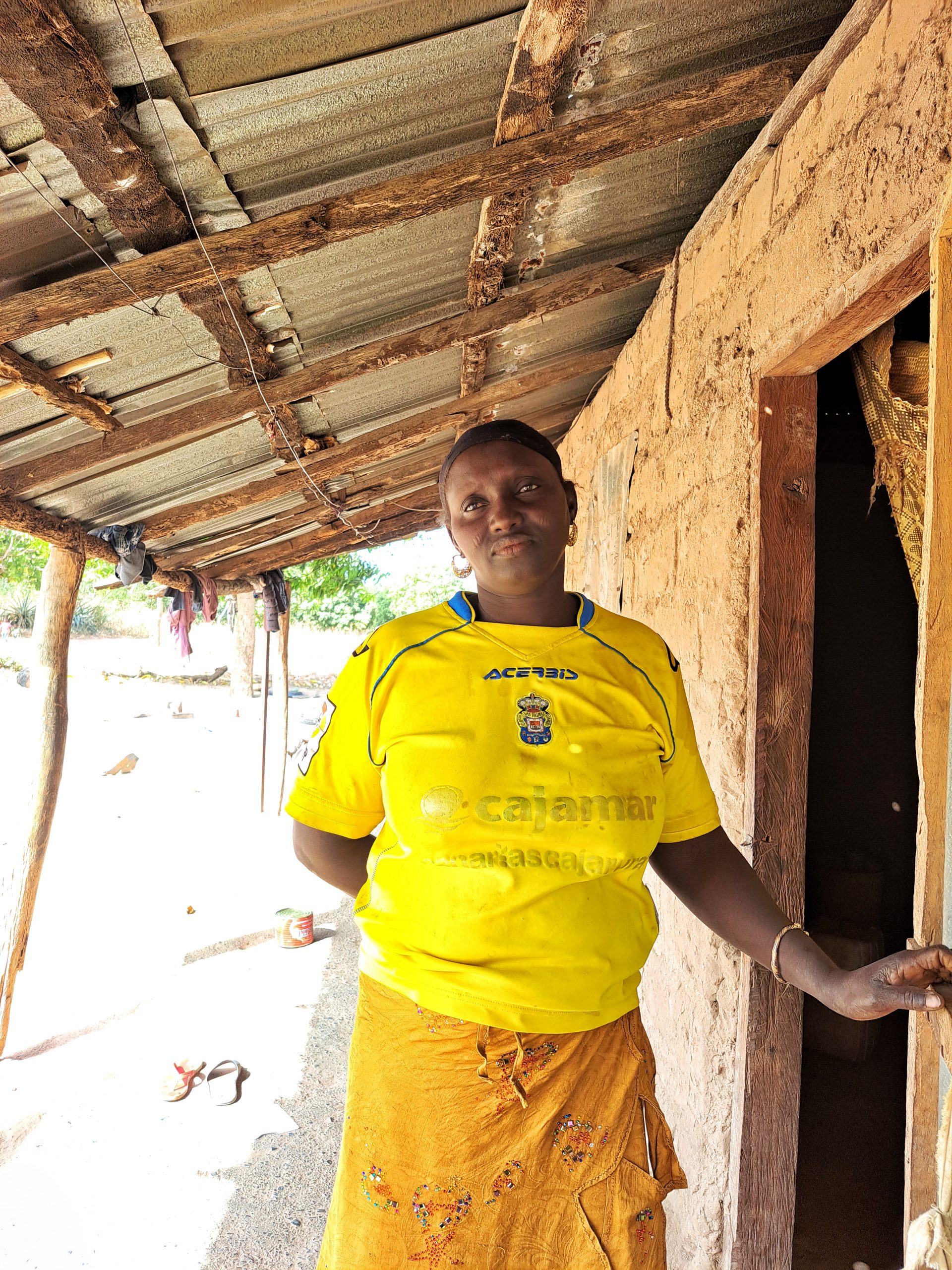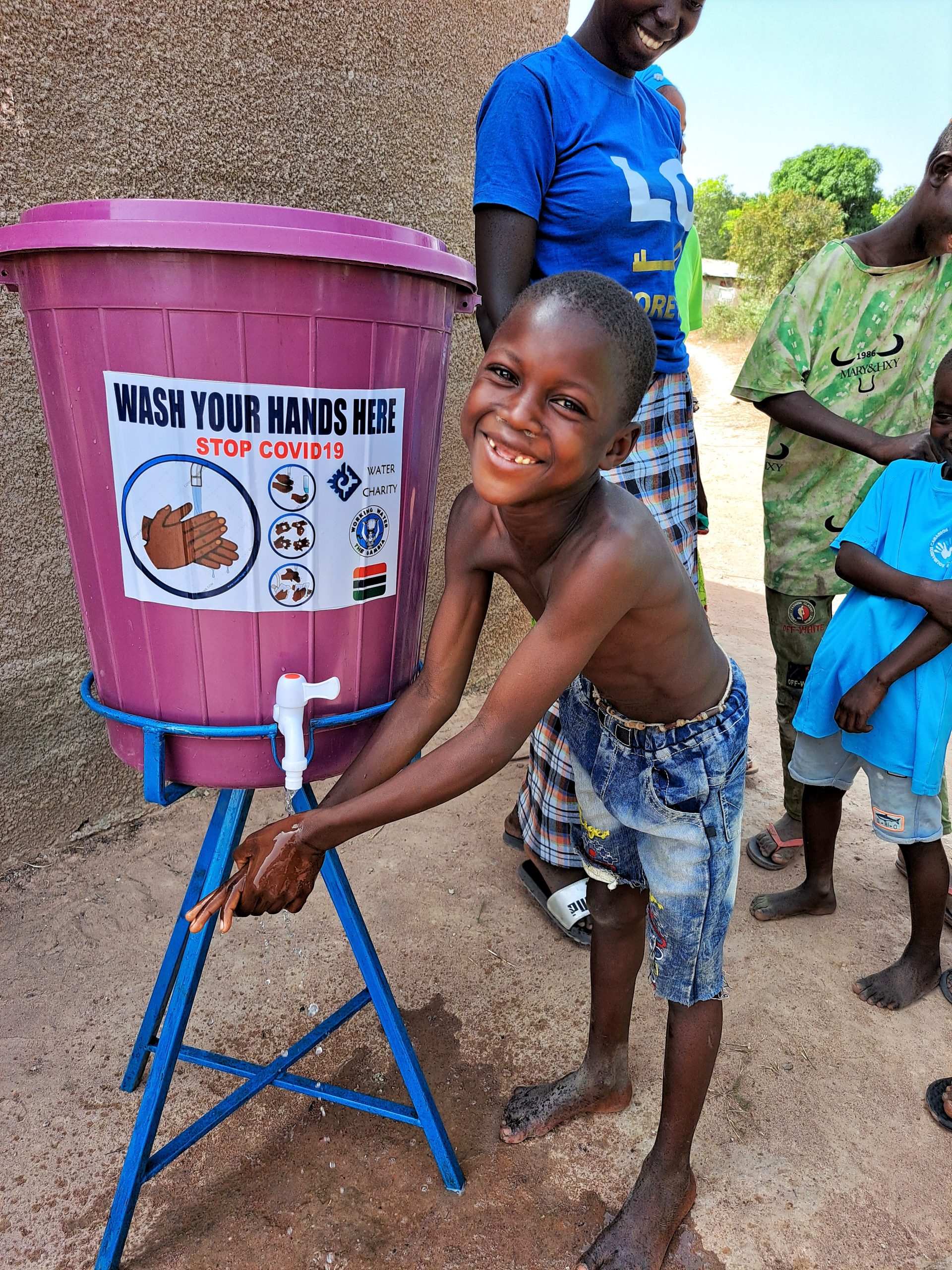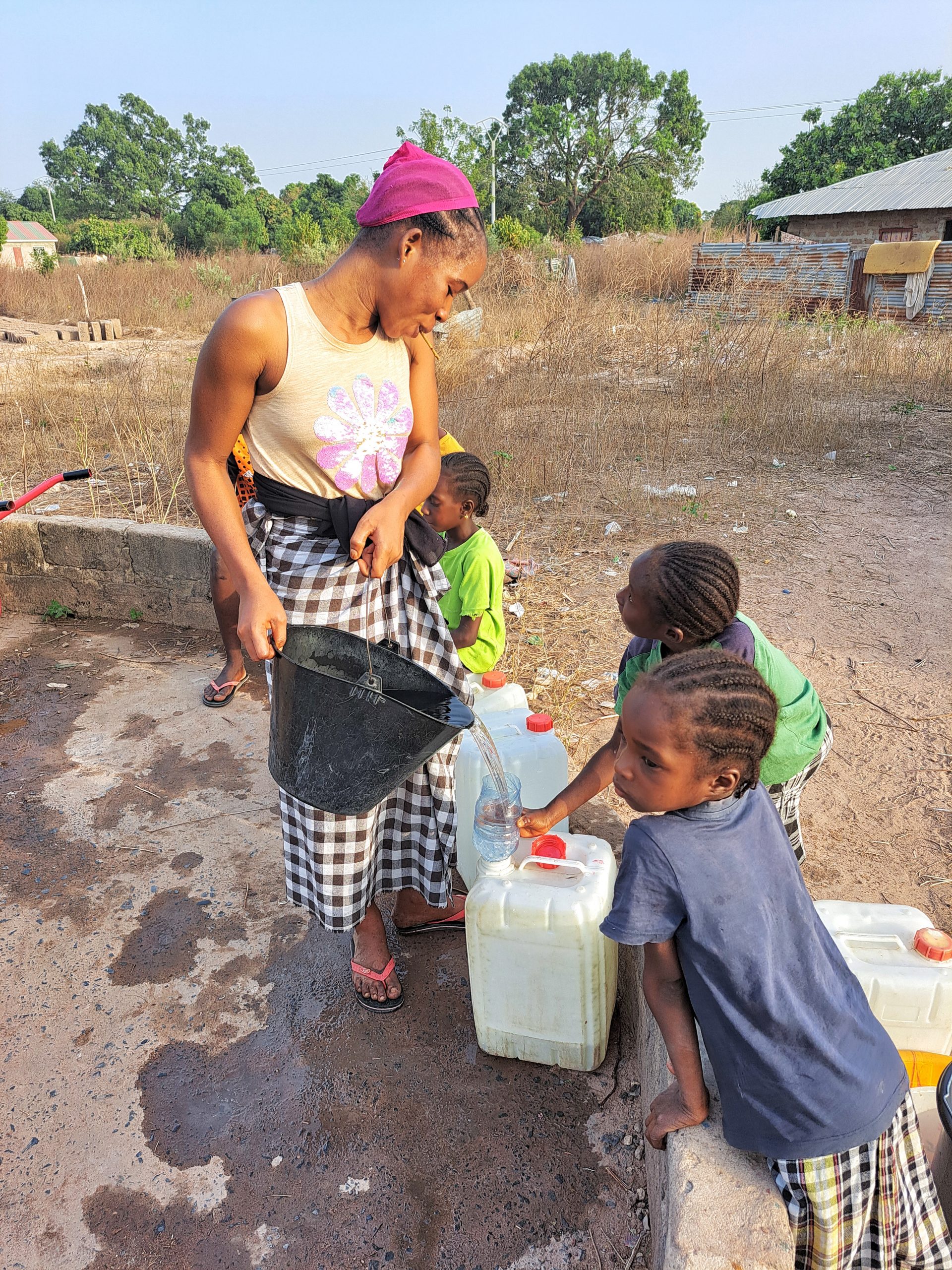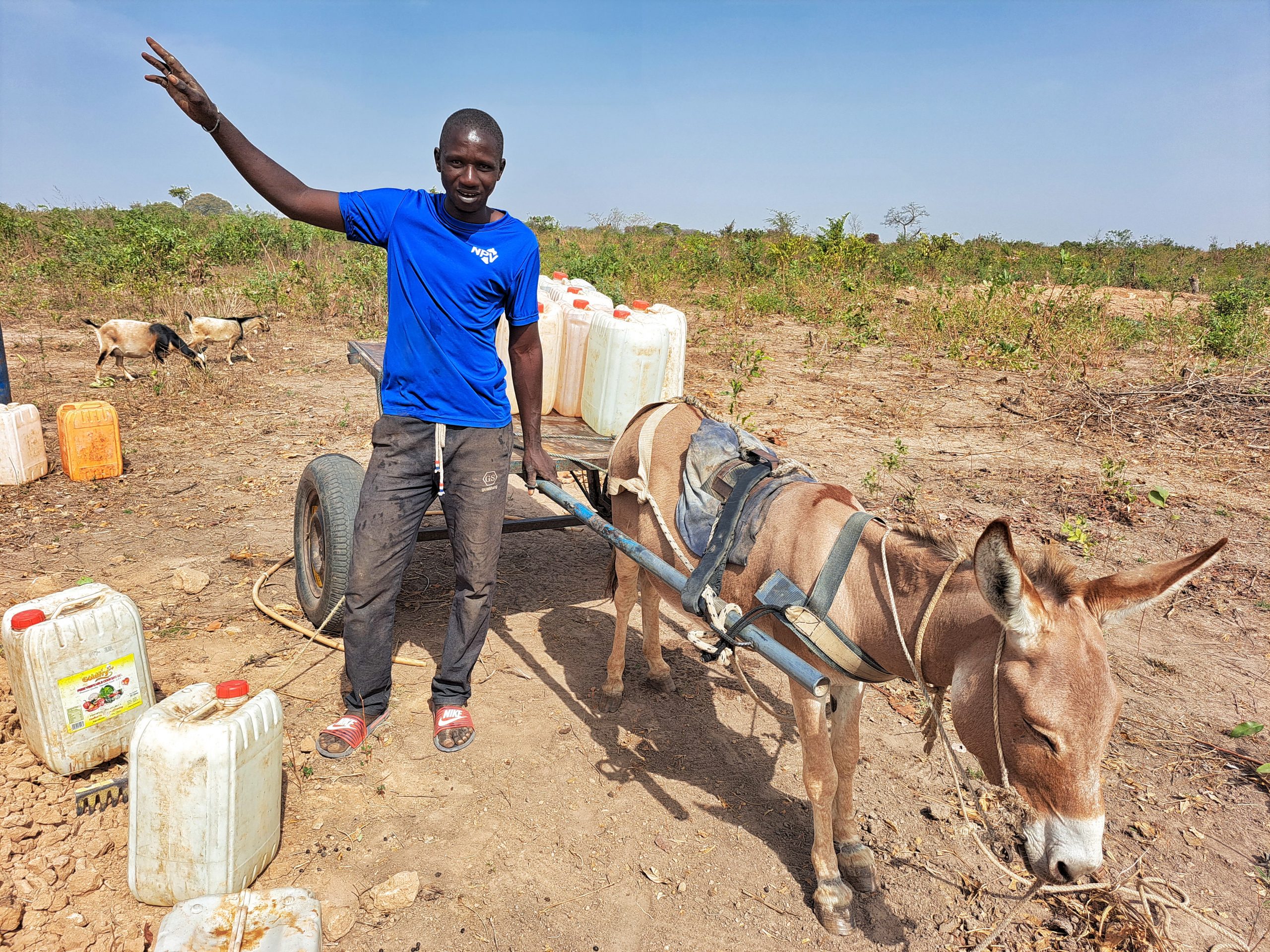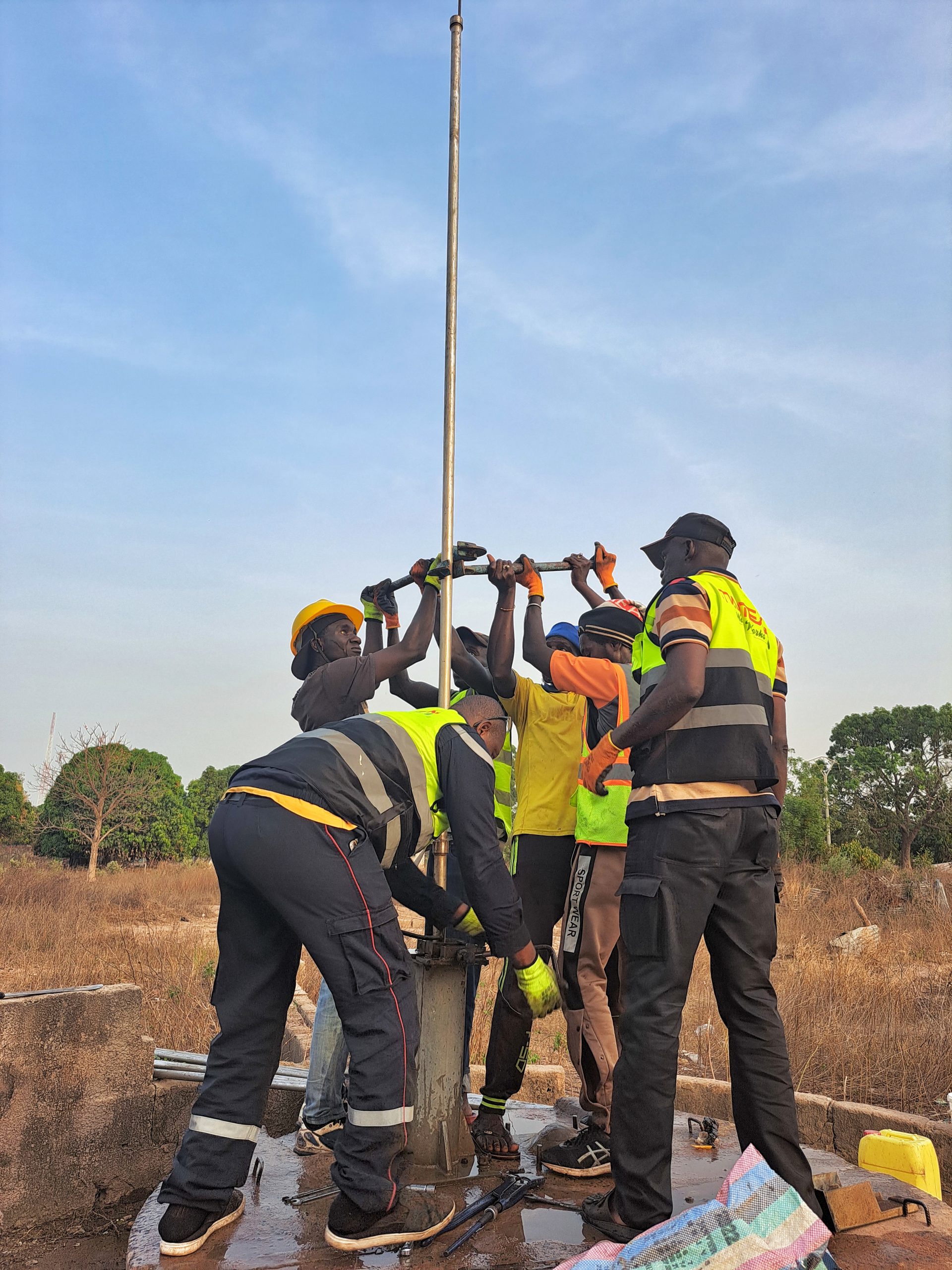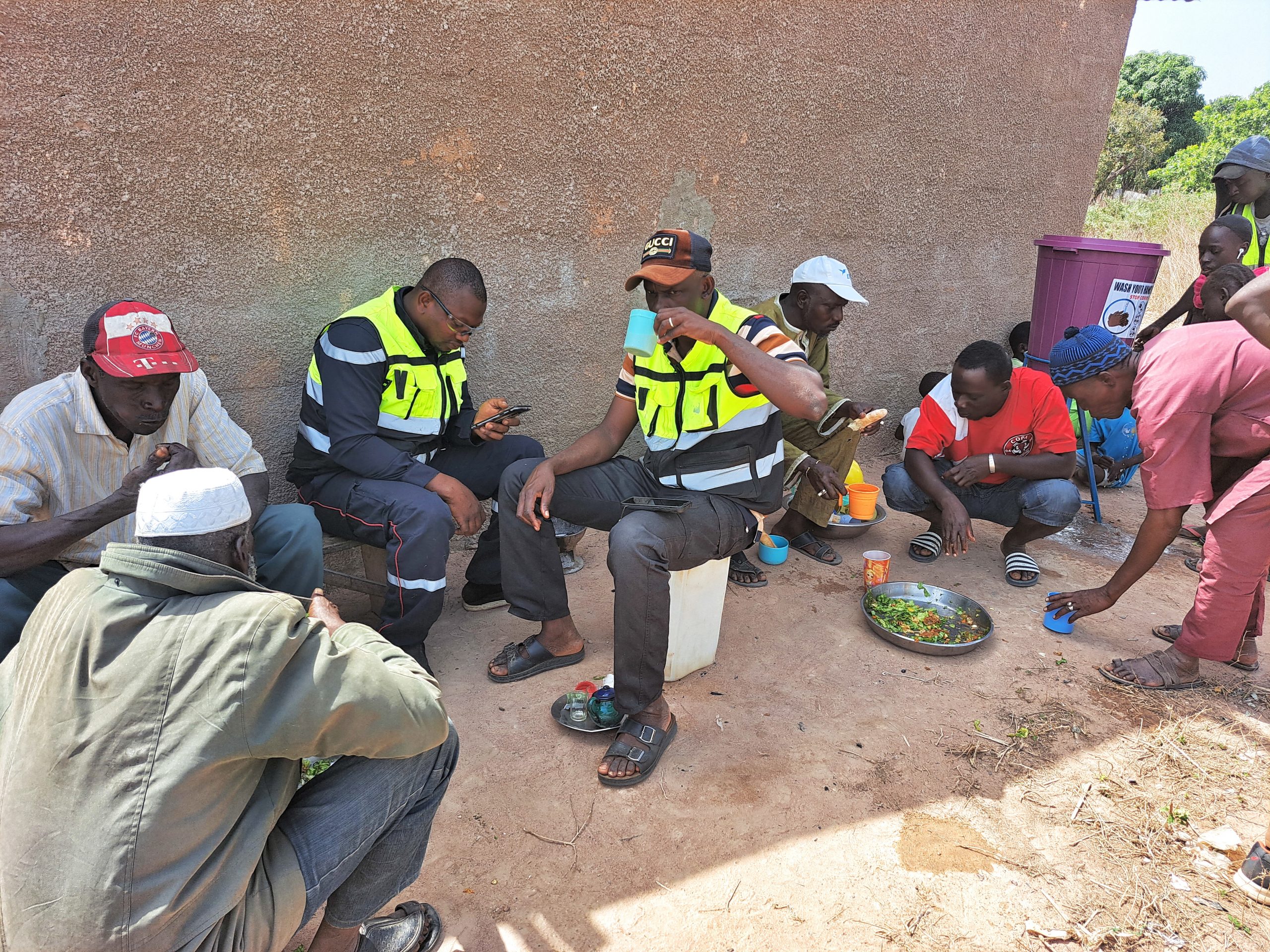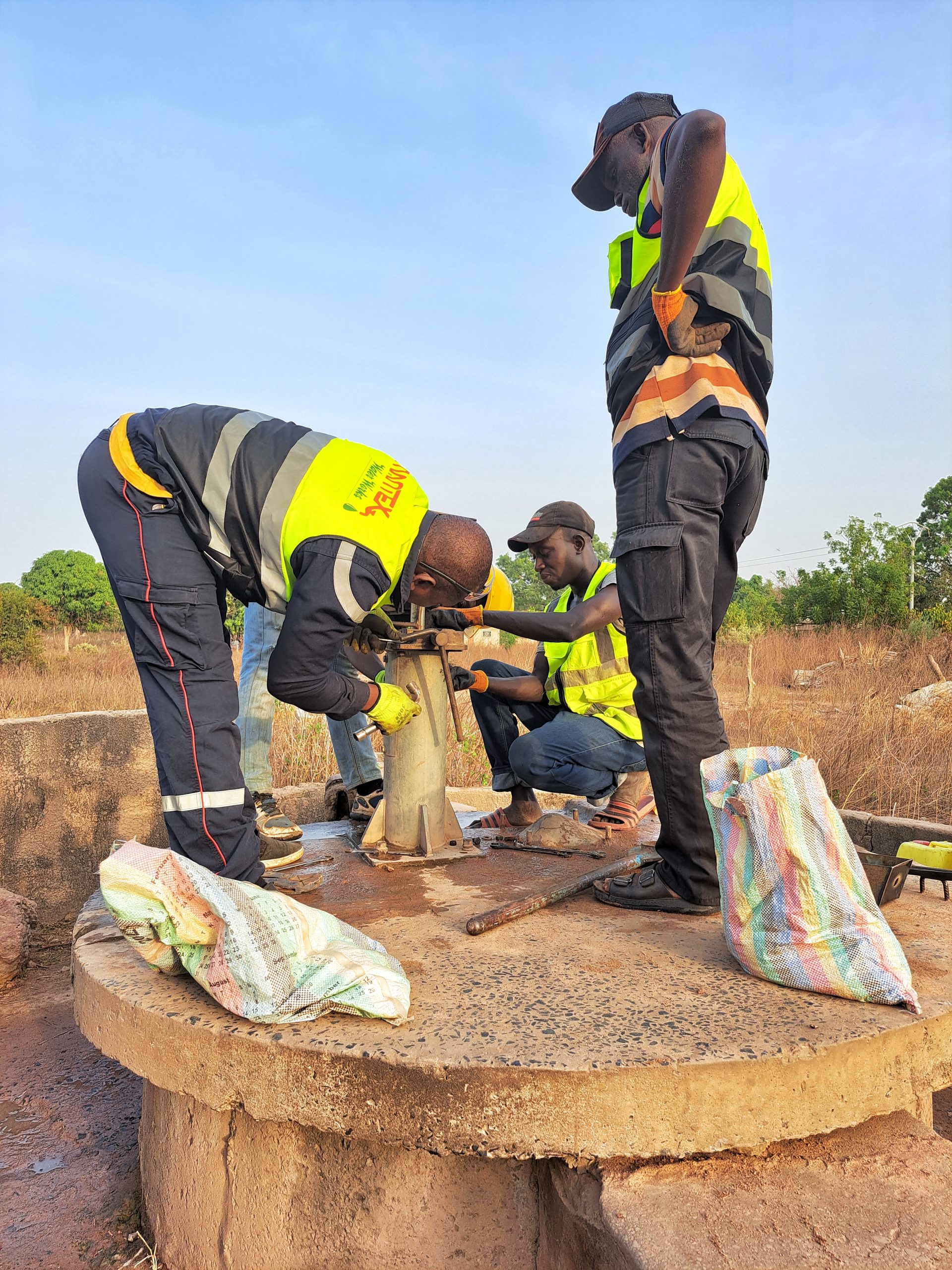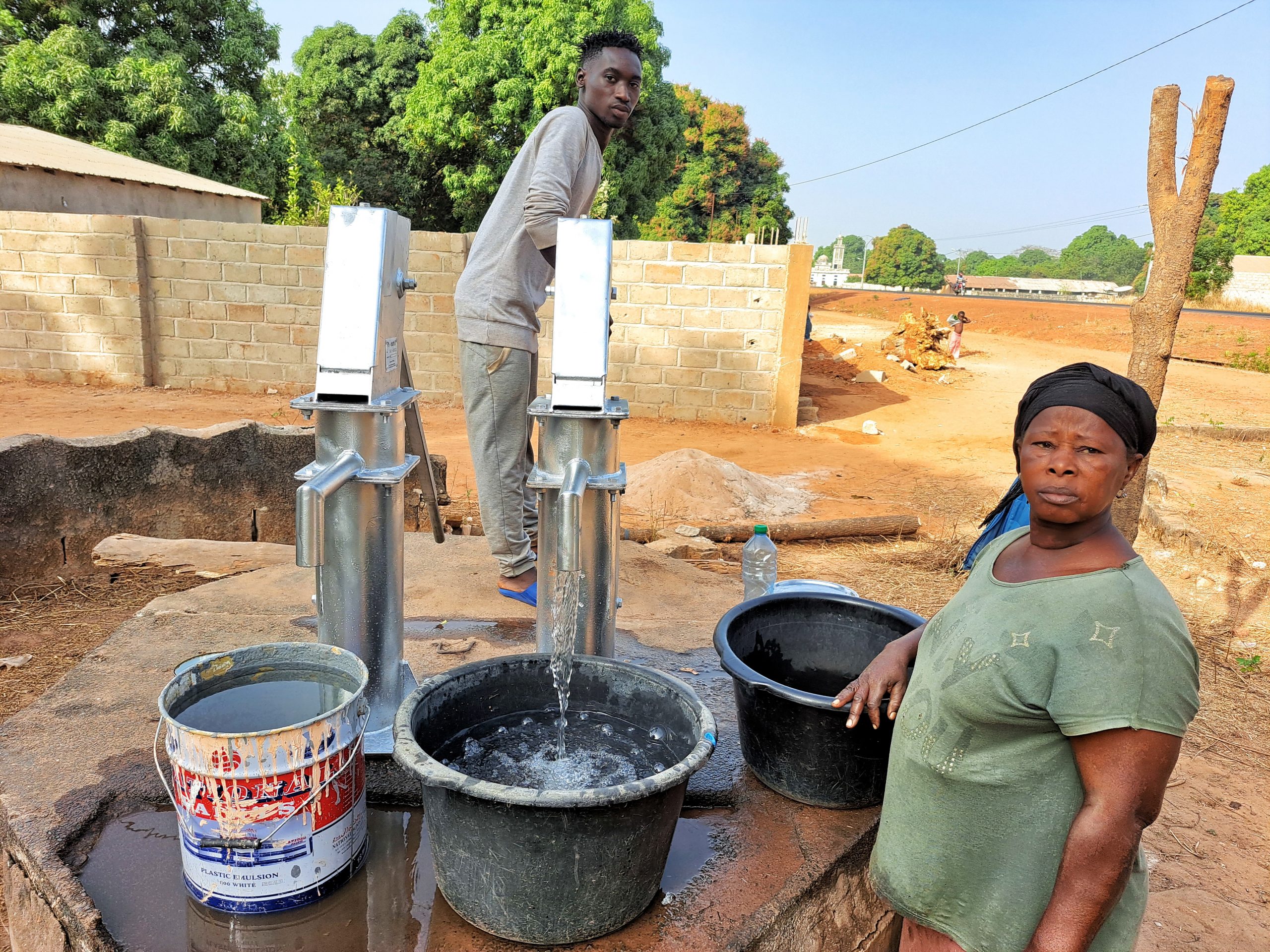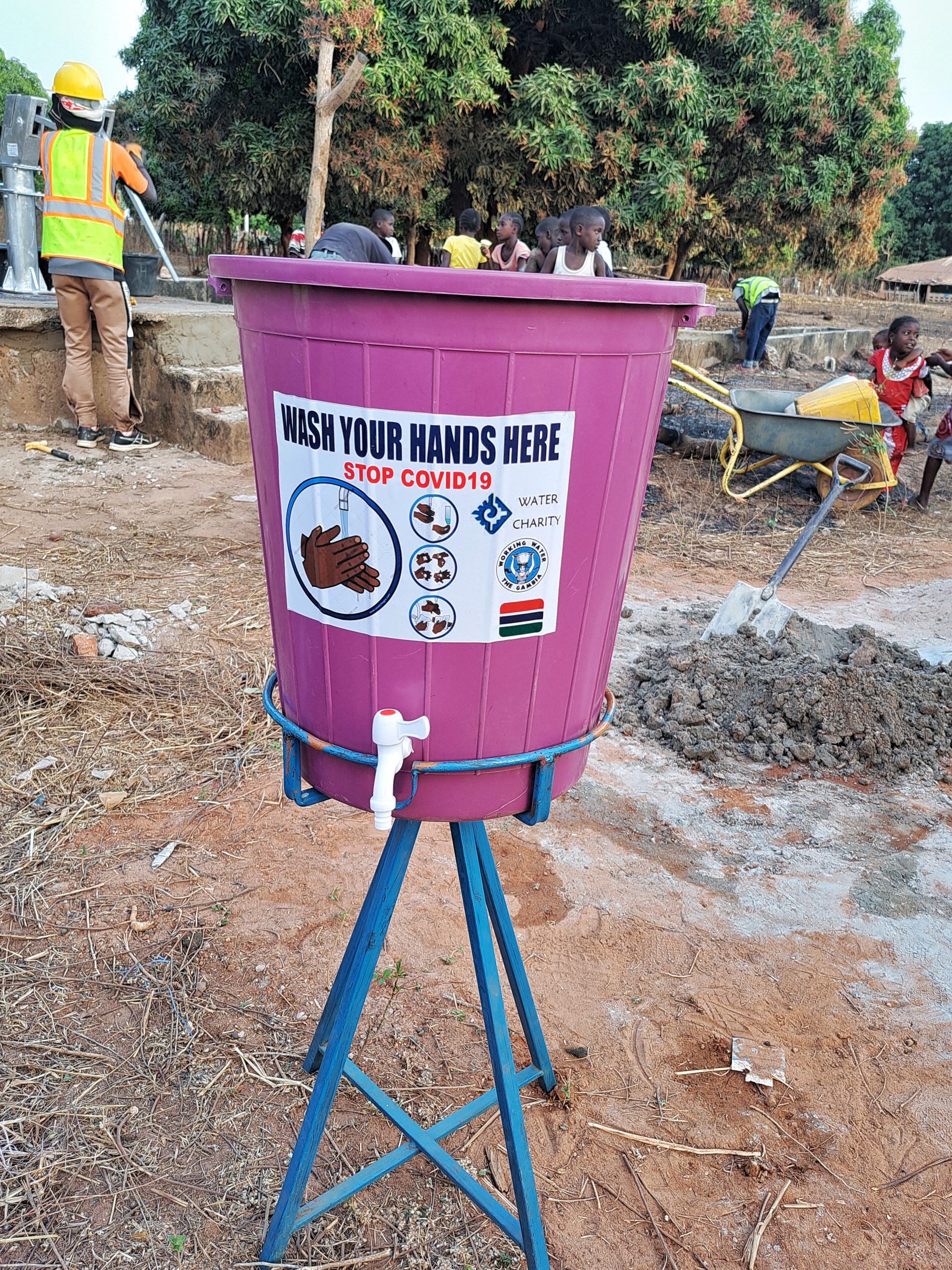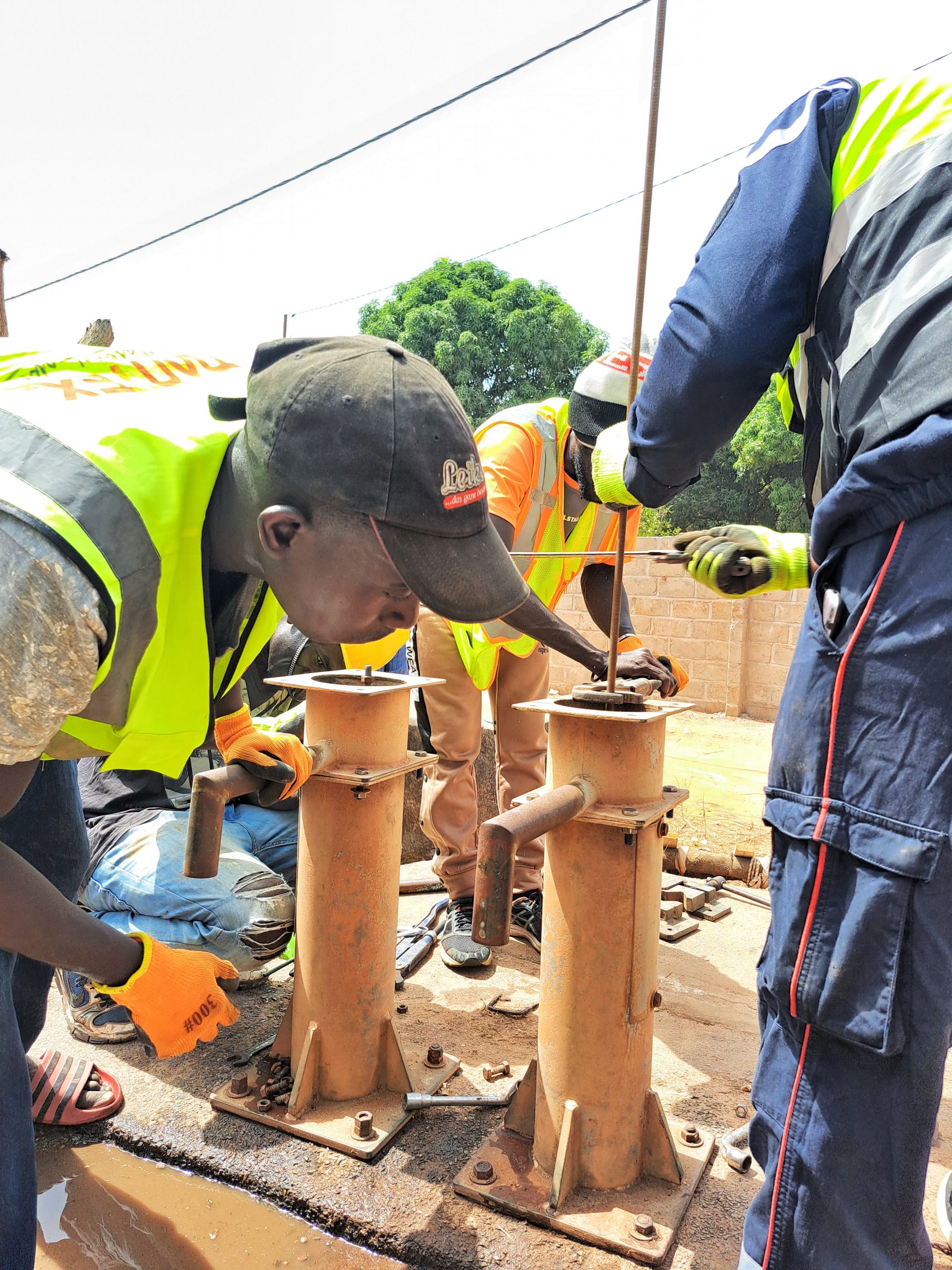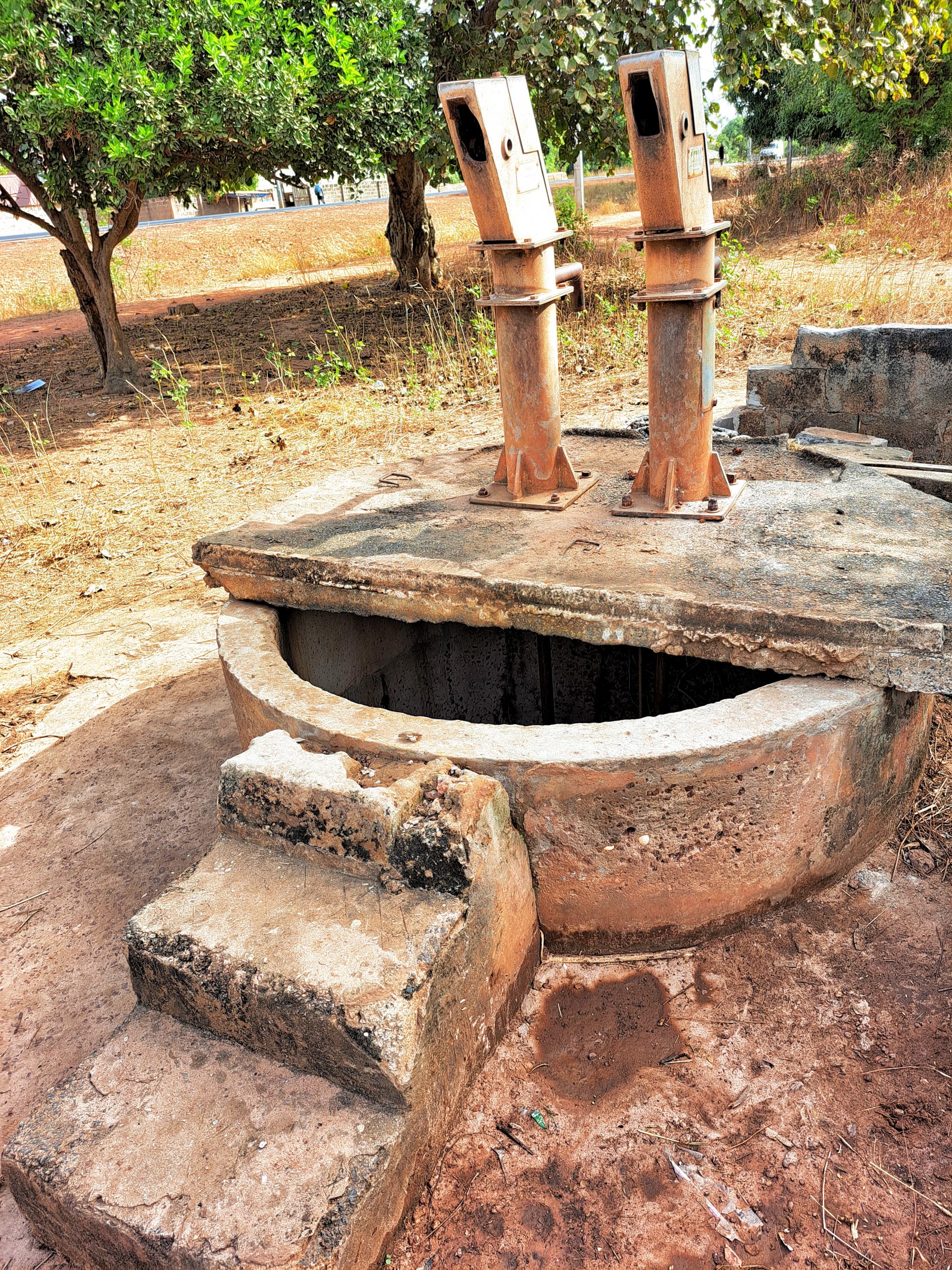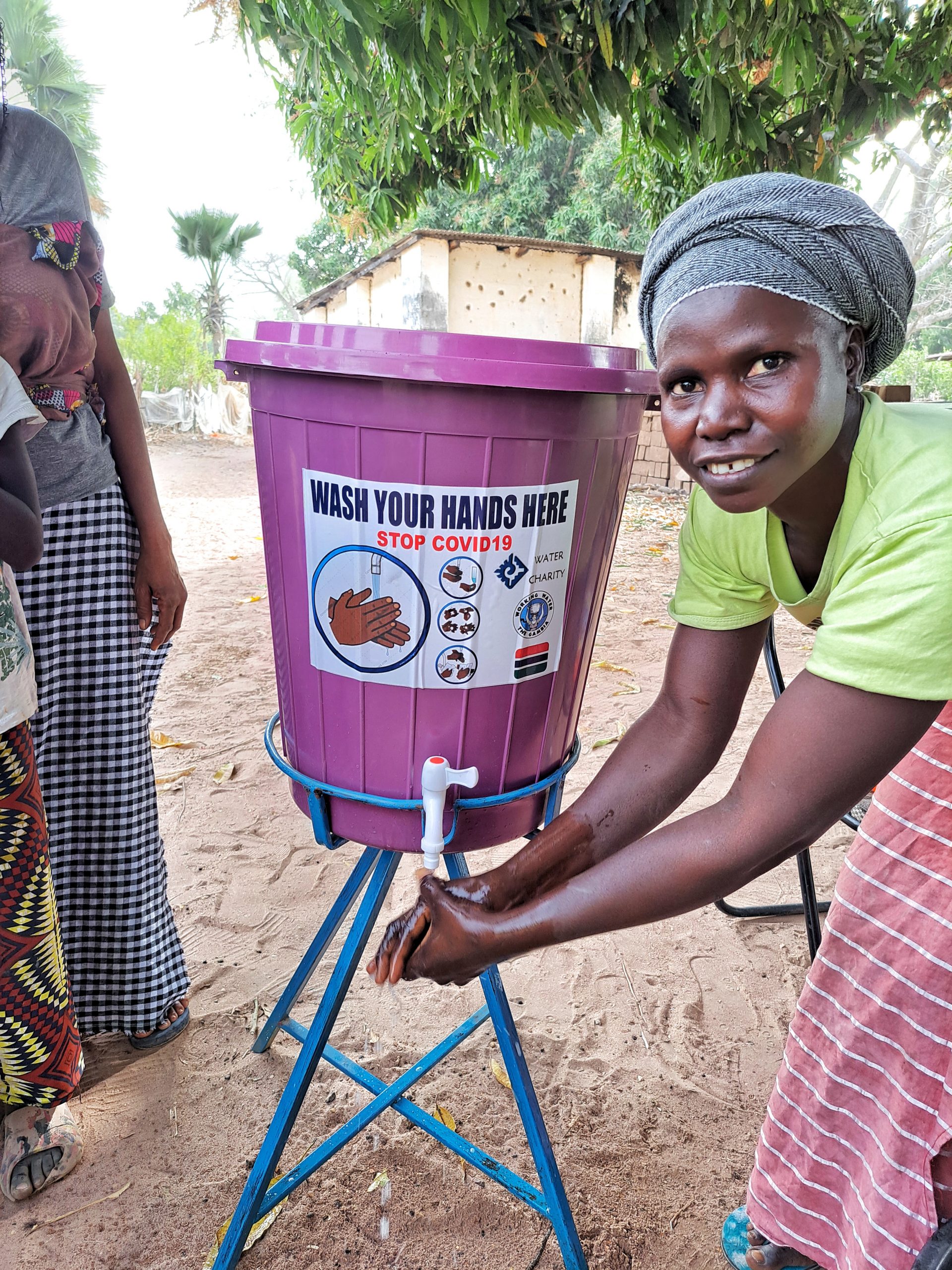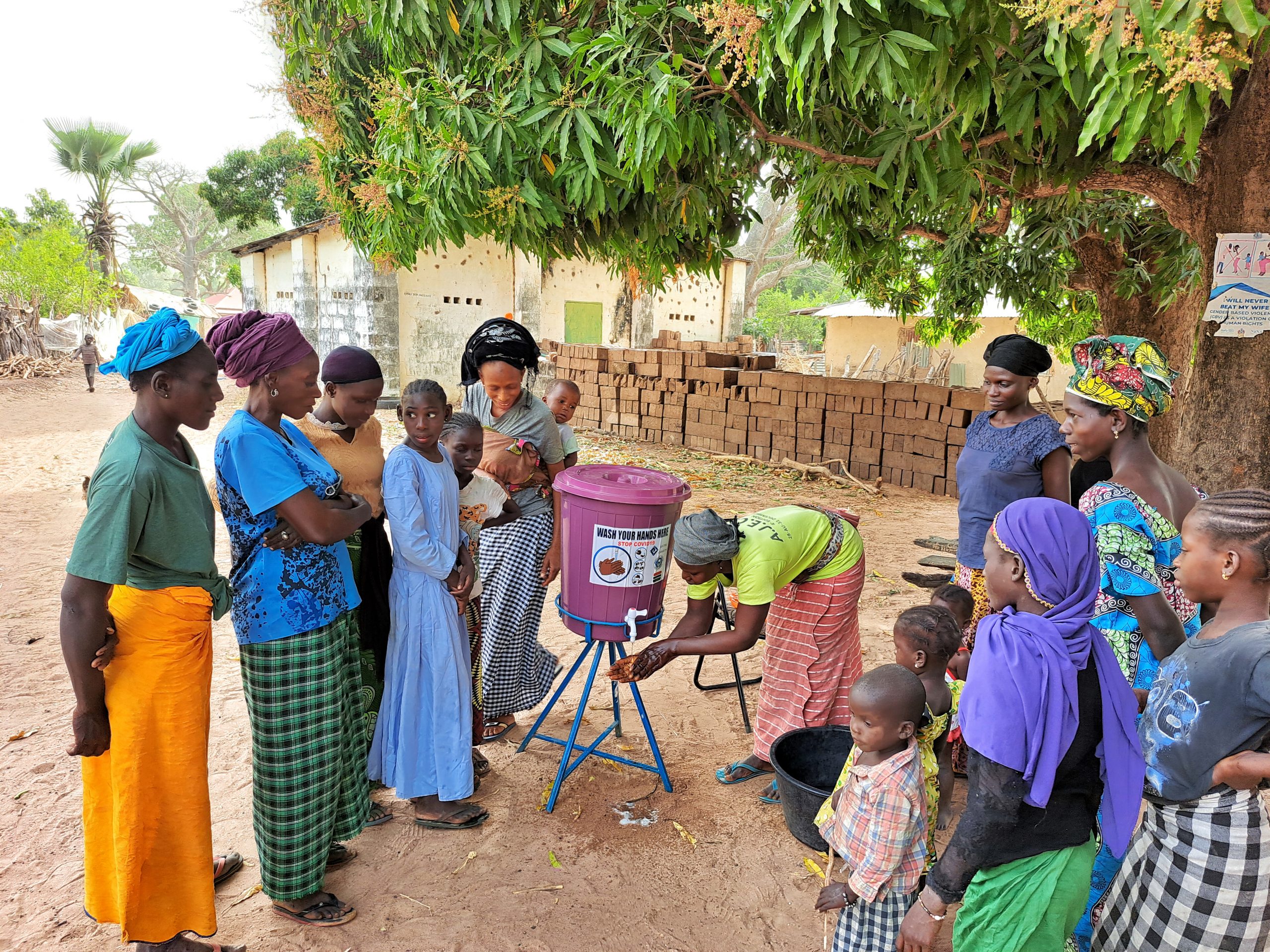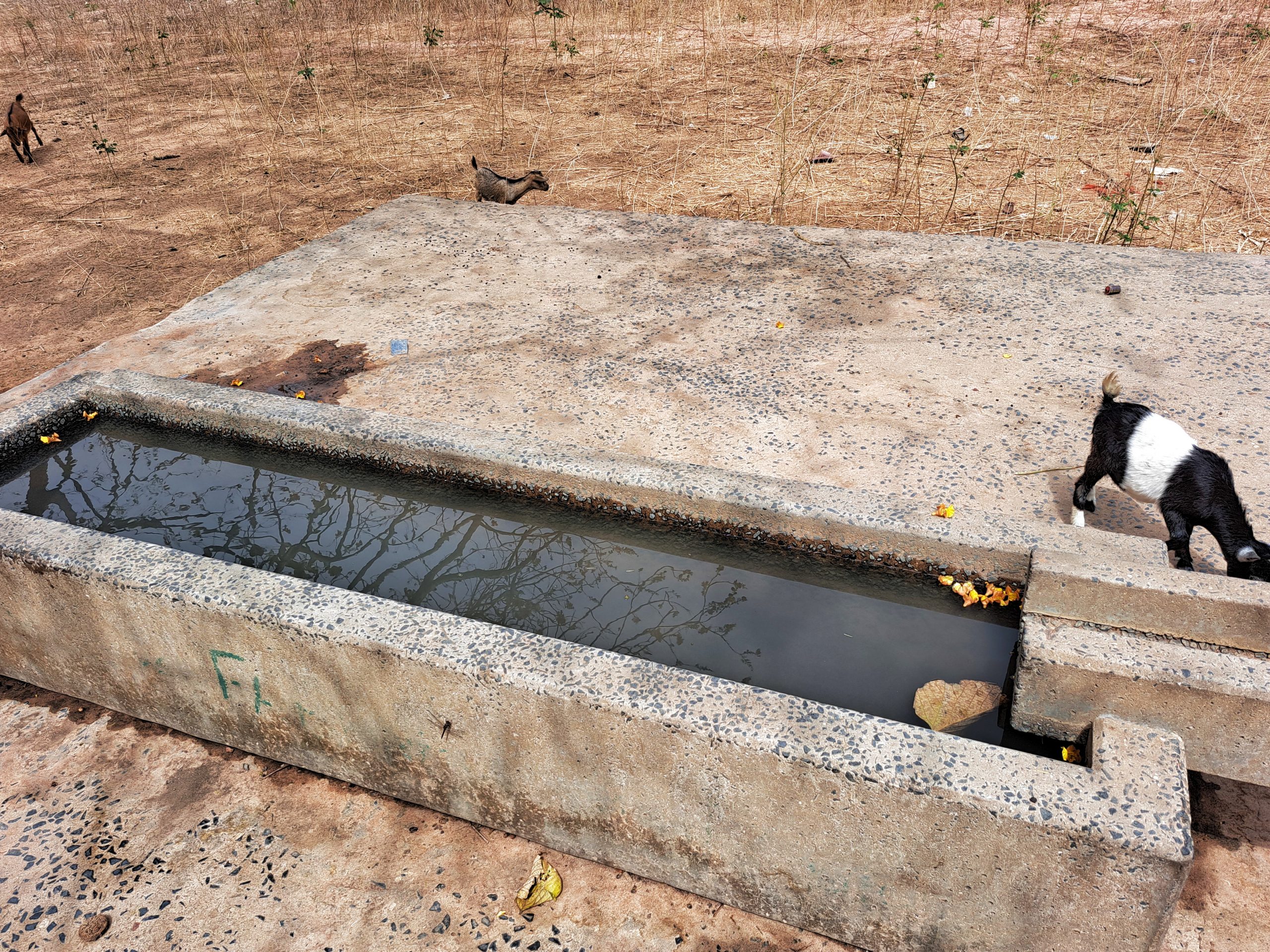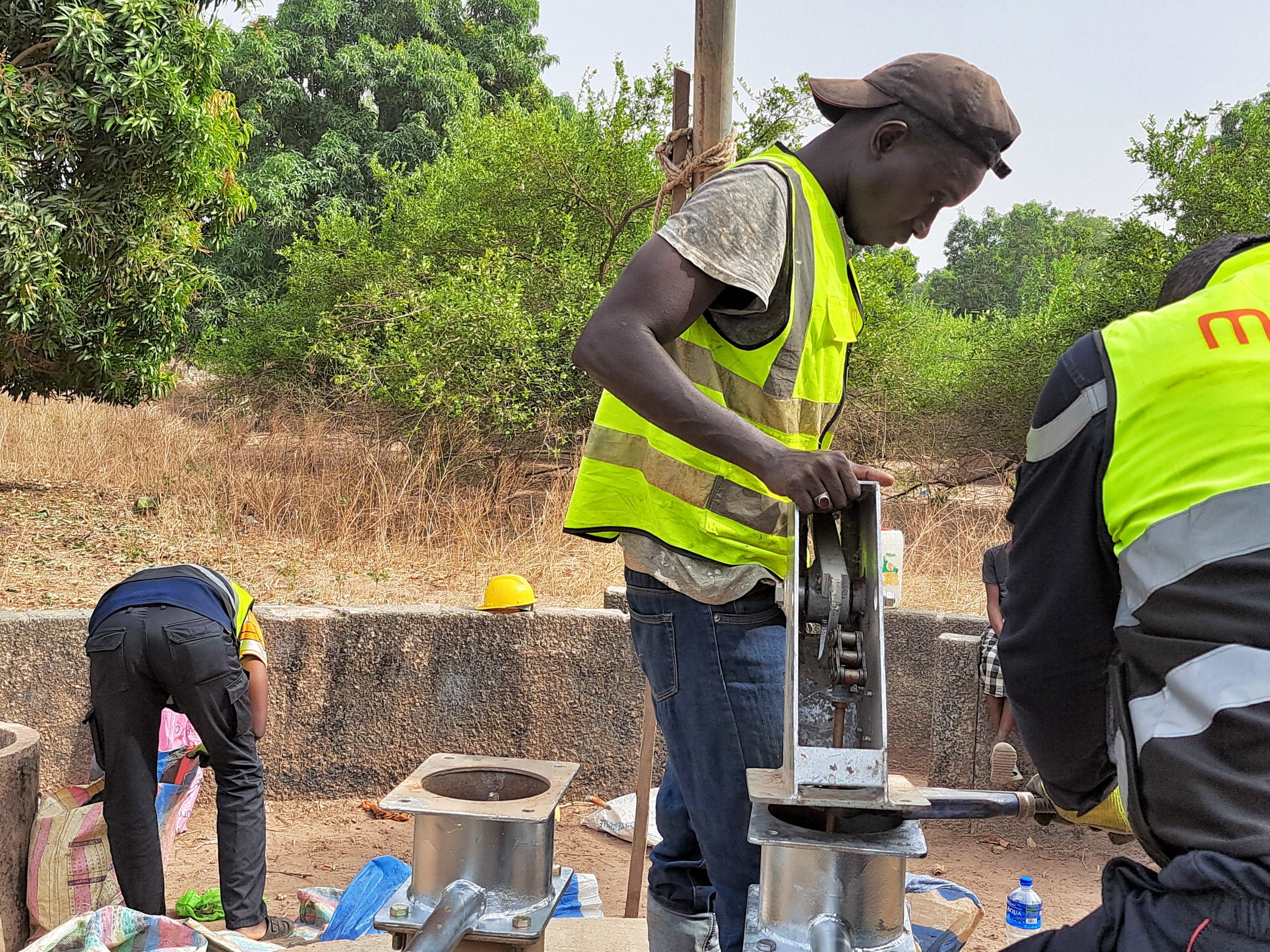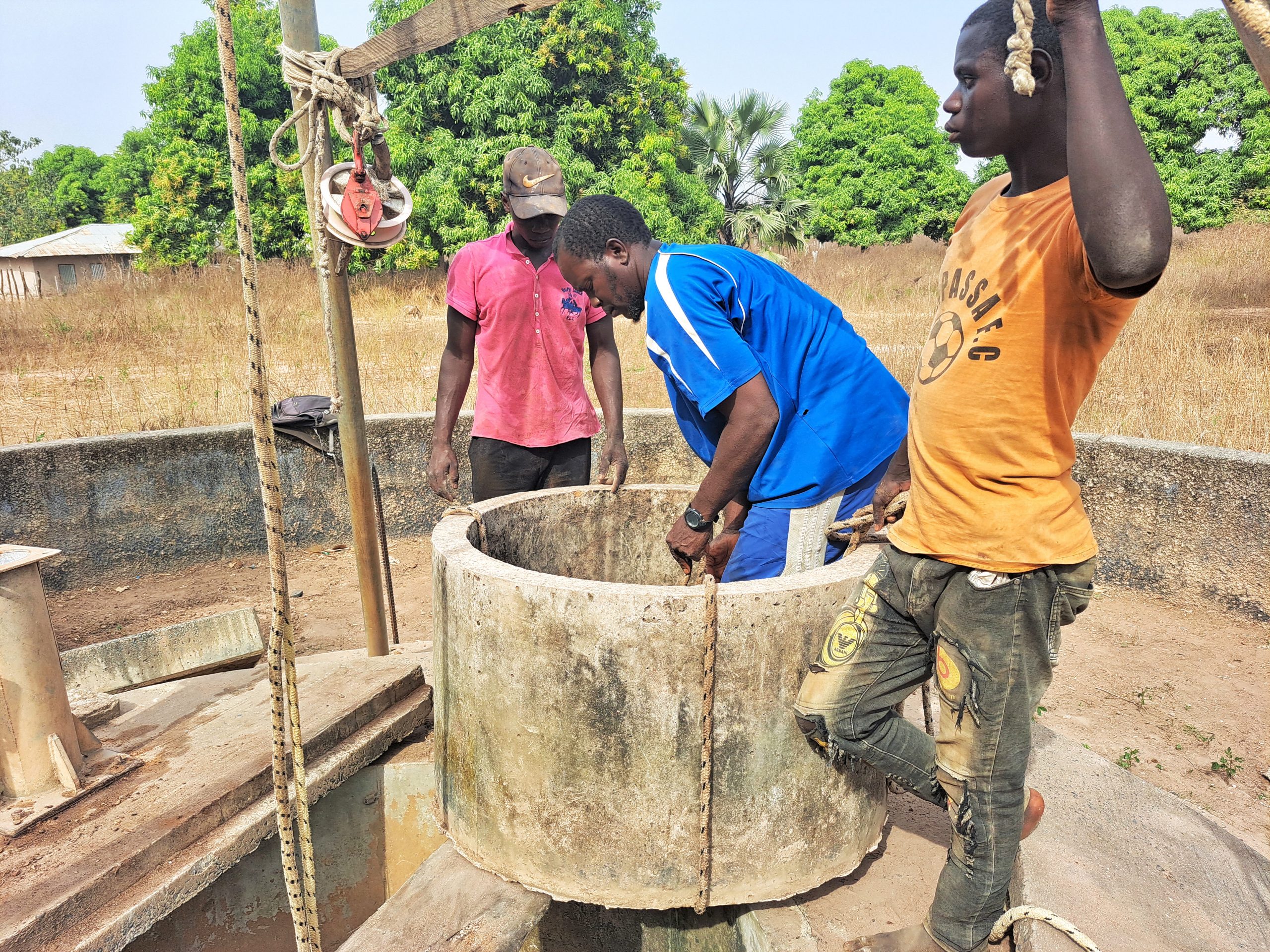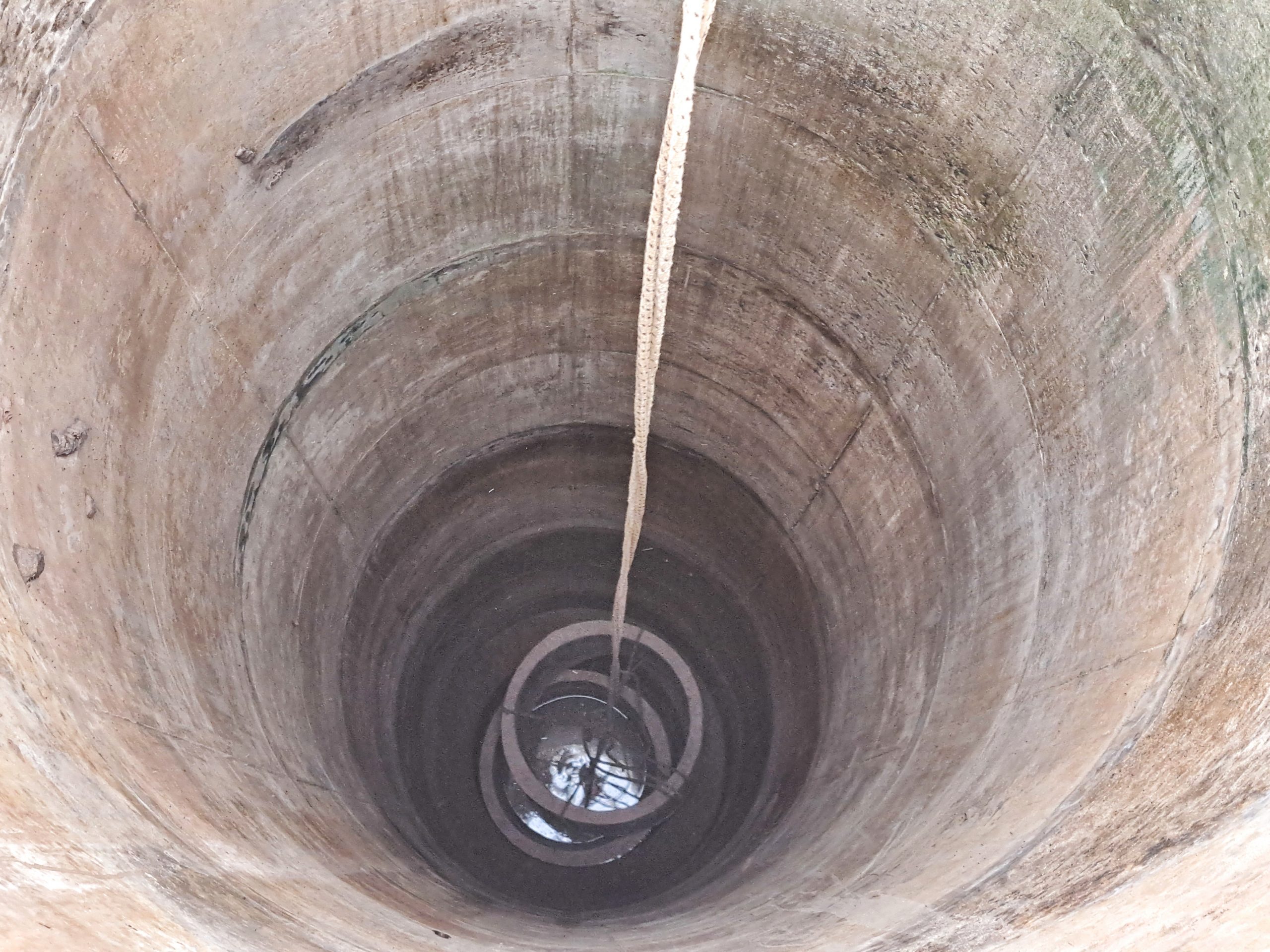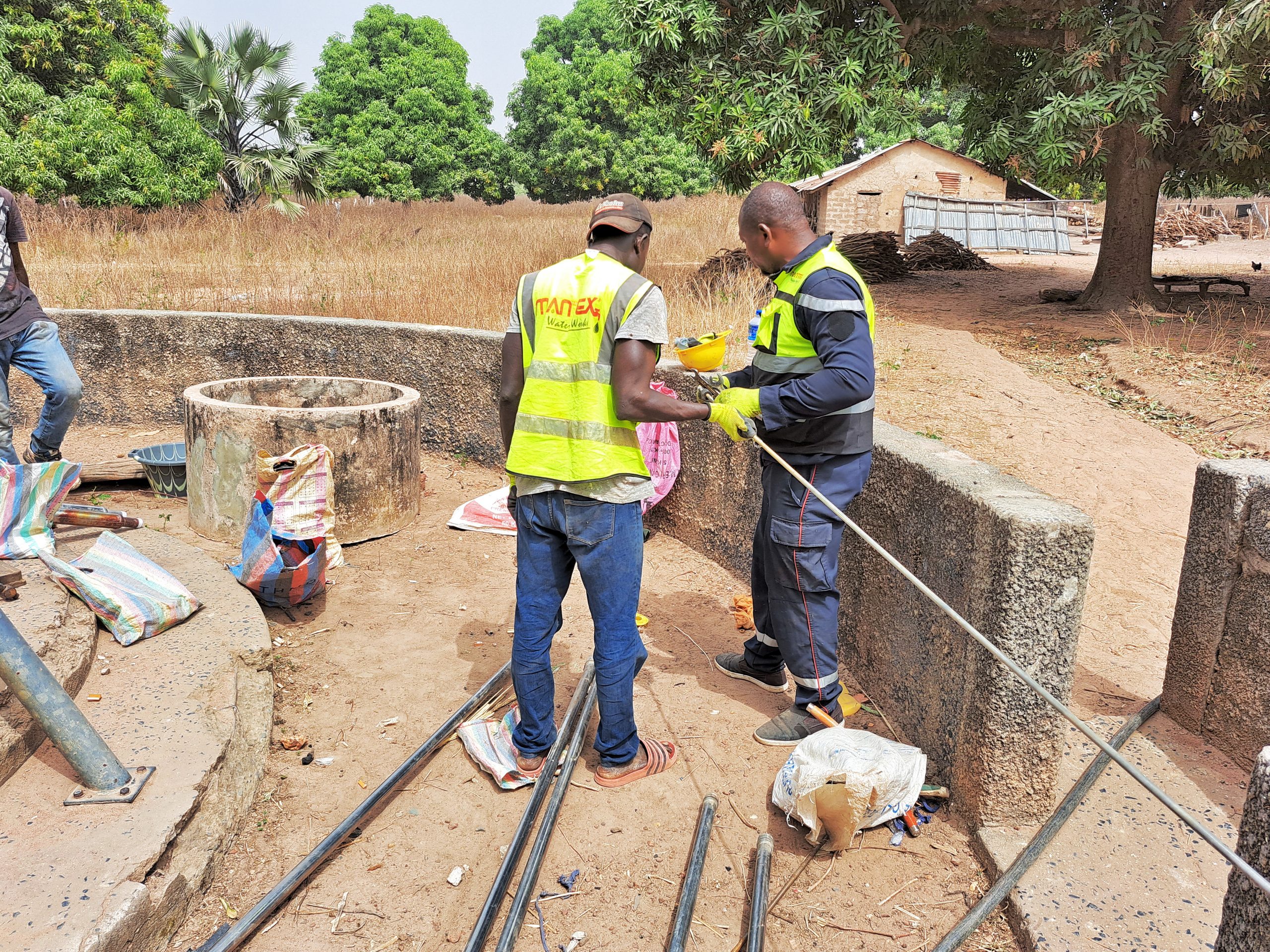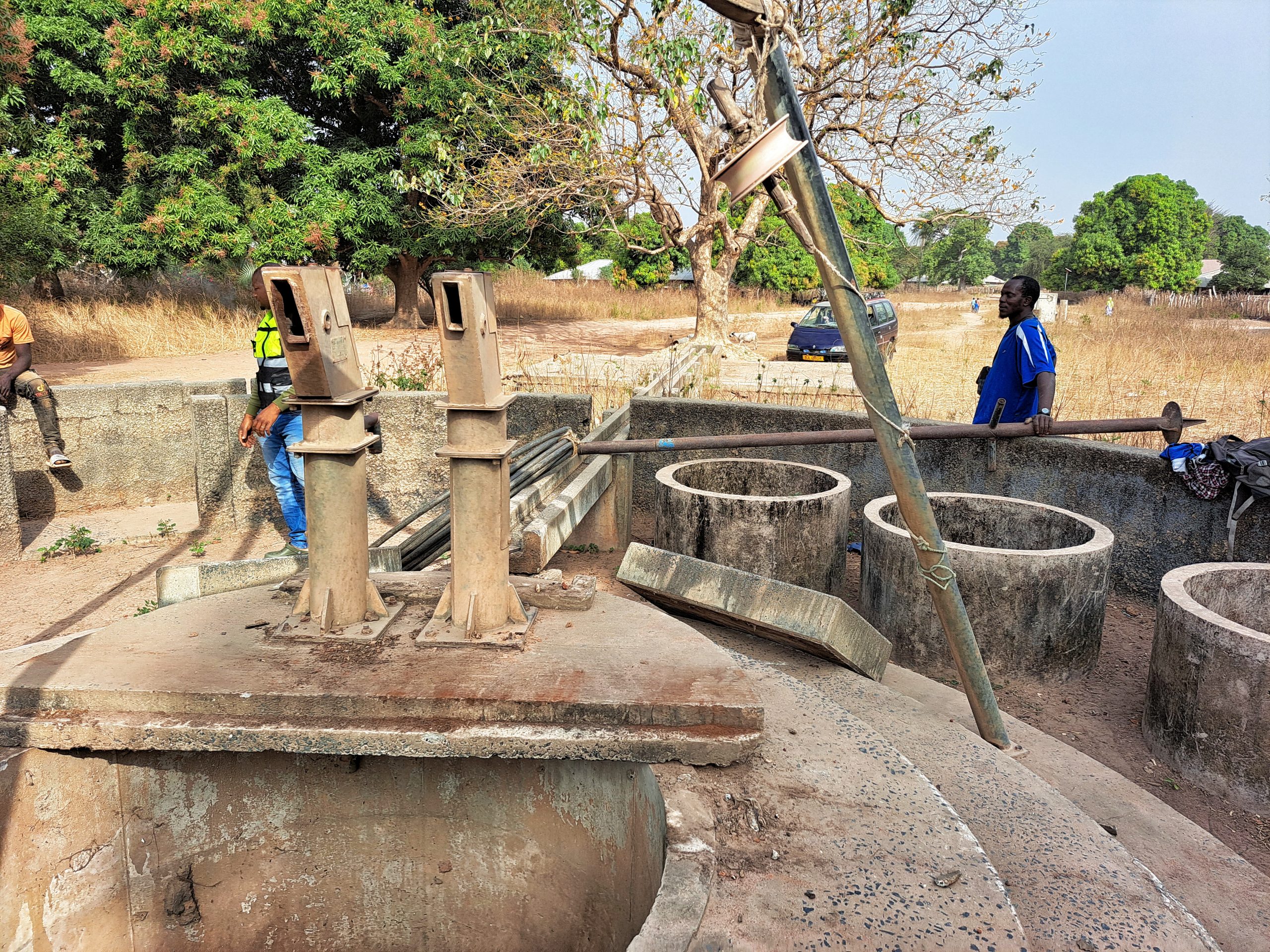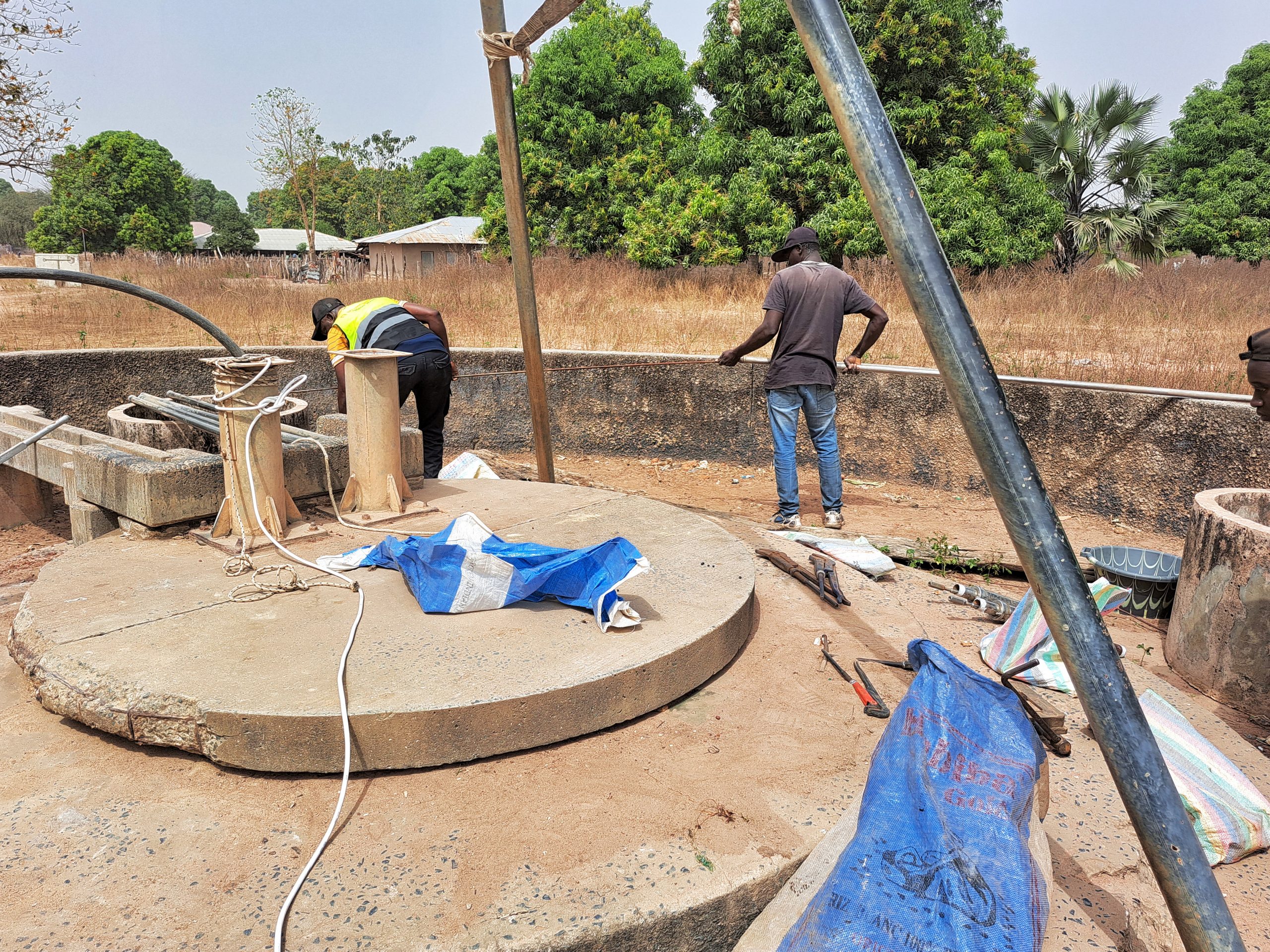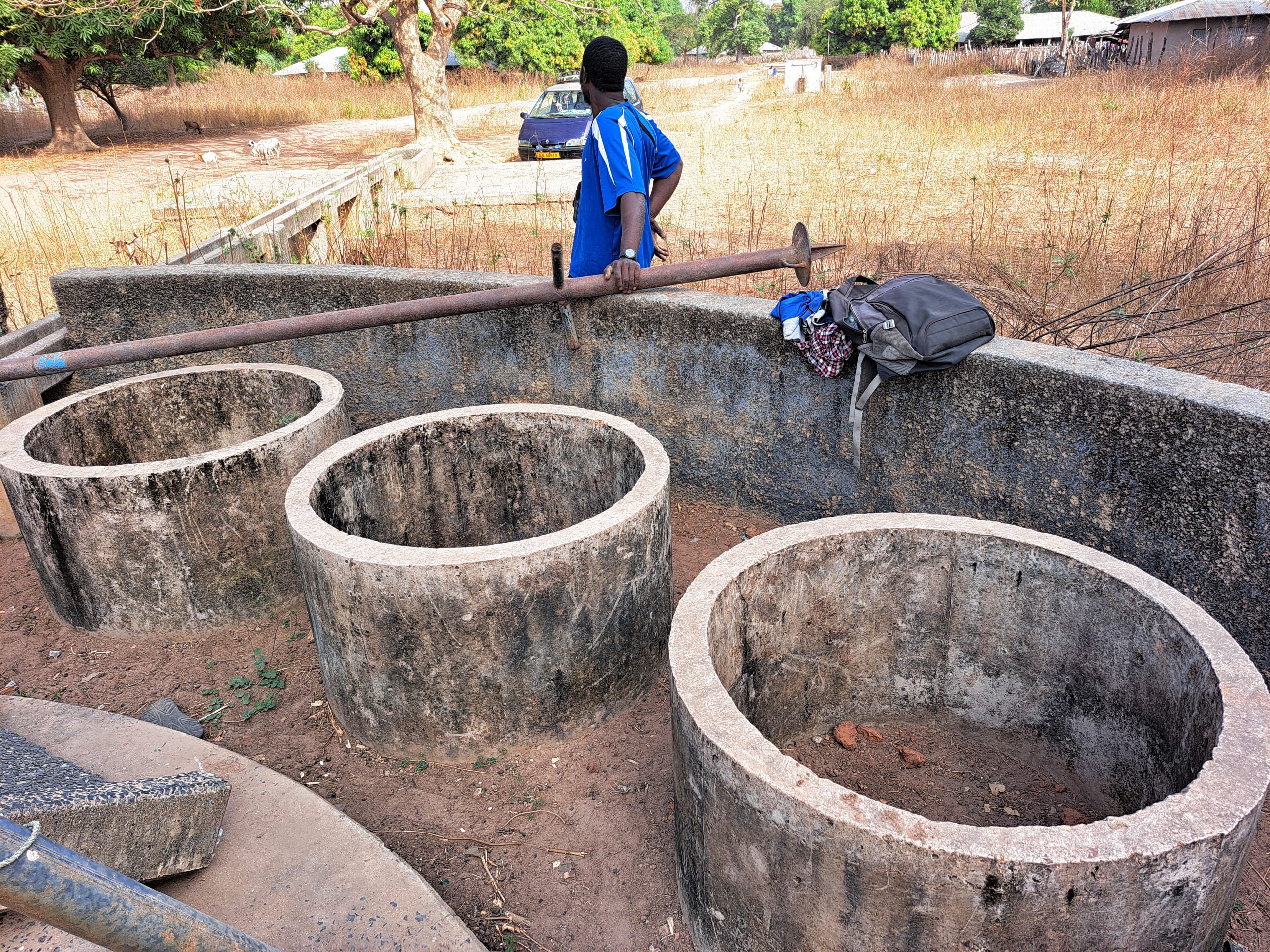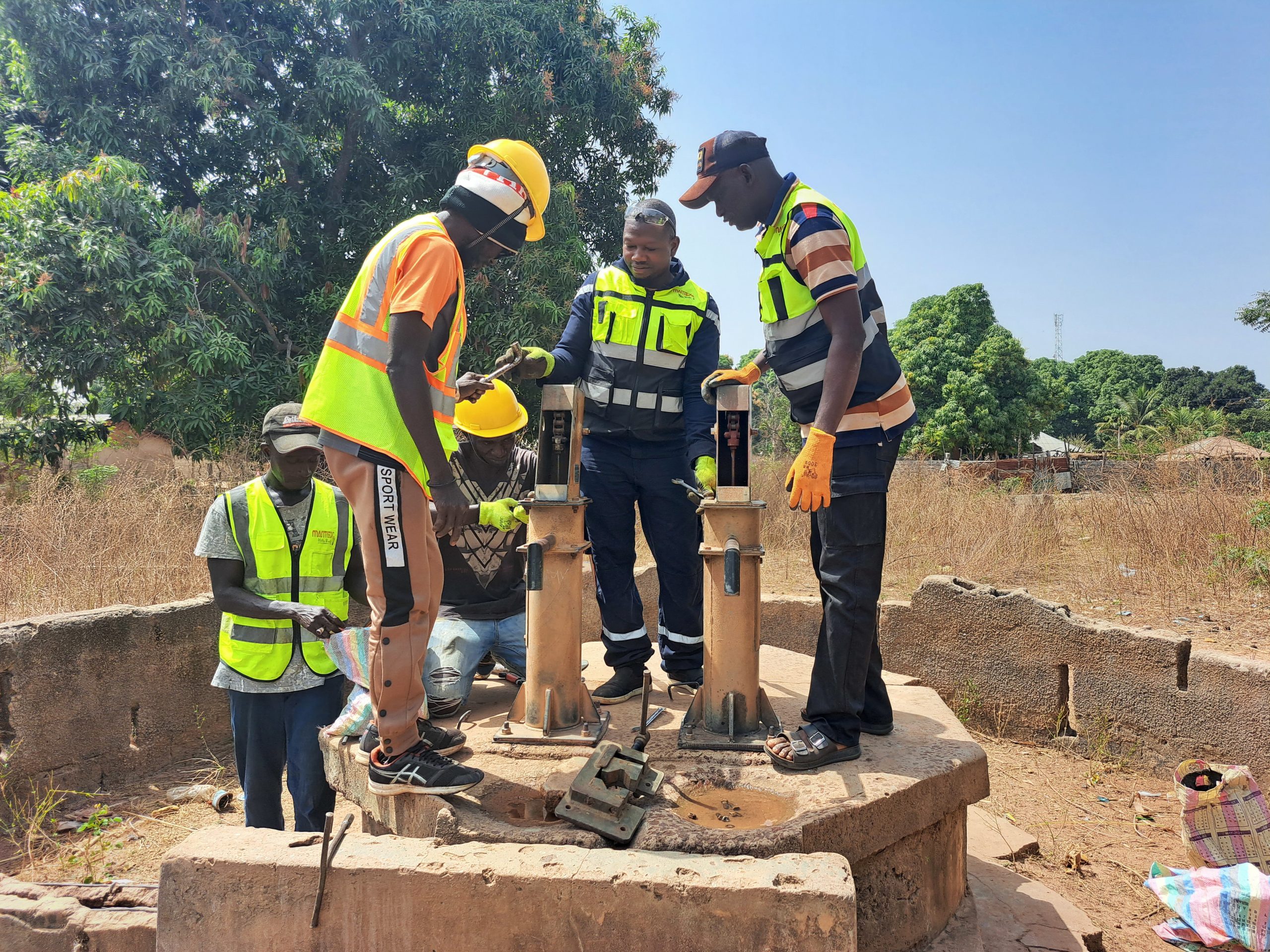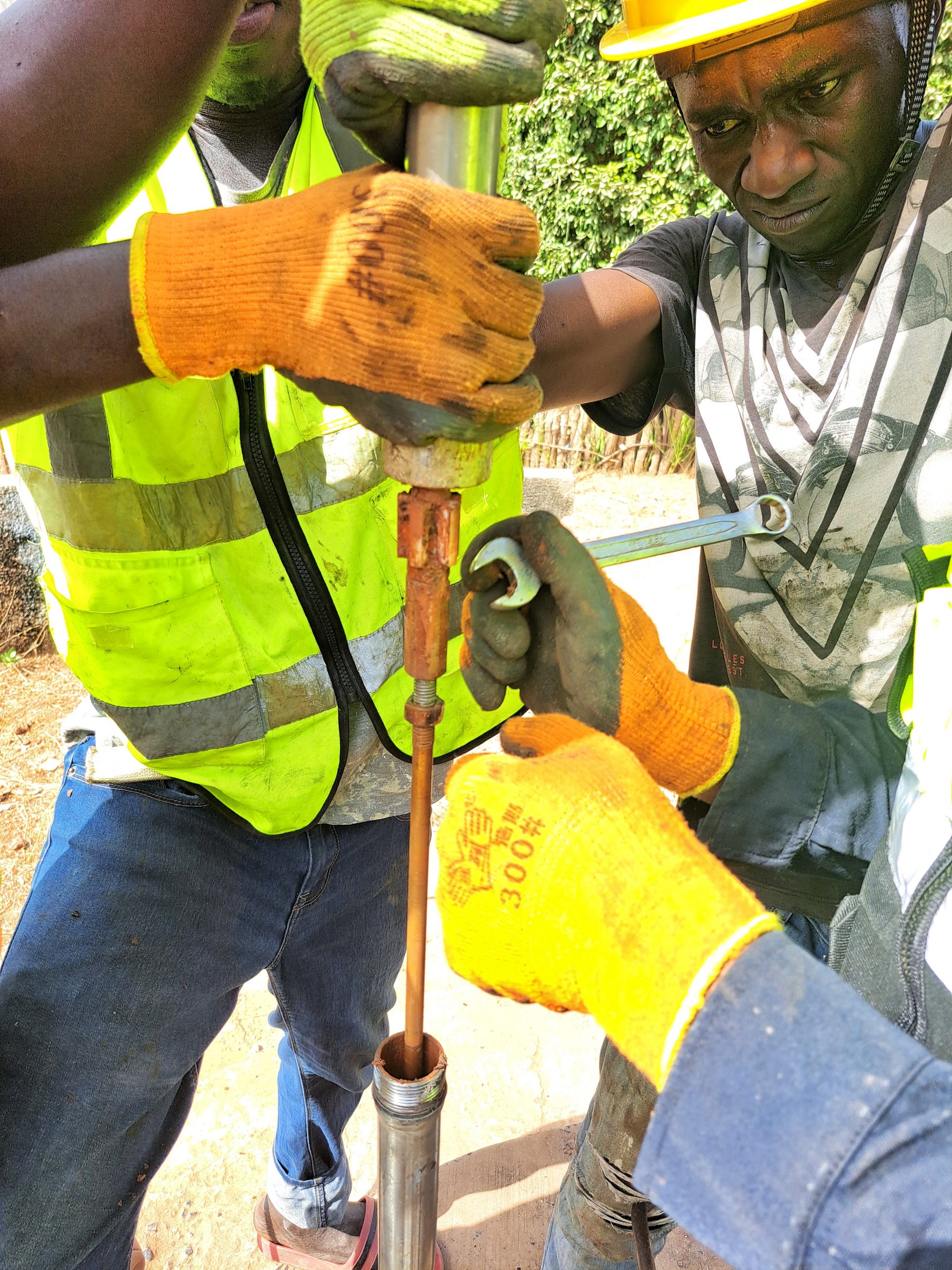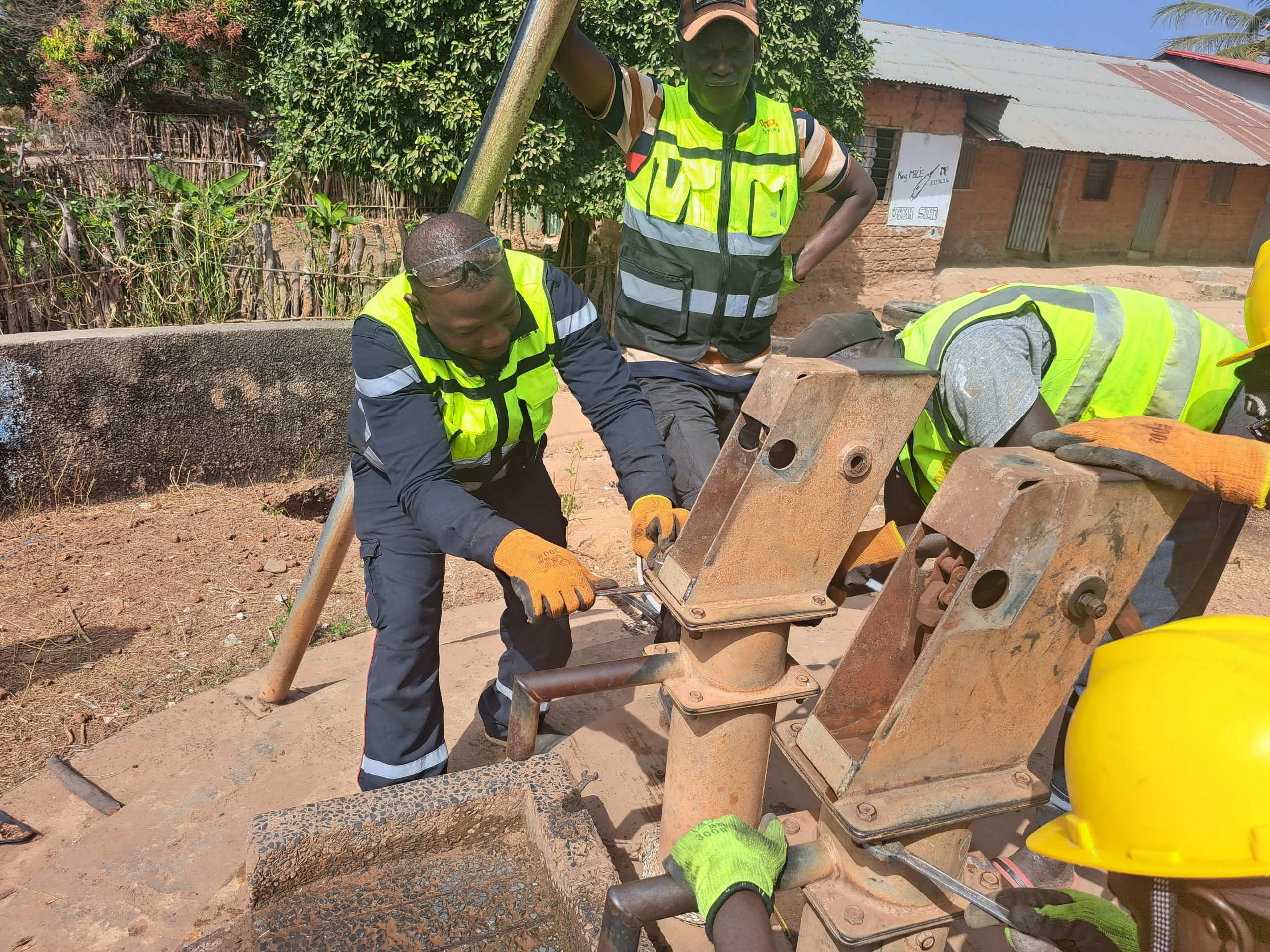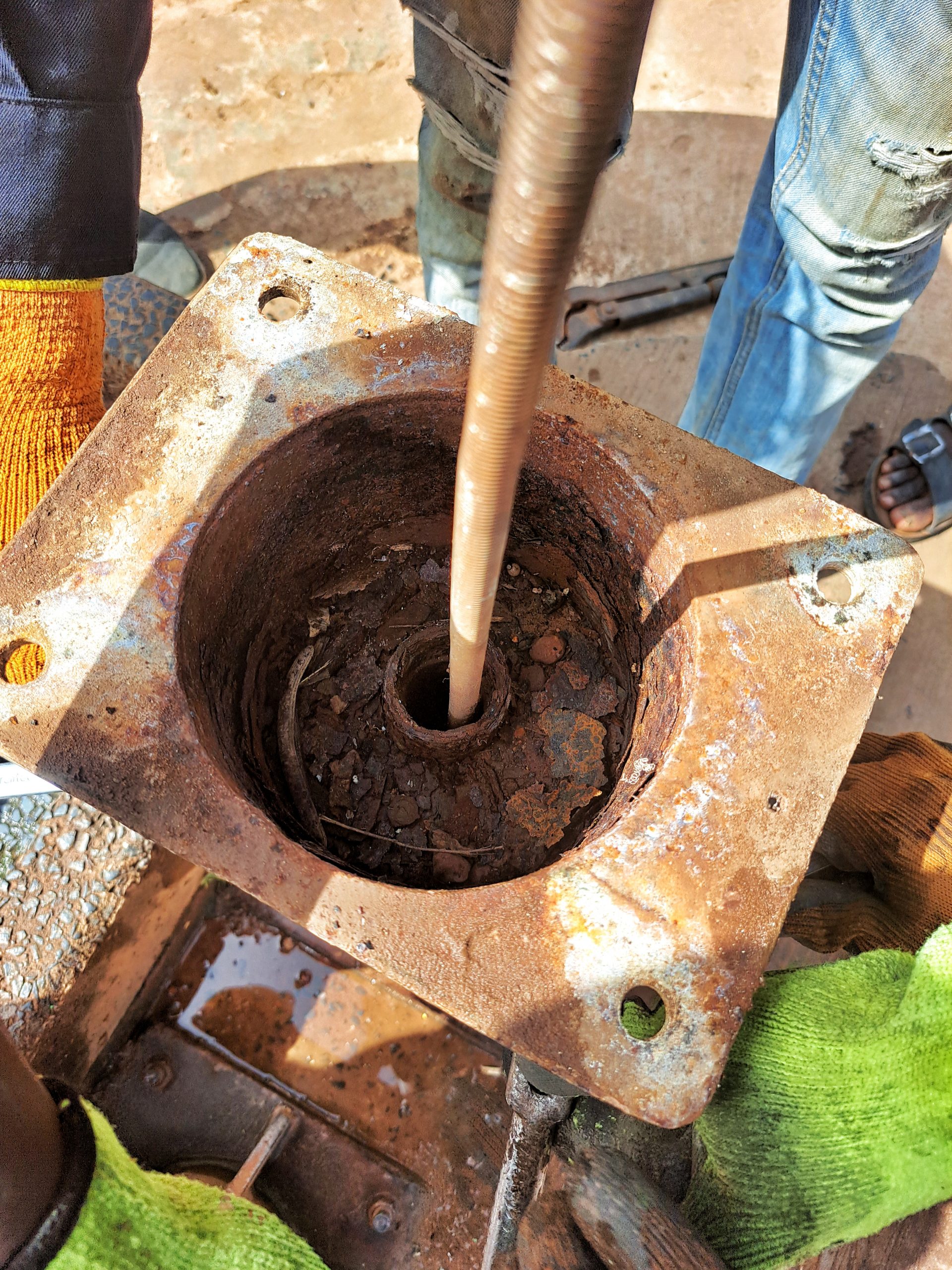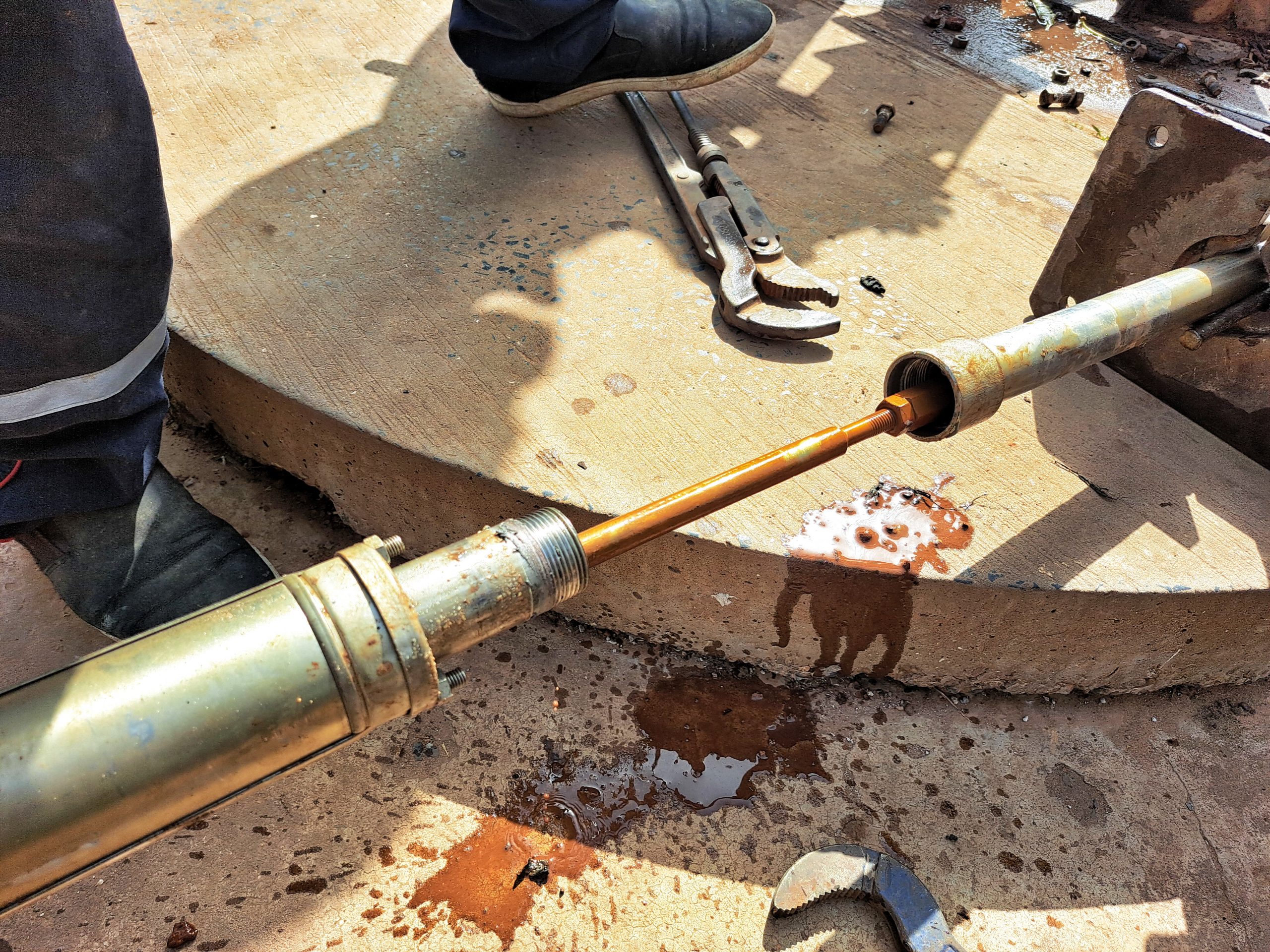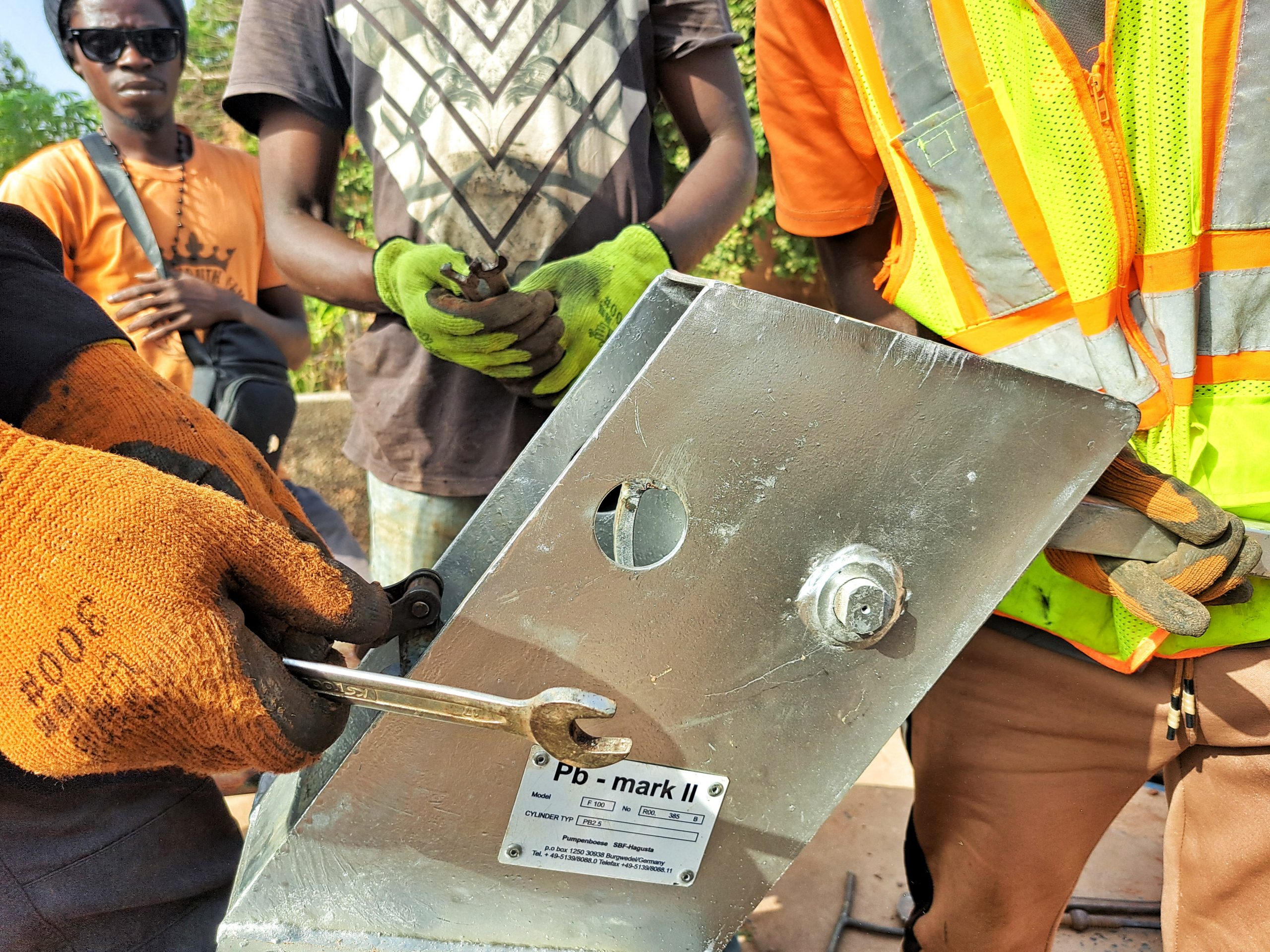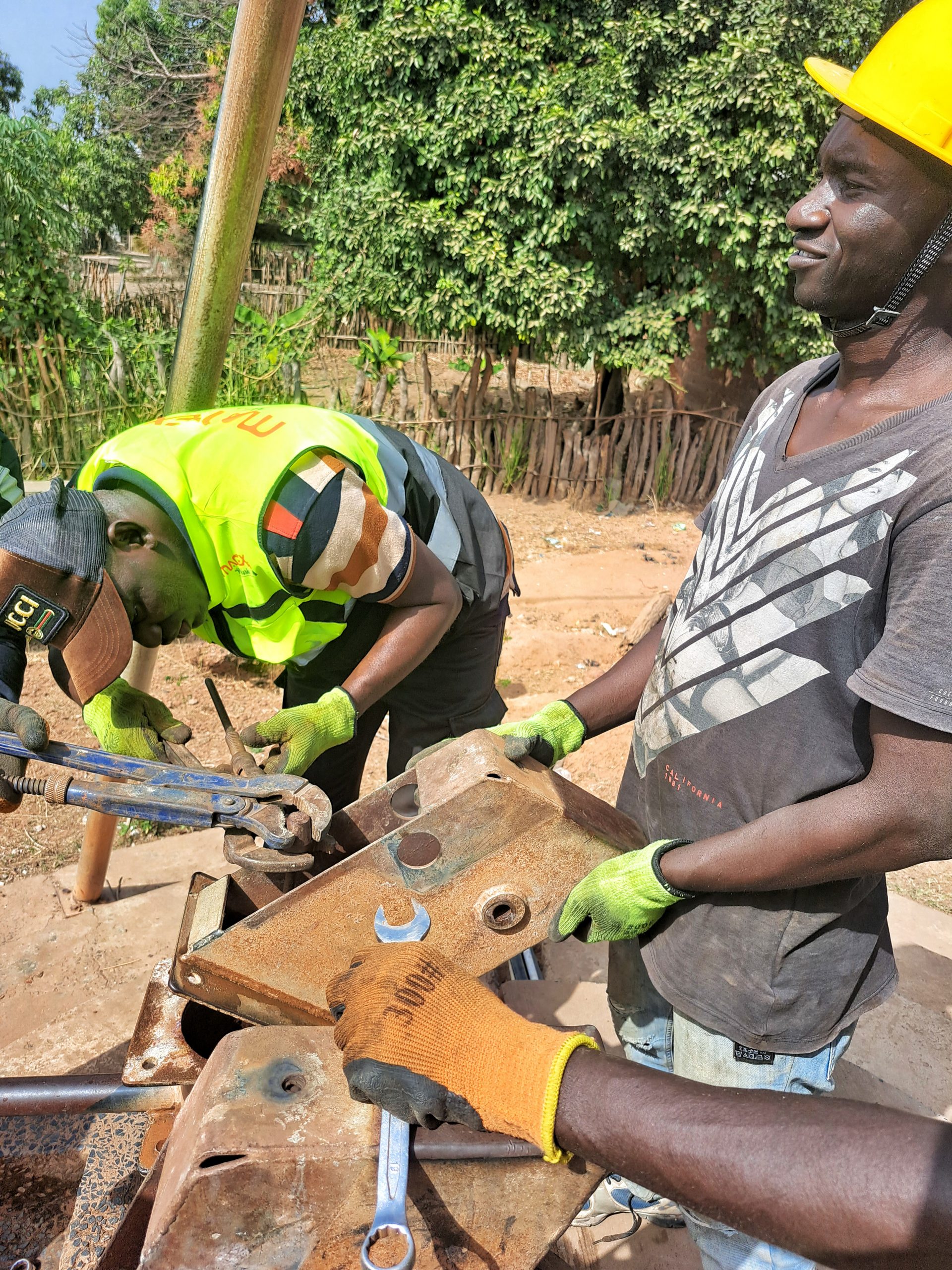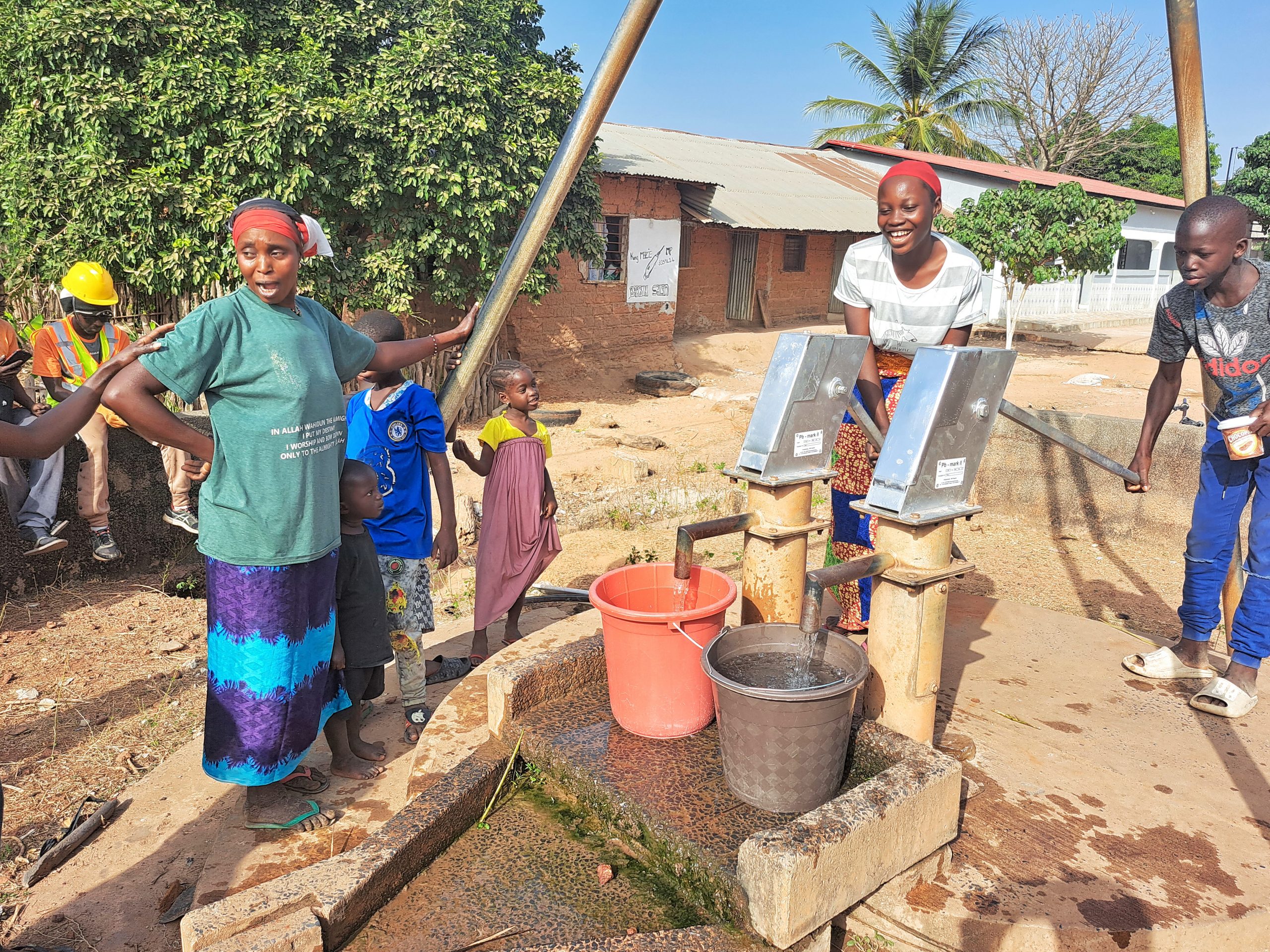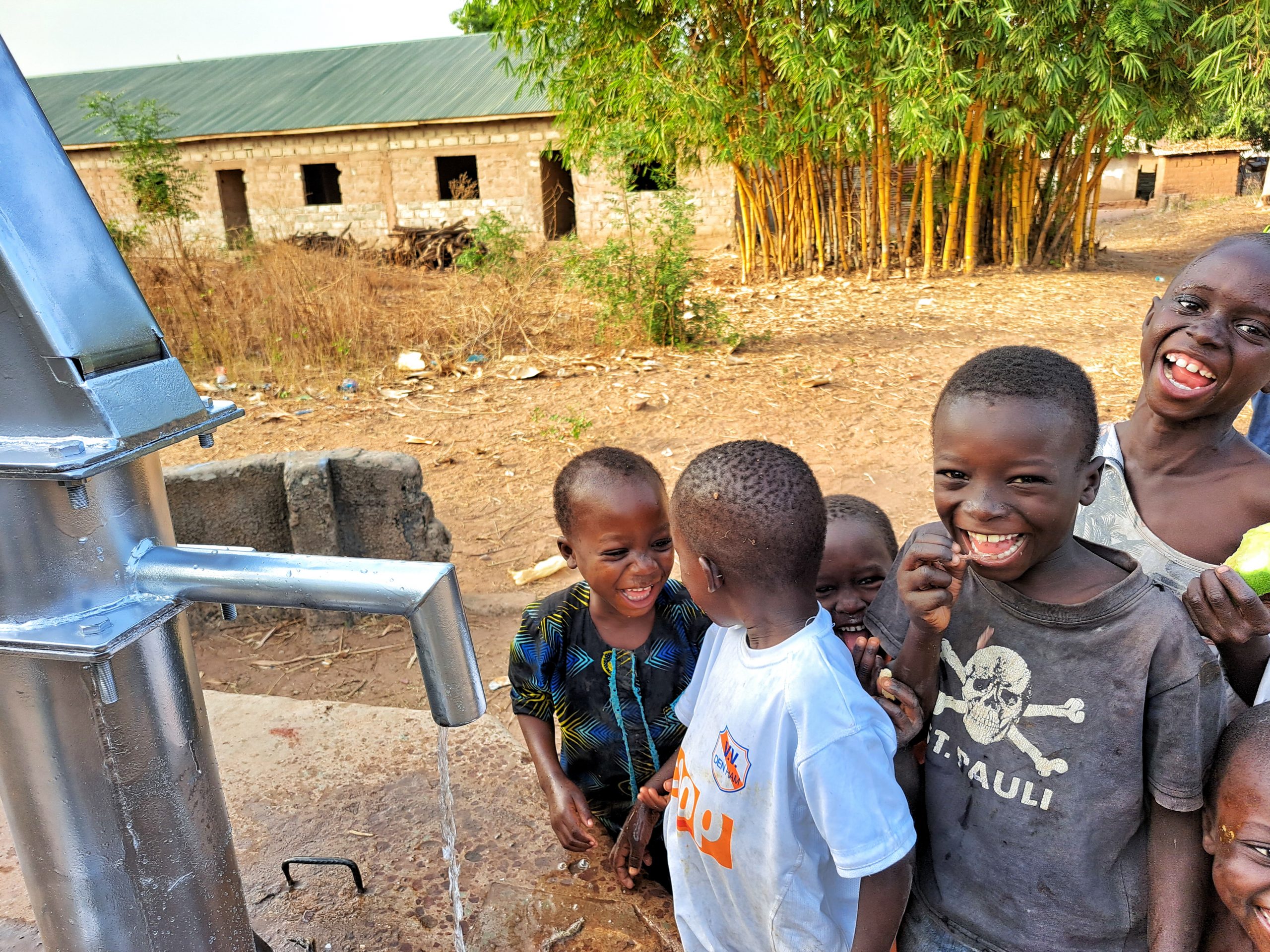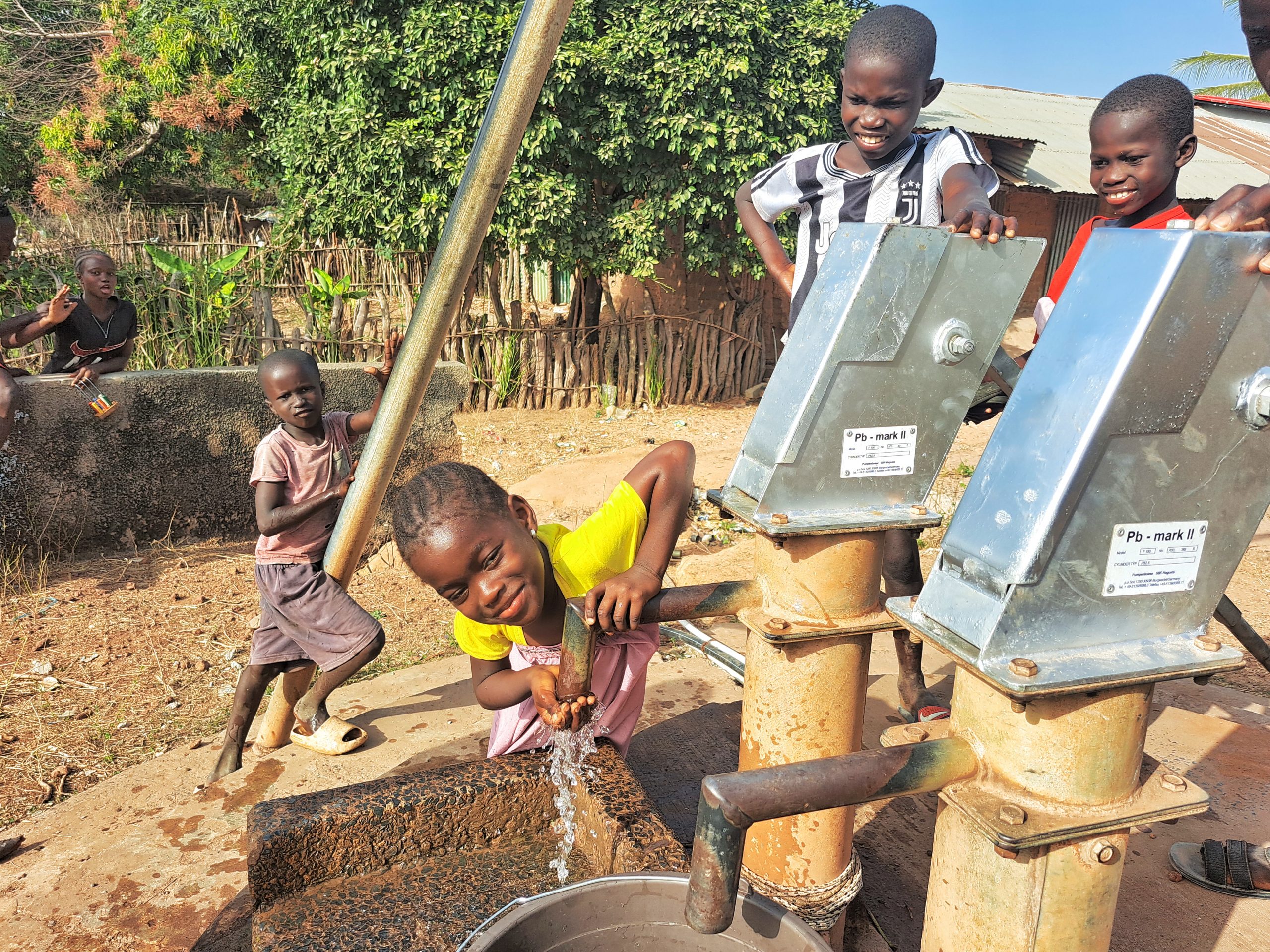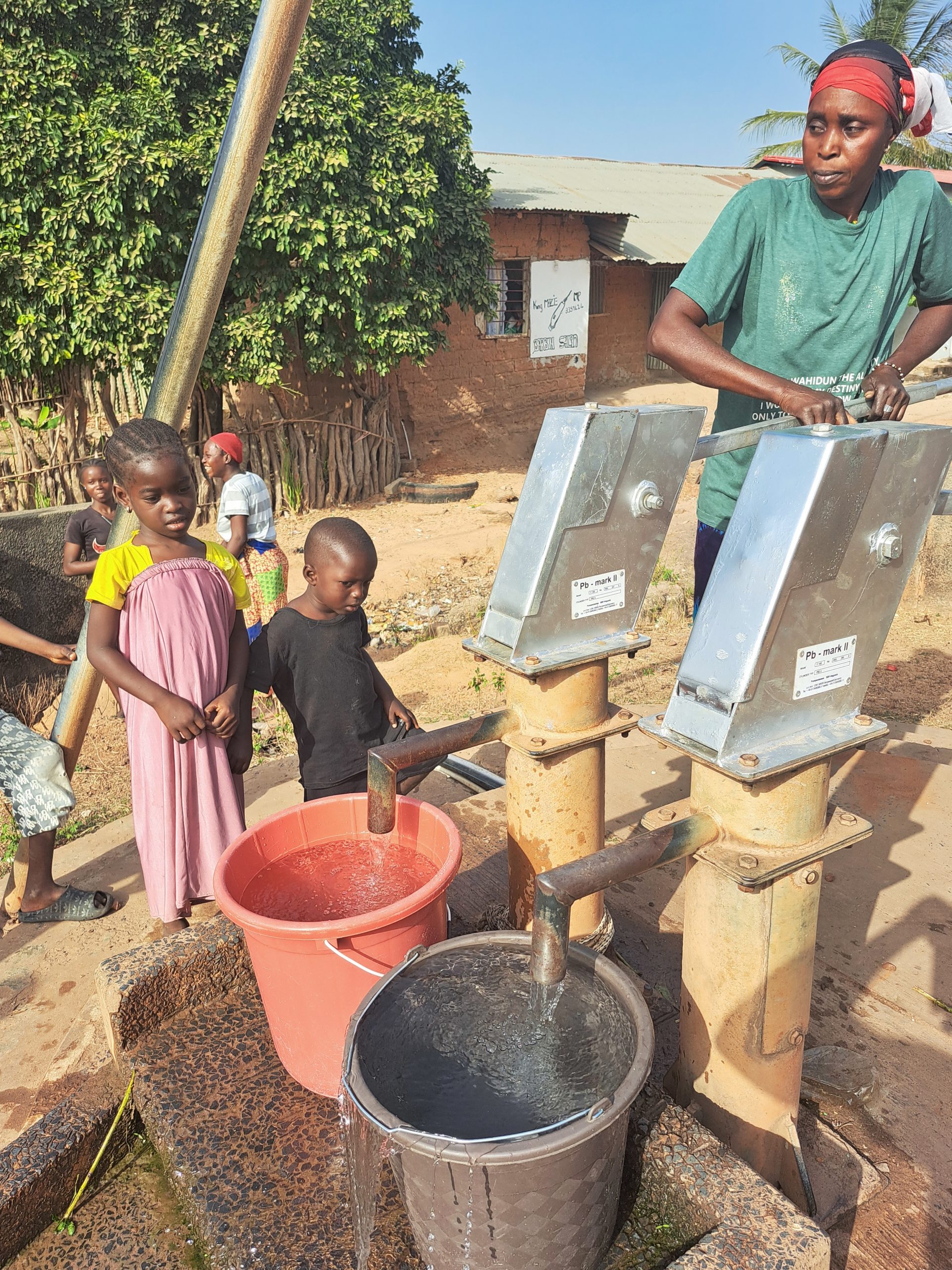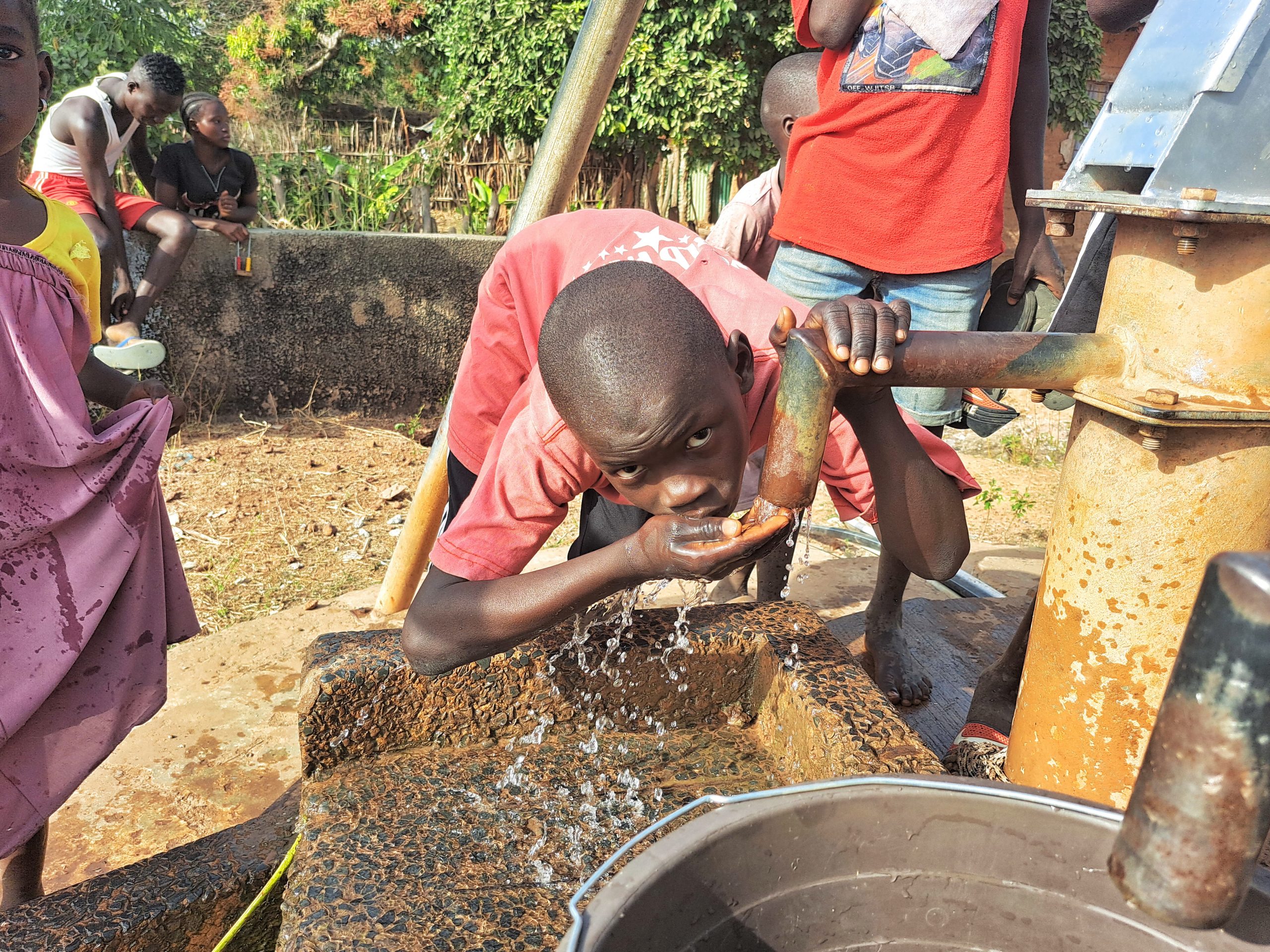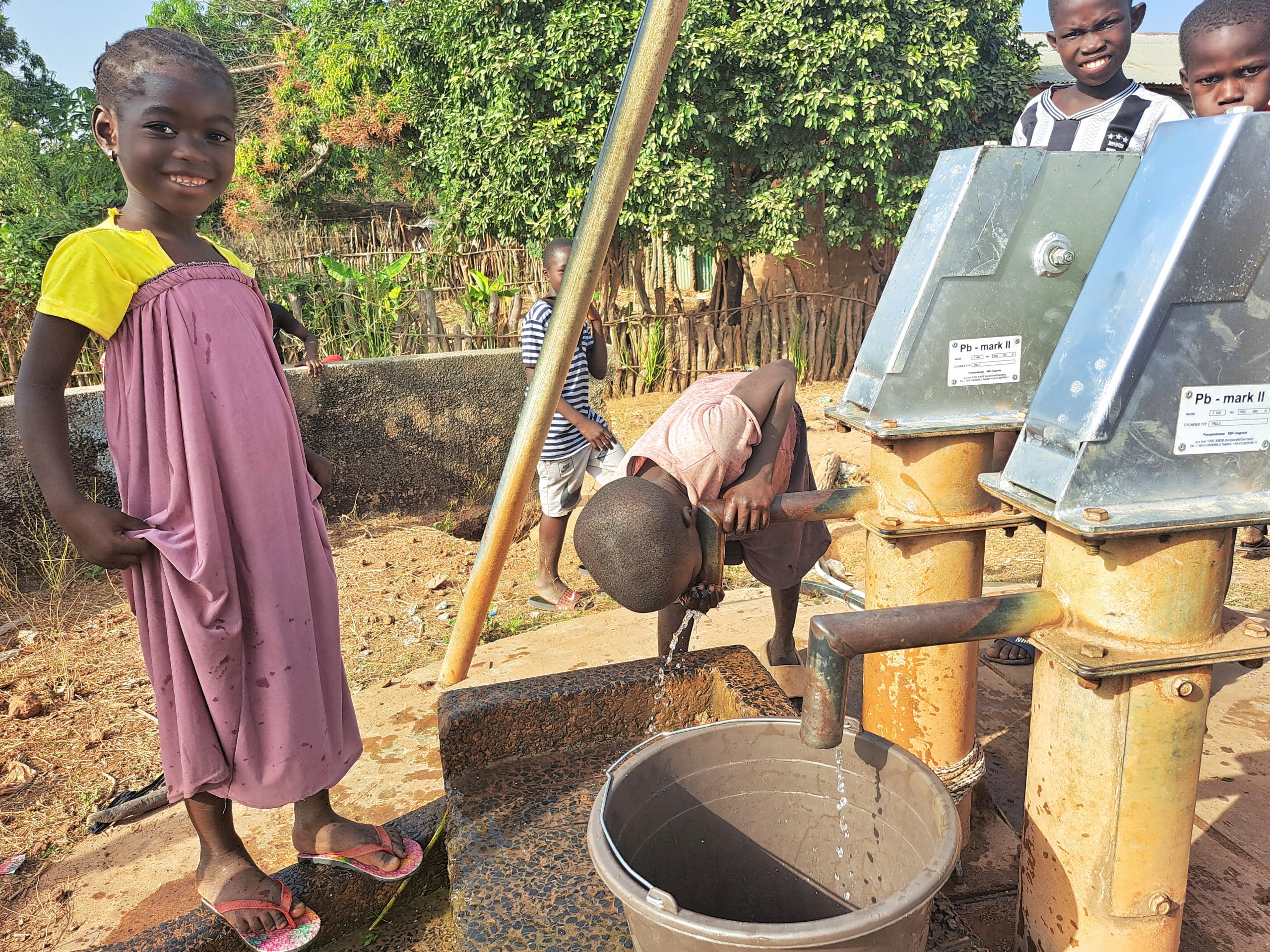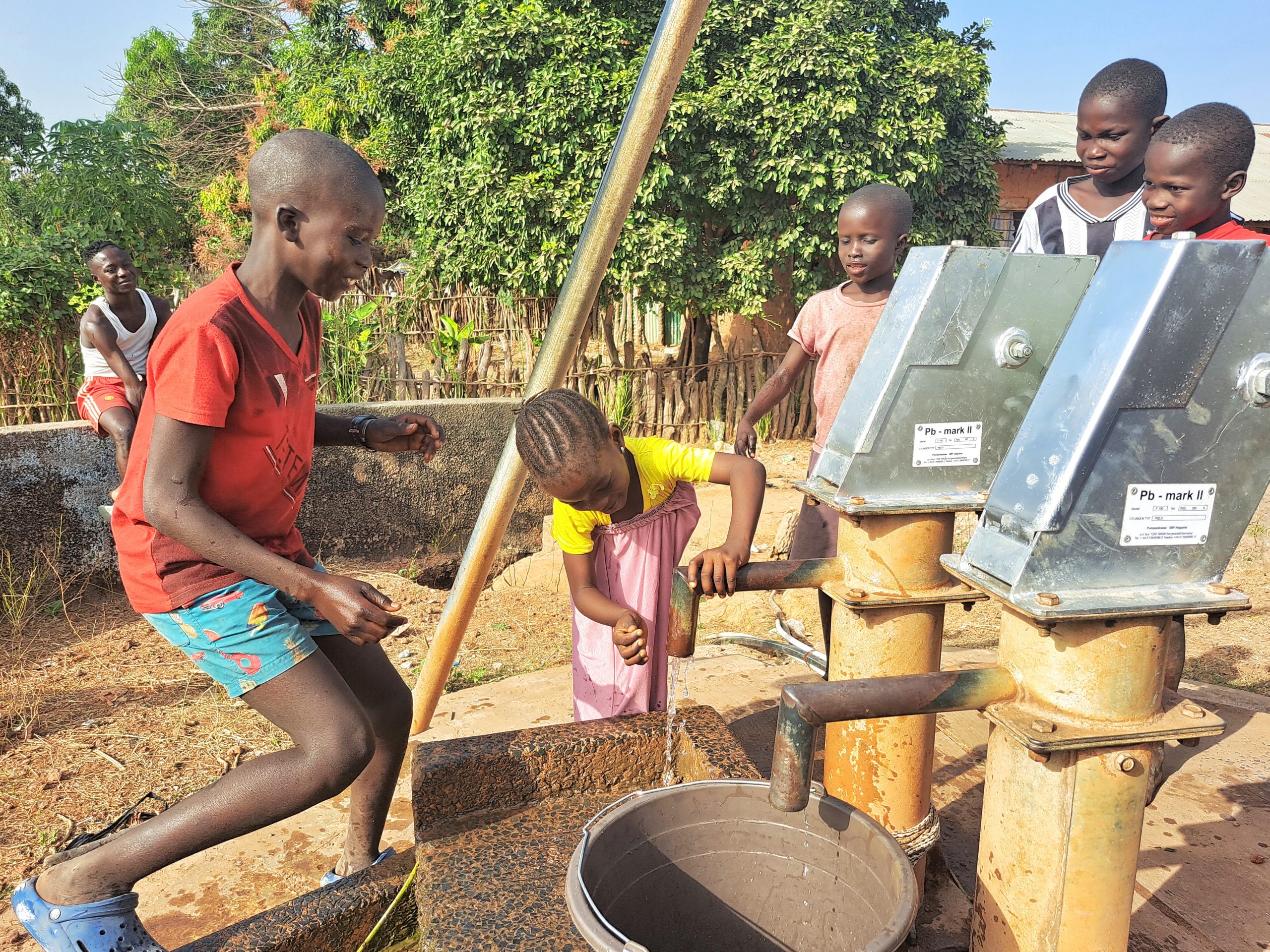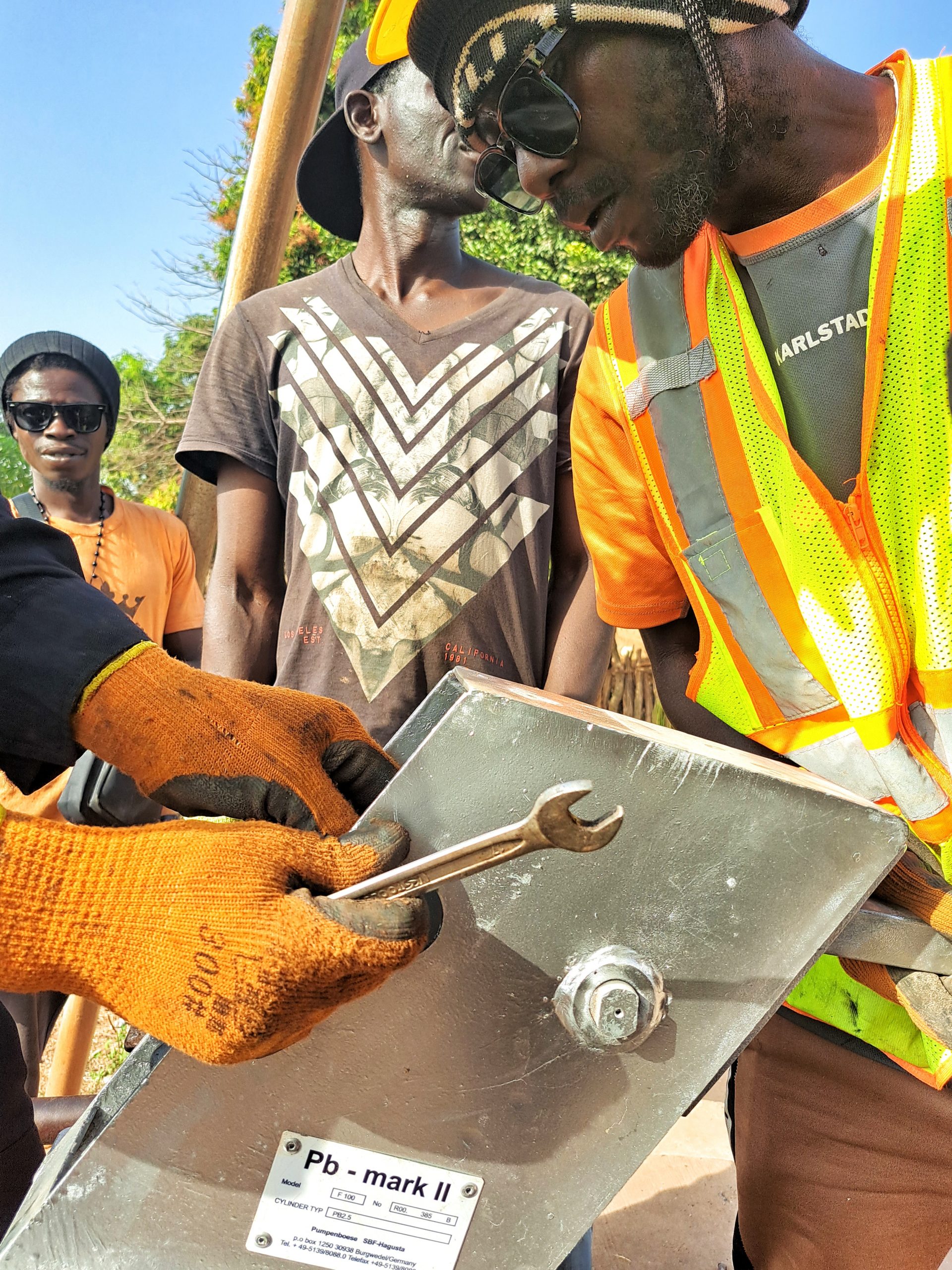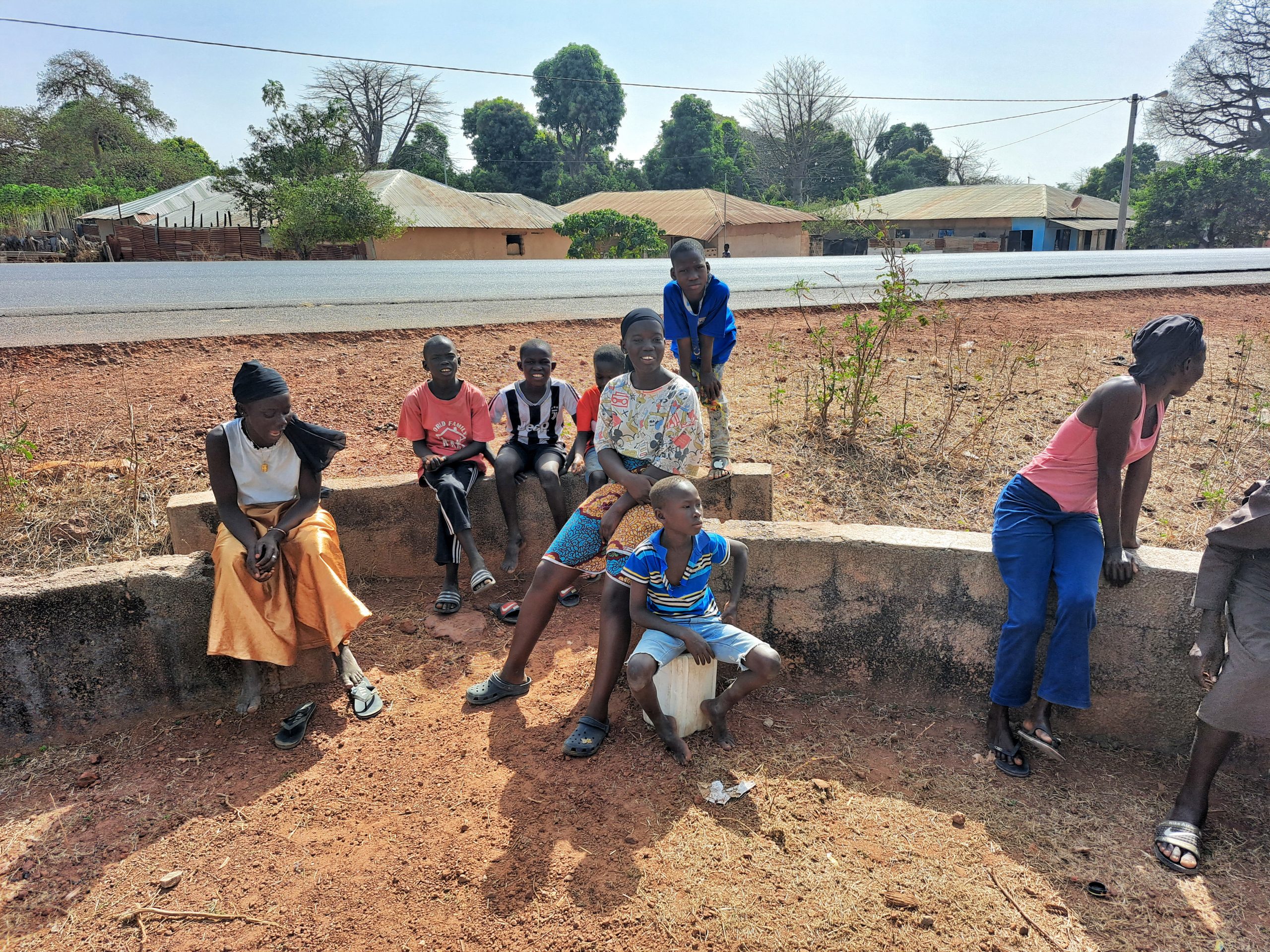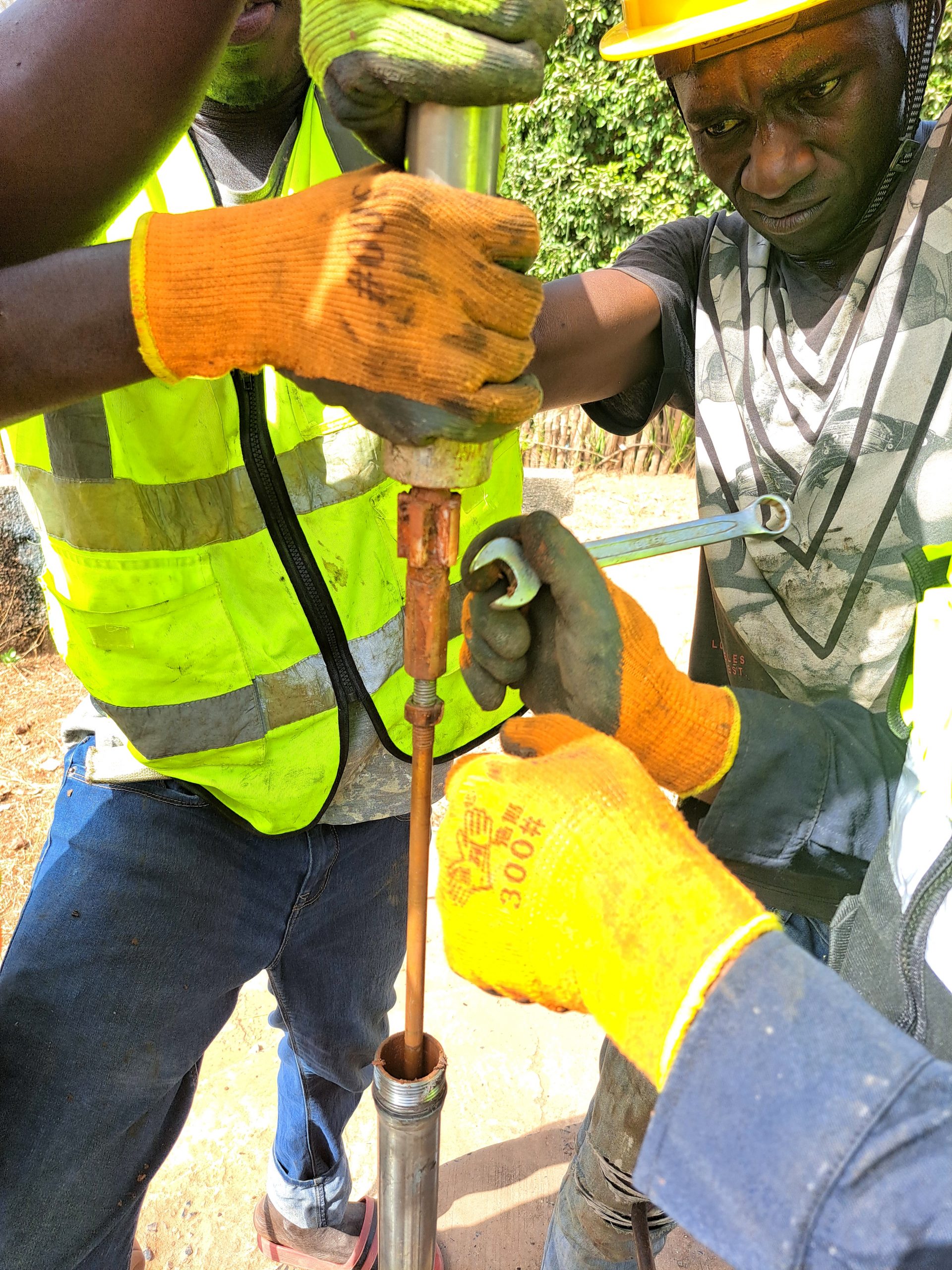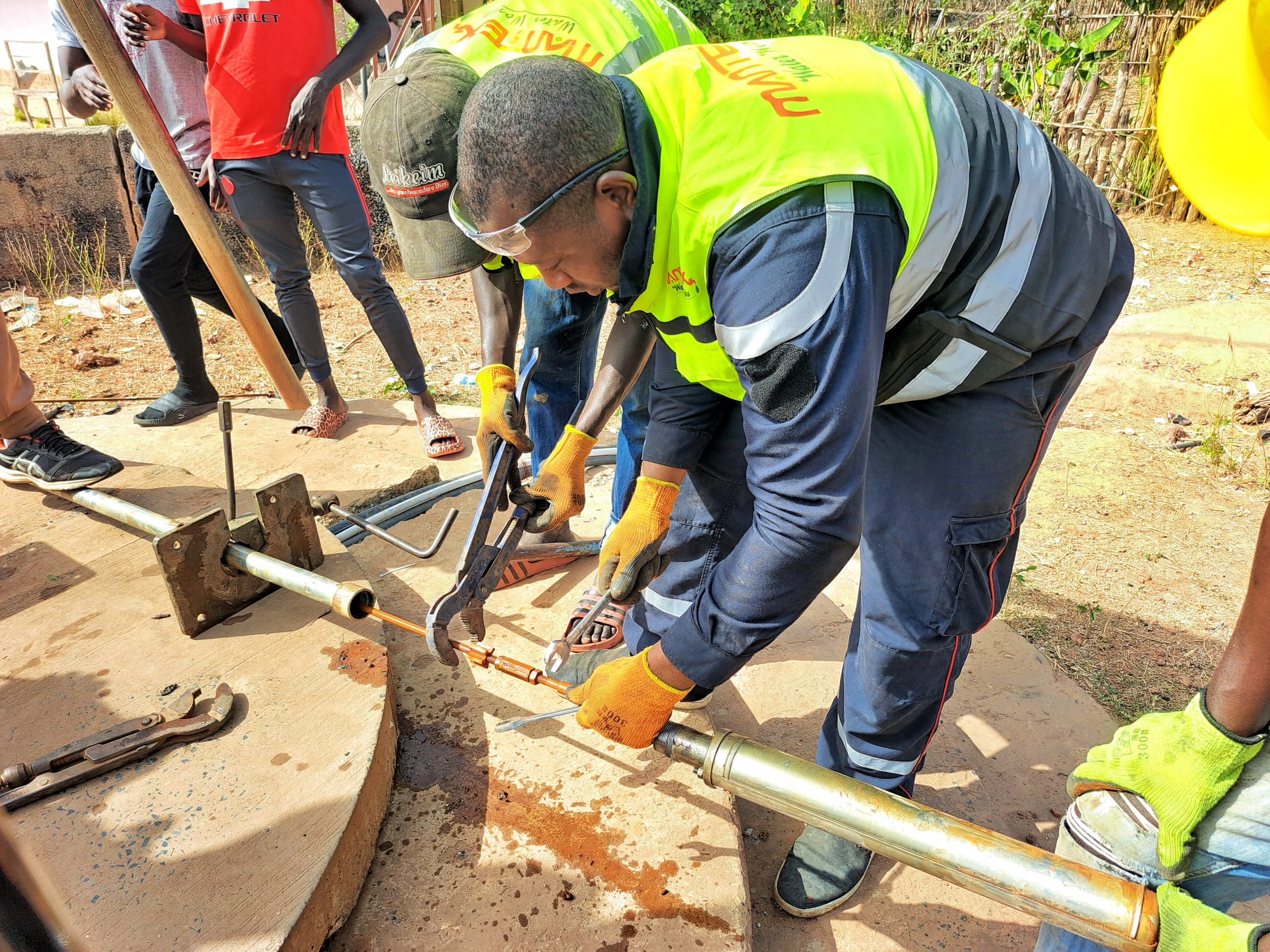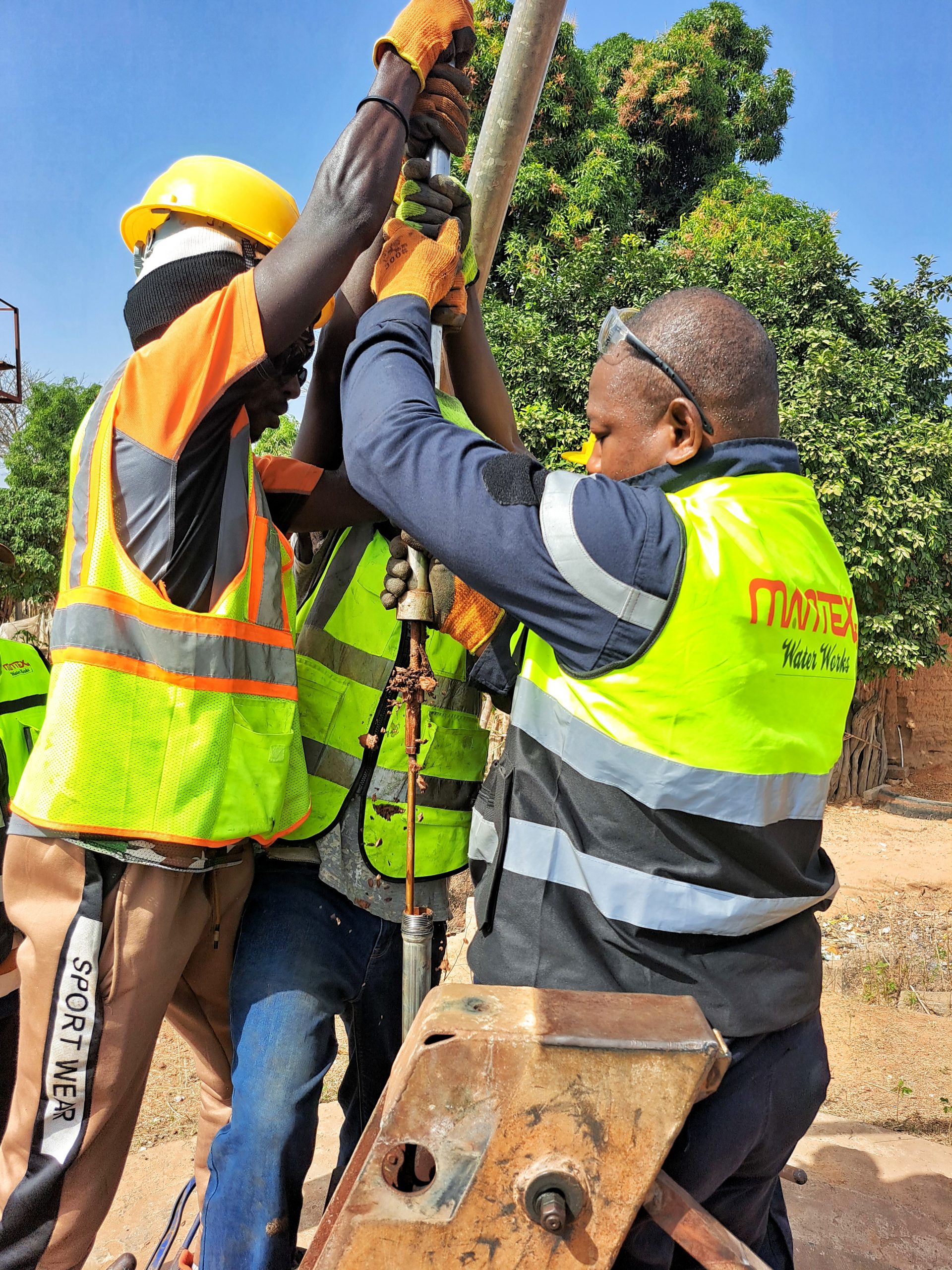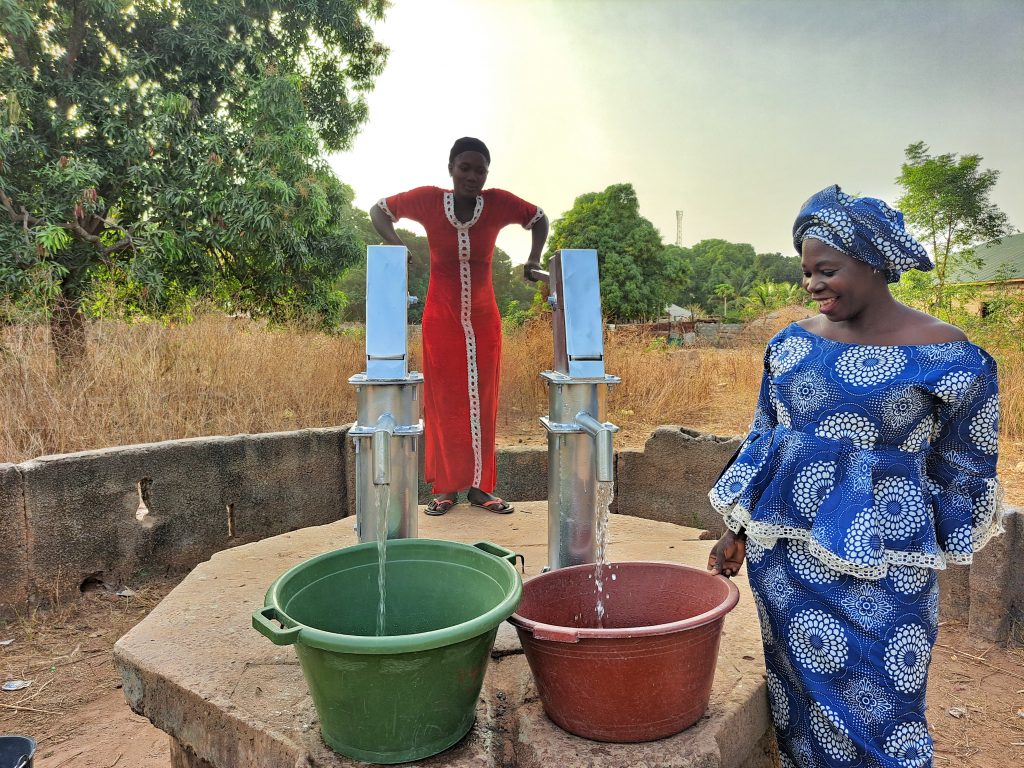
This project has been successfully completed thanks to Water Charity and its local partner Working Water The Gambia (WWG). This is part of a series of projects launched under the Water for Everyone Initiative. The project mission was to improve water access and sanitation conditions across 9 villages by rehabilitating handpumps, installing new ones where necessary, and providing hand washing stations to improve sanitation and hygiene in the communities of Bajana Village, Brefet Village, Bullock Village, Jagil Village, Jalokoto Village, Ndemban Japihuim Village, Ndemban Jola Village, Somita Village and Sutusinjang Village. Thanks to the collaborative support of the villagers in all these villages, the project was completed successfully. This project provides access to clean water and sanitation to over 10,000 people.
PROJECT ACTIVITIES
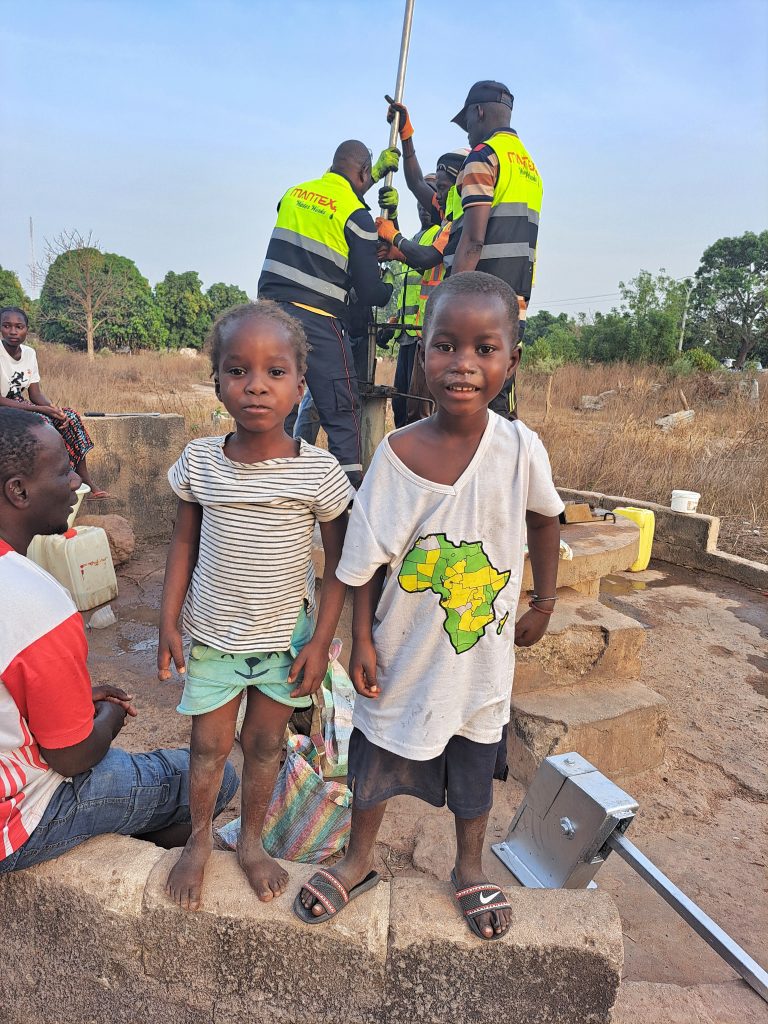
The project saw the successful dewatering, re-digging of wells, and installation of new German Mark 2 cylinders and conversion heads, stainless-steel pipes, rod couplings, check nuts, pedestals, axles and bearings. Concrete water troughs were built, new culverts for wells and concrete slabs. Handwashing stations were installed in all project intervention communities supplied with detergents. In partnership with The Gambia’s Department of Water Resources, quality testing, and treatment were also conducted at the end of each community project. In each community, learning sessions were held on effective handwashing techniques and simple water management strategies. Communities also participated in manual works like digging, collecting sand and gravel. They also hosted workers, which assured that all materials were secured.
OBJECTIVES OF THE PROJECT
The primary objective of this project is to provide clean drinking water and better sanitation for the people of the selected 9 villages in the Foni Brefet District. This has been successfully achieved at the completion of the project.
- The Foni region has long suffered from the lack of clean drinking water. The region has been hit hard with the mass felling of trees and frequent bushfires. Also, the conflict between Senegalese forces and separatist rebels in the southern Senegalese region of Cassamance has made things worse for the region of Foni as it shares a long border with Cassamance. Mass movement of refugees from the recent clashes has worsened the water crisis for communities hosting the refugees. One of the objectives of the project is to ease the pressure of the lack of clean drinking water in communities, as well as provide sanitation.
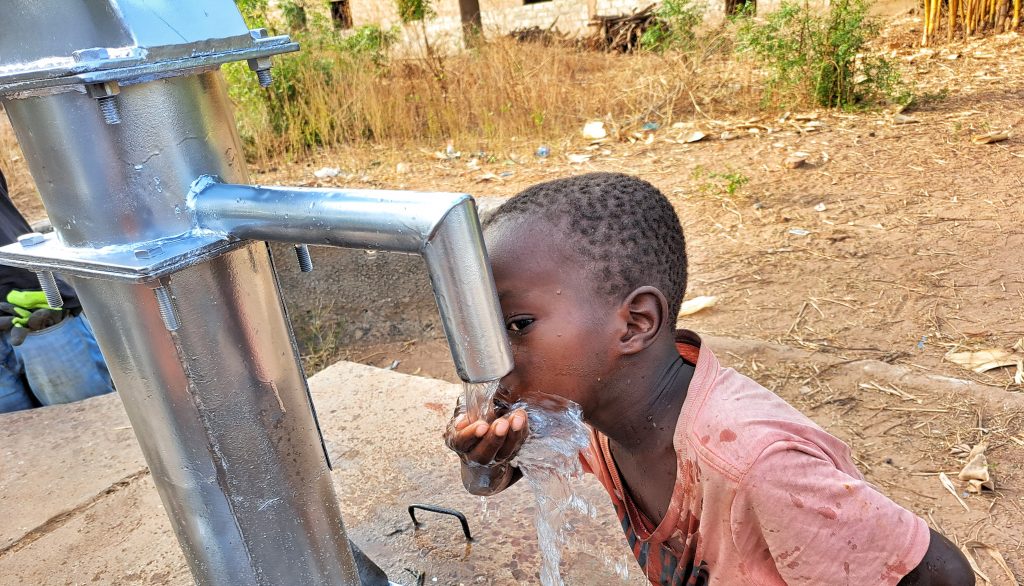
- One of the objectives of this project is to provide clean drinking water for marginalized vulnerable communities. Foni has a lot of isolated villages that feel abandoned and forgotten. This project has made them feel heard, socially included, and a part of humanity.
- The project also empowers women and girls. We all know the burden women and girls bear in water collection. Statistics has shown that Foni is one of the lowest female enrolment rates in school. This clean water project will empower girls participation in school. The time spent on water collection is far shorter now for school-going girls.
- Another important objective of this project is to inculcate the habit of hand washing in communities. At each of the rehabilitated water sources in each community, a hand washing station is provided with detergents and also a learning session on the techniques of effective hand washing. Members of the community gather in the village square for the learning sessions. This is a tool to combat the spread of germs and other communicable diseases that could spread within communities especially after using the toilets. It also aids nursing mothers as well as children to understand the importance of hygiene and sanitation. Participation in the learning sessions was high. Community engagement was immense and enthusiastic.
- In the Fonis, open defecation is not as big a concern as it is in the central regions of the country. Nonetheless, another key objective of these water projects is to facilitate round-the-clock household access to water. This will steer people away from going outside to defecate. The availability of water in the households is a catalyst towards the cessation of open defecation.
- Another objective of these projects is to encourage women’s engagement in household-level horticulture gardening. Every rehabilitated water source includes a concrete watering trough. The water trough traps wastewater from the hand pump and can be used by nearby houses for small-scale household horticulture vegetable gardening. This avoids the wastage of water and allows households to grow vegetables and enables their livestock to drink. This helps provide the households with a balanced diet and thereby alleviates the extreme poverty communities’ face, especially in the dry season.
- Another key objective of this project is to cut down the high rate of water-related illnesses in the recipient communities. Children often face the brunt when it comes to waterborne diseases. Certain households are drained of all resources when a family is struck with waterborne diseases. These water projects will lessen the burden on communities and money that would otherwise be spent on doctors or medicine can be used for food or for girls’ education instead.
- Setting up and training village water management committees was another objective of the project. We set up and trained water management committees in all the project communities. They help in the day-to-day management and maintenance of the water source. This will help make the project sustainable. As best practice, we ensure the committee is gender-balanced and that women have a say in the maintenance and management of the water source. Traditional women communicators known as ‘’Kanyeleng’’ are also involved in the sensitization of communities for better water management.
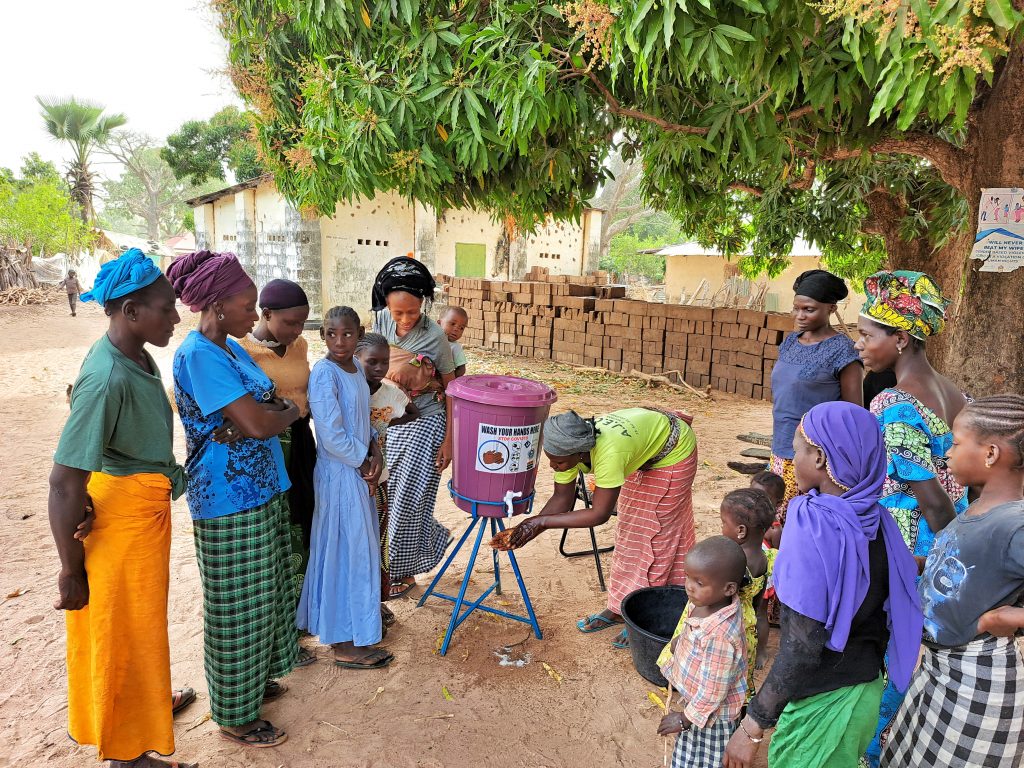
BENEFICIARY TESTIMONIAL
The excitement and happiness is overwhelming in all the communities. Heads of villages of the respective 9 villages all expressed their sincere thanks for the project and happiness, highlighting the positive impact that these clean water projects have in their lives. Burama Saidy, the local councilor of the district, heaped praises on and thanks to Water Charity. He also mentioned the social and economic importance of the water projects, as well as the tremendous importance of clean drinking water for the communities, especially in relation to the provision of education and the increased well-being. He also mentioned the importance and timeliness of the project given communities have experienced an influx of refugees from the Cassamance crisis.
Mrs. Jainaba Ceesay, the head of the cultural women group called the “Kanyeleng’’ in Somita Ward also gave her thanks for the district water projects, saying this will give girls more time for their educations as the hours spent on searching for water would be utilized at school and study. Other community leaders of the beneficiary villages expressed their thanks and gratitude for the clean water projects. They emphasized the importance of these water projects, saying it will promote greater understanding and goodwill among the various tribes within the community. The traditional Chief ruler of the district Junkung Camara says the power of clean drinking water unifies tribes and clans. This project will solidify brotherliness and more understanding among ourselves, he said. He also urged village water committee members to wholeheartedly strive to take good care of the water sources. I used to wake up as early as 4 AM, says Musukebba Jarju, a resident of Jalokoto Village. “Now I can have a peace of mind because this project has provided easily accessed to clean water for me and my family. I am the happiest woman on earth’’, she said…
Thanks to the donors for making this project a success.
To see related media, scroll down & Click on the links below:
BAJANA ViLLAGE
BREFET VILLAGE
BULLOCK VILLAGE
To see related videos, Click Here.
JAGIL VILLAGE
JALOKOTO VILLAGE
NDEMBAN JAPIHUIM VILLAGE
To see related videos, Click Here.
NDEMBAN JOLA VILLAGE
To see related videos, Click Here.
SOMITA VILLAGE
Sutusinjang Village
To see project-related related videos, Click Here.
This project has been finished. To read about the beginning of the project, CLICK HERE.
